Financial institutions and suppliers of vital infrastructure are facing increasing pressure to strengthen their cyber resilience in the face of growing cyberattacks. In the European Union, where the Digital Operational Resilience Act (DORA) has become a cornerstone of financial cybersecurity, the regulatory landscape is also becoming more stringent. The use of Threat-led Penetration Testing (TLPT) is arguably the most crucial component of achieving and maintaining DORA compliance. Today, Qualysec Technologies will explain Threat-led Penetration Testing (TLPT), its importance in the current cyber era, and how it is central to DORA compliance. We will also go over how companies can strategically use TLPT to improve security posture and meet regulatory requirements.
What is Threat-led Penetration Testing?
Threat-led Penetration Testing is a type of thorough security testing that replicates tactics, techniques, and procedures (TTP) of cyber adversaries. Unlike regular penetration testing, which often follows a checklist or scope, Threat-led Penetration Testing is based on intelligence and tailored to the threat universe and risk profile of the organization. The goal of Threat-led Penetration Testing is to imitate an authentic cyberattack so your organization can evaluate the detection, response, and recovery capabilities of an advanced persistent threat (APT). In truth, Threat-led Penetration Testing is not only a technical exercise but a test of your organization’s resilience. This type of testing can also be known as:
- Red Team Testing
- Adversary Simulation
- Intelligence-led Penetration Testing
- CBEST, TIBER-EU, or iCAST (depending on location and regulator)
The Importance of Threat-led Penetration Testing in Cybersecurity
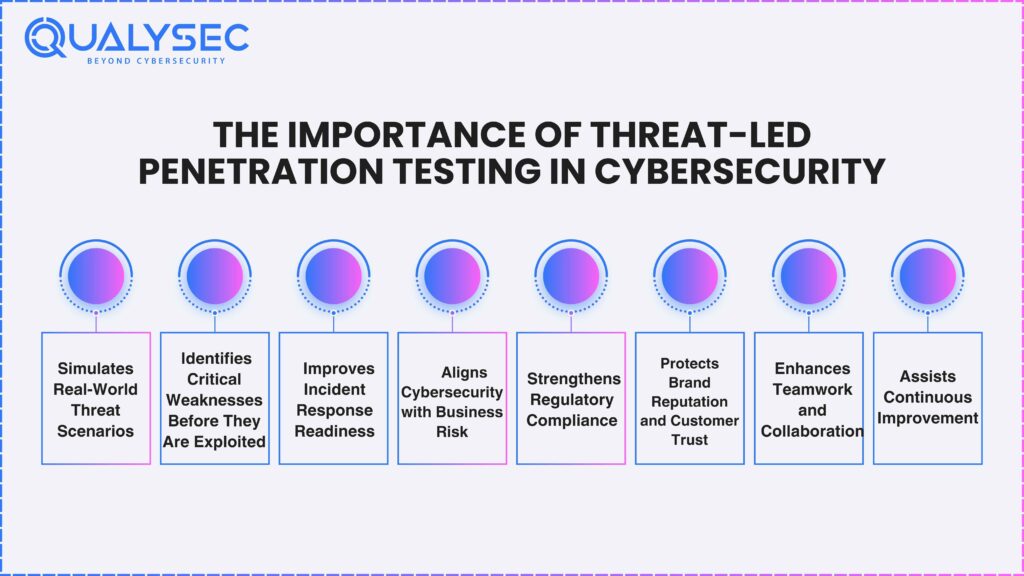
In a world with rapidly evolving digital threats, organizations are now faced with a continuum of threats to their security that is becoming more complex. In response to this growing problem, traditional security assessments have become ineffective against advanced, persistent threats. Threat-led penetration testing has undoubtedly become another key part of the solution. Here are the three reasons why it is important in cybersecurity programs –
Simulates Real-World Threat Scenarios
- Where generic types of testing just reflect a snapshot in time of general vulnerability, cyber security penetration testing simulates real-world gaps exposed by actual threat actors.
- Through testing, we observe what an advanced attacker’s tactics look like in their testing methodology, including that of nation-state actors, cybercriminals, hacktivists, and anyone challenging the boundaries of refinement through creativity.
- Threat-led penetration testing will help an organization feel better equipped to understand how resilient its cybersecurity systems are against tailored cyberattacks.
Identifies Critical Weaknesses Before They Are Exploited
- A threat-led penetration test will uncover vulnerabilities overlooked by traditional scanning and compliance.
- Instead of only detecting vulnerabilities, security teams gain insight into the most probable attacker’s route to the systems. This prioritizes mitigation efforts of findings based on the greatest risk to real-world impact.
Improves Incident Response Readiness
- Organizations test their detection of vulnerabilities, but with threat-led penetration tests, they also test what happens after the vulnerabilities are found. It is an added assessment of the level of effectiveness and speed of the team’s response.
- Organizations that invest in threat-led penetration testing will become sharper in testing different levels of gap detection. They will positively triangulate response efforts to actual breaches with greater speed and confidence.
Aligns Cybersecurity with Business Risk
- Threat-led testing targets resources necessary for the success of the business.
- It also makes sure that security strategies are appropriate to the risk and threat landscape of the organizations being assessed.
- This risk-led approach means security investments are more effective and measurable against a risk and threat profile.
Strengthens Regulatory Compliance
- Threat-led penetration testing can also assist the organization in demonstrating compliance with frameworks such as DORA, GDPR, NIS2, and others.
- Regulators now want to see resilience and proactivity with threat identification, rather than strict compliance-based approaches, which only respond to attacks. It shows auditors and other stakeholders that you are serious about being cyber resilient.
Protects Brand Reputation and Customer Trust
- It safeguards against unwanted incidents that can damage the reputation of the company and have a real financial cost to the organization in terms of reputation and market share.
- In a world where trust continues to be an important tenet of competitive differentiation, threat-led testing will provide a layer of protection.
Enhances Teamwork and Collaboration
- It is worth remembering that threat-led exercises involve the security team along with any staff from IT, Legal, Compliance, and Executives. The approach reduces boundaries and helps generate a culture of responsibility for security collectively, rather than alone.
- It breaks down silos and creates an imperative to think about security proactively as an organization rather than individualized perspectives.
Assists Continuous Improvement
- The outputs from threat-led testing provide ongoing data points for strengthening and reinforcing defenses over time.
- Threat-led testing can assist in developing an organization’s long-term strategies towards resilient architecture, rather than just seeing security as a one-time band-aid solution.
- The organization’s security posture depends on threat intelligence and feedback from the testing itself, across time.
Latest Penetration Testing Report

Threat-led Penetration Testing Frameworks within DORA
Organizations preparing for DORA compliance are expected to adopt these frameworks or align their TLPT with these frameworks. DORA doesn’t set up a new TLPT framework from scratch. Instead, it draws on the existing frameworks, such as –
- CBEST (UK) – This framework has been established by the Bank of England and represents a combination of threat intelligence and continuous penetration testing for testing the resilience of financial services.
- TIBER-EU (EU-Wide) – Threat Intelligence-based Ethical Red Teaming (TIBER-EU) is a well-known TLPT framework in the EU and a de facto framework for TLPT under DORA.
- iCAST (Asia) – Developed by the Hong Kong Monetary Authority, it is representative of TLPT principles for Asia and is similar in scope to TIBER-EU and CBEST.
Key Phases of Threat-led Penetration Testing
Threat-led Penetration Testing is conducted effective methodology, statistically aligned with capture, basic agreements, and accountable frameworks like TIBER-EU (Threat Intelligence – Based Ethical Red Teaming) or CBEST, and every part of the methodology is methodically structured to test a real cyberattack scenario. Hence, it is a reflection of an organization’s known and unknown security posture.
Scoping & Planning
- Defines the goals, boundaries, and regulatory agreement for the test.
- Defines the systems, people and processes (known as the “critical functions”) that will be tested.
- All key stakeholders are aligned, including the legal and compliance teams.
- Defines how broadly and deeply we are going to take the pen test.
Threat Intelligence Gathering
- Identify the real-world cyber threats against that organization using threat intelligence.
- Profile the likely adversary, including their tactics, techniques, and procedures (TTPs).
- Use the intelligence collected from OSINT, web, and closed sources.
- This step is extremely important as it allows the pen test to reflect a current threat landscape.
Developing Threat Scenarios
- Develop threat scenarios based on the intelligence gathered from the previous step.
- Simulate threat scenarios based on specific attack paths, realistic threat actors may take.
- Depending on the threat scenario, this could include social engineering, lateral movement, privilege escalation, and exfiltration of data.
- Ensure that all scenarios are approved and validated to ensure they are relevant and comply with set regulatory boundaries.
Red Team Engagement
- A red team simulates an attack without the knowledge of the organization, effectively mimicking a real attacker.
- Targets are systems, applications, networks, and humans where exploitable vulnerabilities may arise.
- In brief, a red team might conduct phishing, network security events, and attempts to bypass physical security.
- Typically, during an attack against an organization, the blue team (the defenders) will not know about the test so that genuine response capability can be gauged.
Detection & Response Review
- Will assess the organization’s ability to detect, respond to, and contain a simulated attack.
- Will examine monitoring capabilities, the incident response actions taken, and the communication flow during the attack.
- It will identify “gaps” in organizational visibility, response time to mitigate a threat, coordination, and decision-making during the threat.
Reporting & Remediation
The report will detail the information found on noting:
- Paths of attack
- Exploitable vulnerabilities
- Gap in the security posture
- Detection logs
- Timeline of events and actions taken.
The report will contain recommendations for remediation that identify actionable steps, based on criticality and business risk implications. The red team engagement should provide valuable information to enable an organization to strengthen its security posture, based on real test experiences.
Validation & re-testing
- Once reasonable remediation has occurred, the organization should follow up. This is important to check if the measures were effective and if previously exploited vulnerabilities have been successfully mitigated.
- The organization will be afforded an opportunity for continuous improvements and future preparedness.
TLPT vs Traditional Penetration Testing
| Feature | Traditional Pen Testing | Threat-led Penetration Testing |
|---|---|---|
| Scope | Predefined, general | Intelligence-led, adaptive |
| Method | Checklists, tools | Adversary simulation |
| Target | Technical vulnerabilities | End-to-end security posture |
| Frequency | Annual/Biannual | Risk-based, strategic |
| Compliance Fit | Generic standards | Regulatory-grade (e.g., DORA, TIBER-EU) |
How Qualysec Helps You Achieve TLPT and DORA Compliance
At Qualysec Technologies, we focus on assisting financial services and critical infrastructure organizations with Threat-led Penetration Testing (TLPT) that adheres to DORA and other global regulations. By working with Qualysec, not only do you become DORA compliant, but you also significantly improve your cybersecurity penetration testing readiness against real-world threats.
Our TLPT Services Include –
- Tailored intelligence-led assessments
- DORA/TIBER-EU, CBEST, iCAST alignment
- Thorough threat modeling
- Holistic red team engagements
- Documentation with executive and technical summaries
- Post-engagement support and remediation advice.
FAQs
1. What is the difference between threat-led and traditional penetration testing?
Standard penetration tests usually identify vulnerabilities within a fixed boundary. However, threat-led penetration tests are a legitimate emulation of an adversary-style attack in a definition of scope. It uses real threat intelligence that targets the people, processes and technology of a whole organization.
2. Is threat-led penetration testing mandatory under DORA?
Yes, DORA recommends or mandates TLPT for critical financial institutions for advanced resilience testing. Organizations must conduct TLPT regularly following frameworks such as TIBER-EU or CBEST.
3. How often should threat-led penetration tests be conducted?
The frequency for TLPT will depend on the organization’s risk profile and regulatory requirements. In general, high-impact or complex entities will be expected to conduct TLPT every 1-2 years with a substantial change to either their exploitation infrastructure or threat landscape, which may require a revision to risk profile and assessment.
4. Which frameworks are accepted under DORA for TLPT?
DORA licensing supports TLPT to engage to established frameworks such as TIBER-EU, CBEST or iCAST. TLPT with frameworks allows a standardized methodology for assessing against and being endorsed by regulators.
5. Are SMEs able to conduct threat-led penetration testing?
Yes, SMEs can conduct TLPT although it may be less comprehensive, however scaled testing for SMEs will reveal major flaws and help prepare them to think about compliance with regulations that are changing across the world.
6. How do Qualysec’s capabilities assist organizations in demonstrating DORA compliance?
Qualysec can provide end-to-end TLPT capabilities including, threat intelligence collection, red team engagement, report writing that complies with regulatory bodies, remedial action. Our TLPT methodology is consistent with all major frameworks as supported by DORA.
Talk to our Cybersecurity Expert to discuss your specific needs and how we can help your business.
Conclusion
It is clear that threat-led penetration testing is a strategic pillar towards achieving DORA compliance and increasing cyber resilience across the financial sector, and it is more than just a technical necessity. This kind of testing allows organizations to take a proactive approach in discovering, addressing, and reducing vulnerabilities through real-world threat scenarios. It will help with regulatory compliance and continuity of operations. Incorporating Threat-led Penetration Testing into your cybersecurity posture is essential, especially now with DORA promoting benchmarks for digital operational resilience in the EU. By implementing this now, organizations will help ensure they will be prepare for evolving cyberthreats, build stakeholder confidence, and guarantee uninterrupted financial services – contact Qualysec Technologies today!





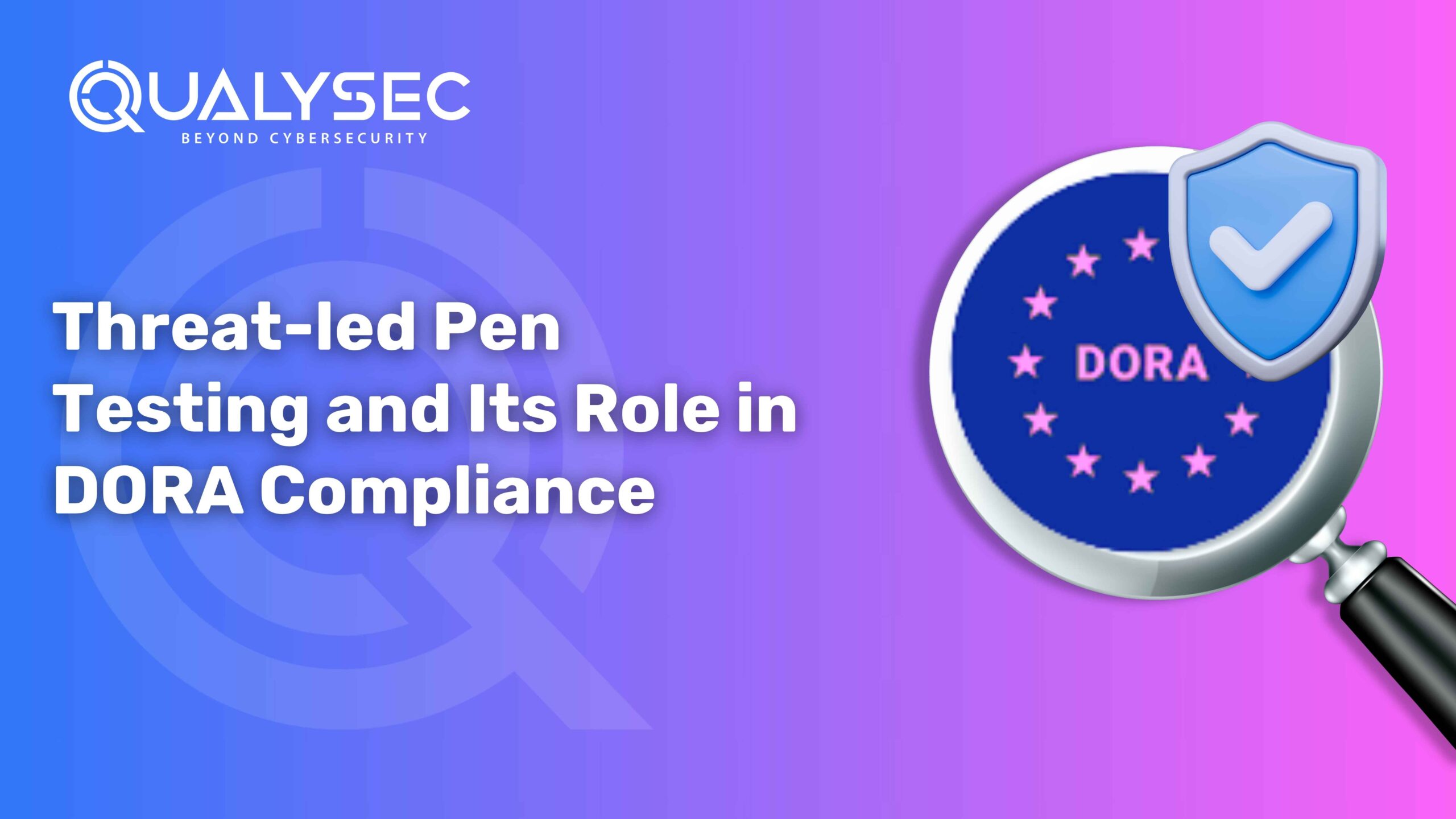









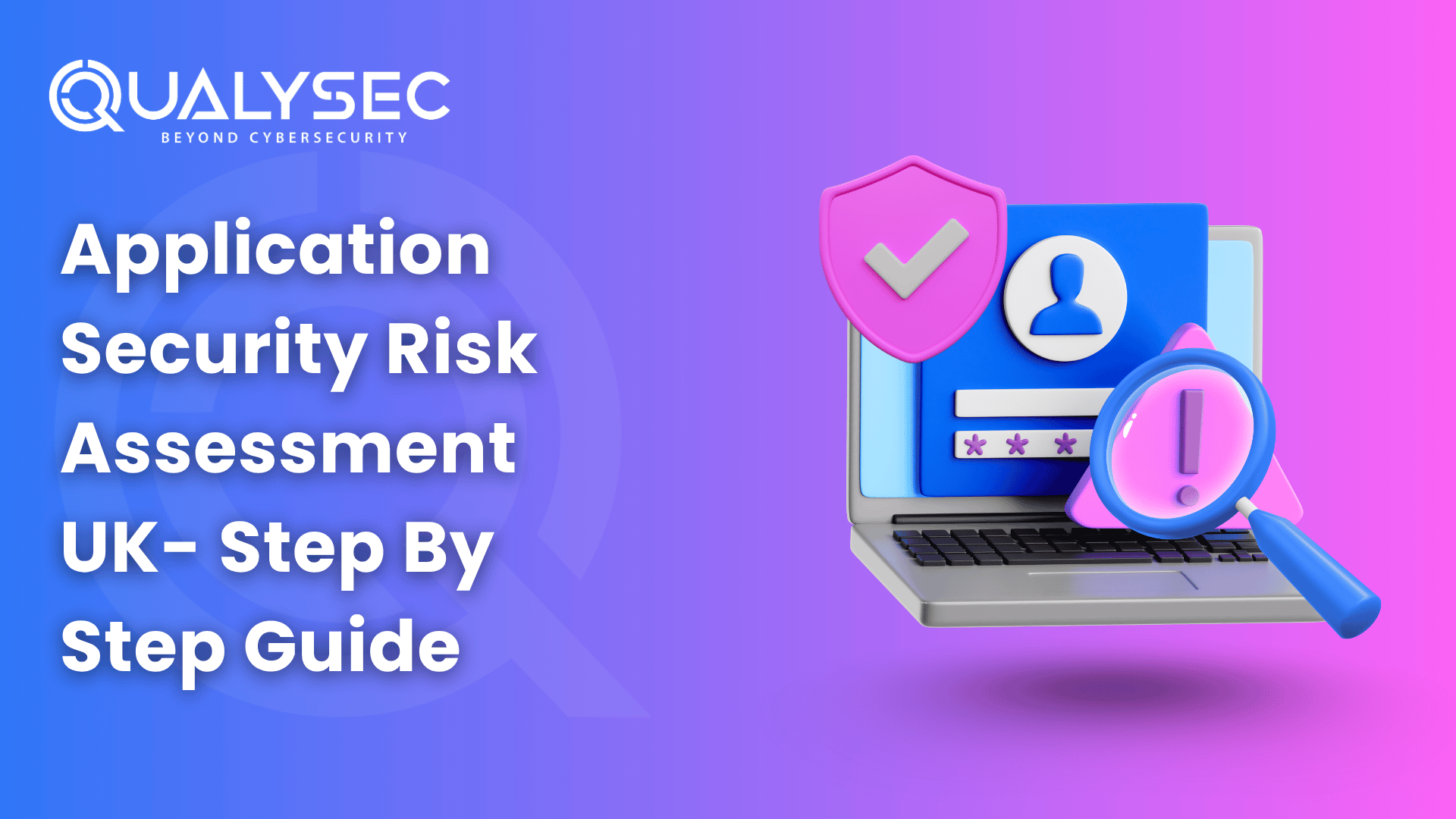




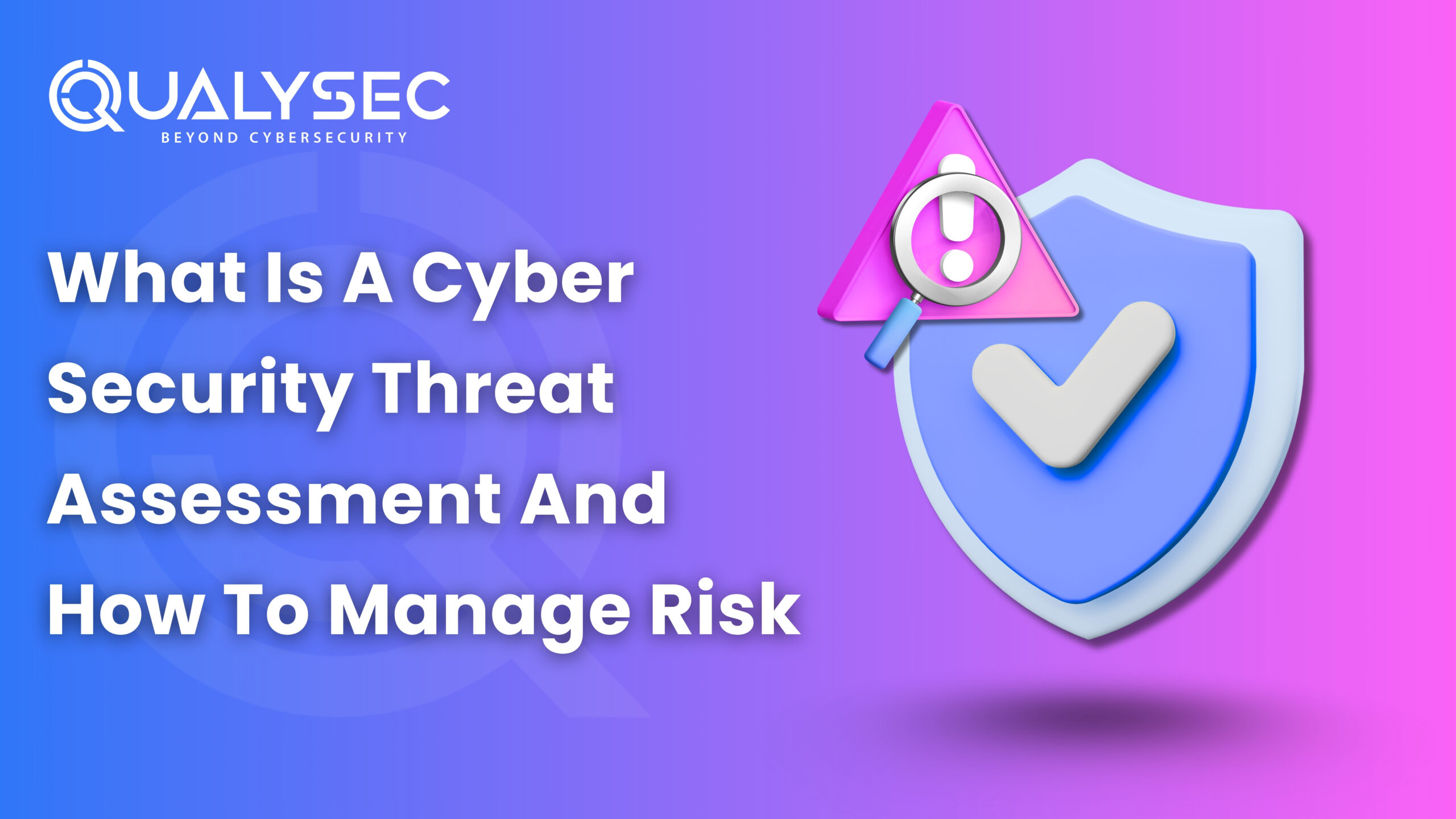








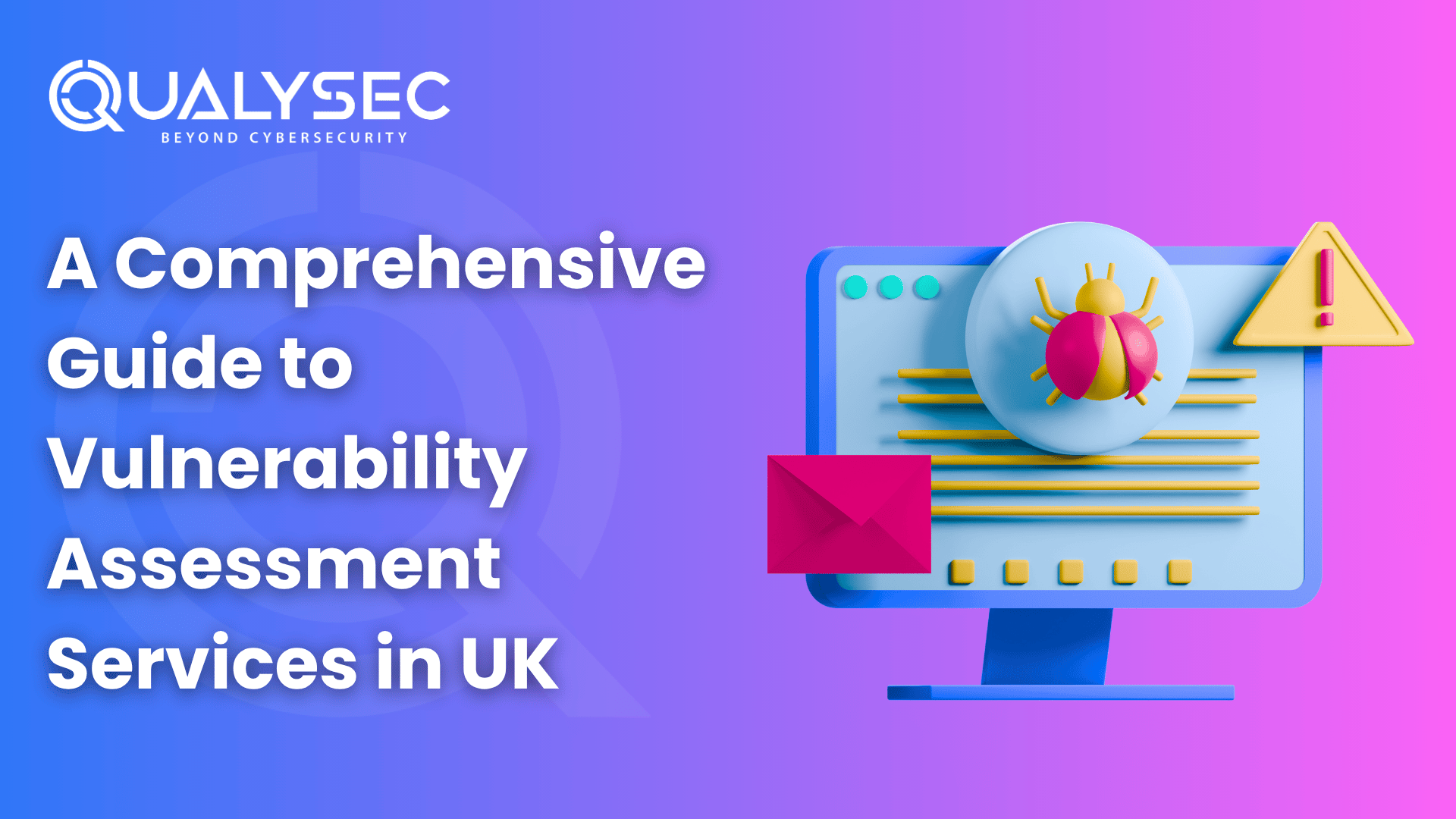
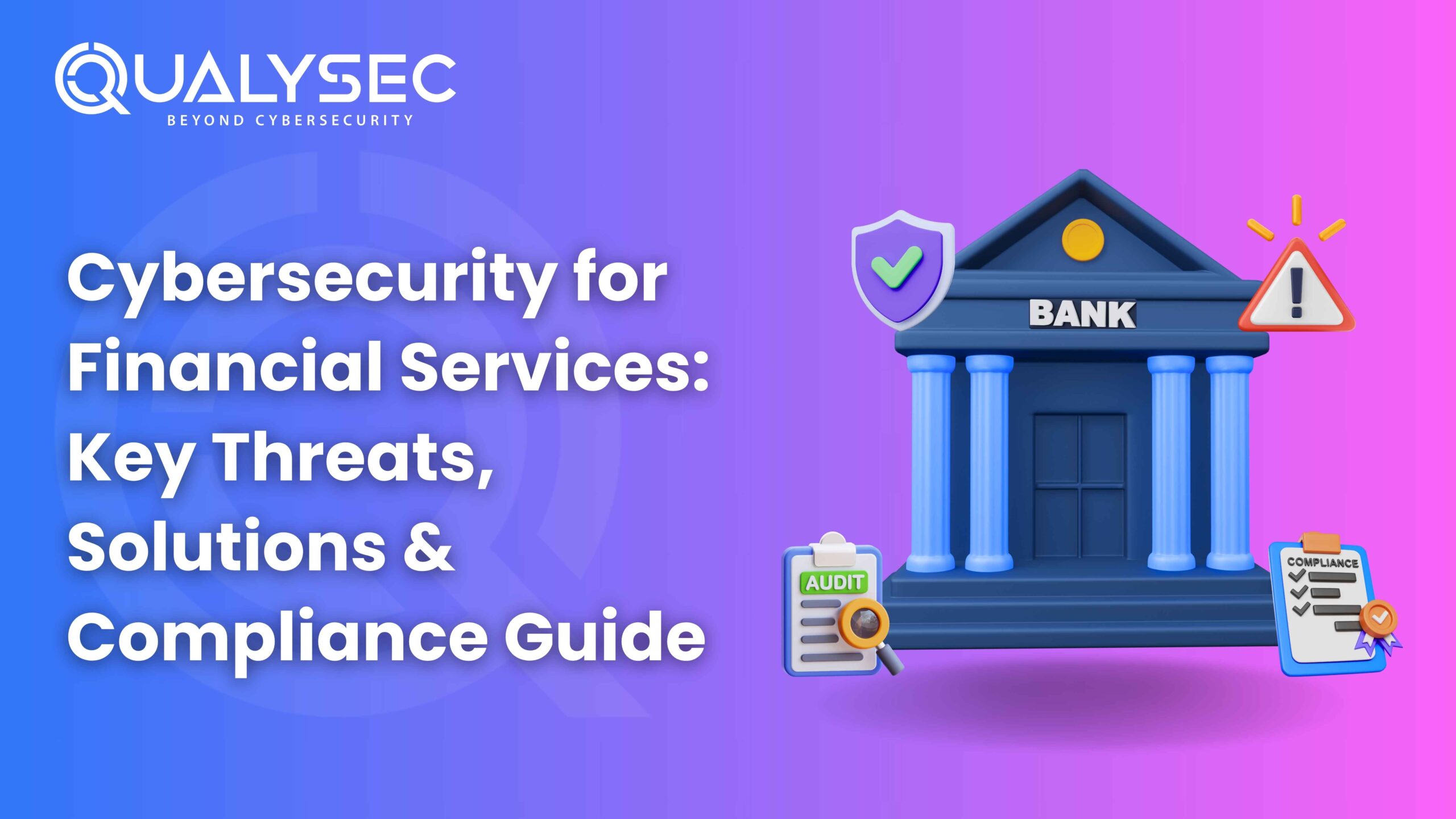
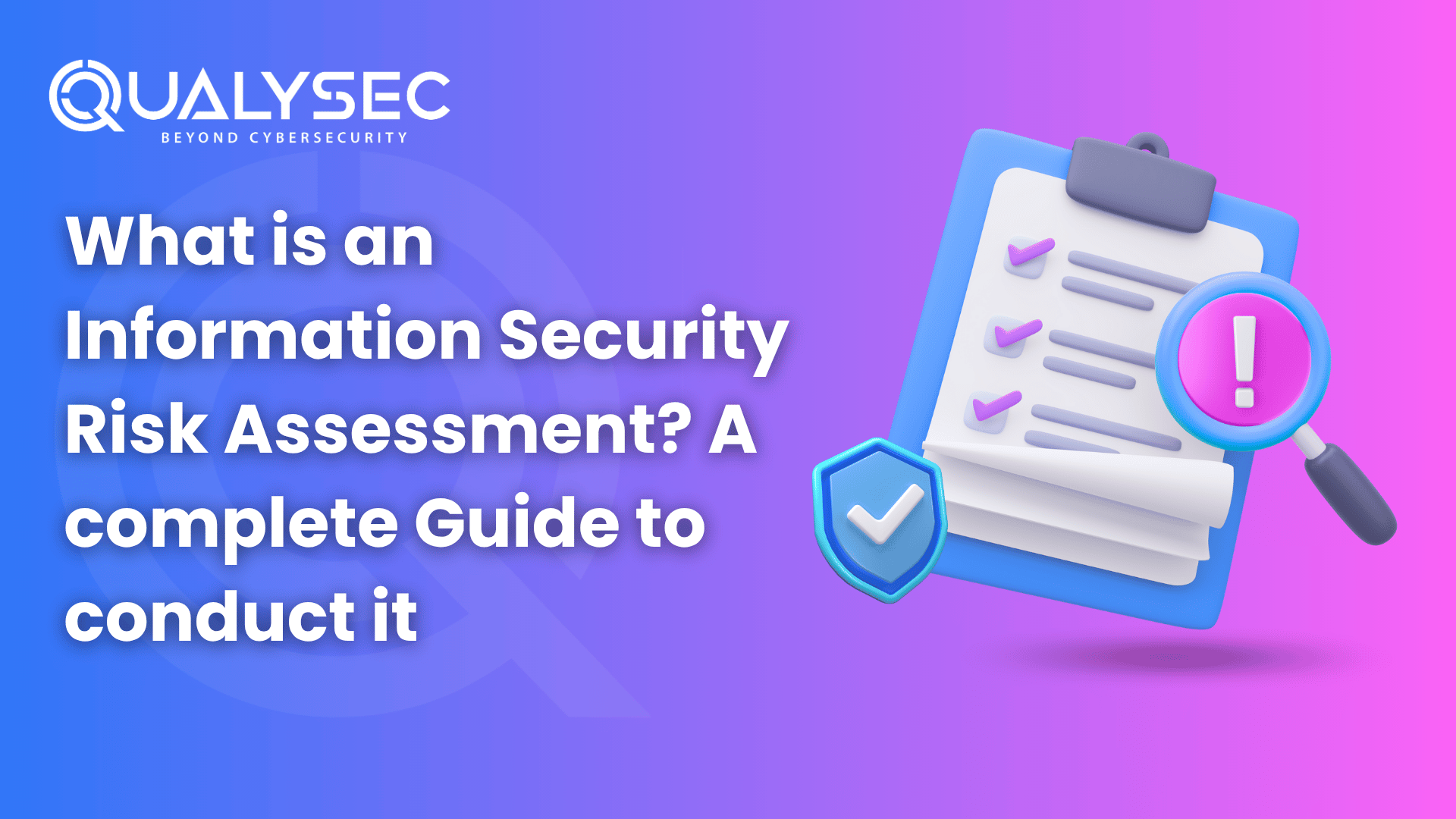

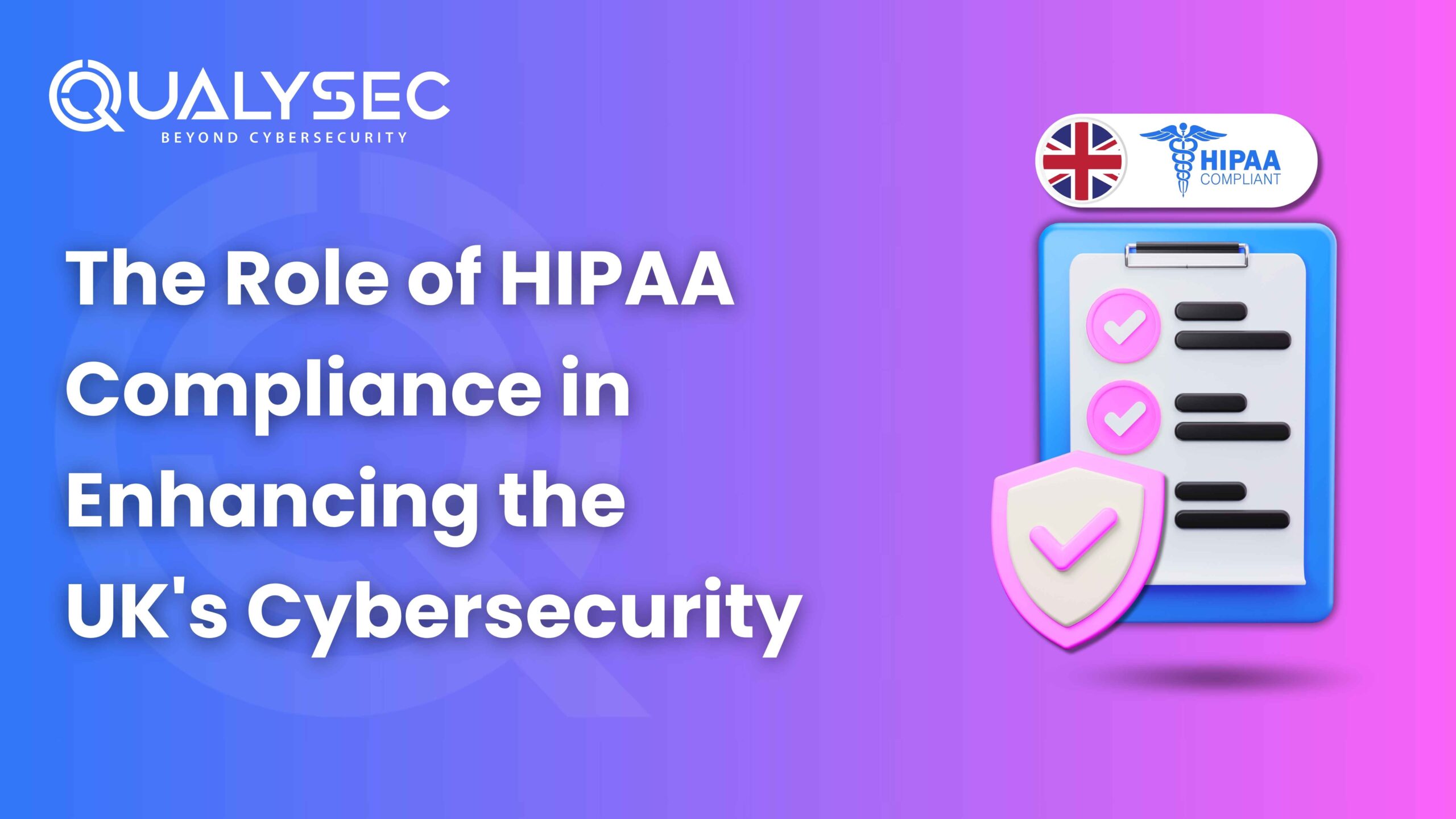



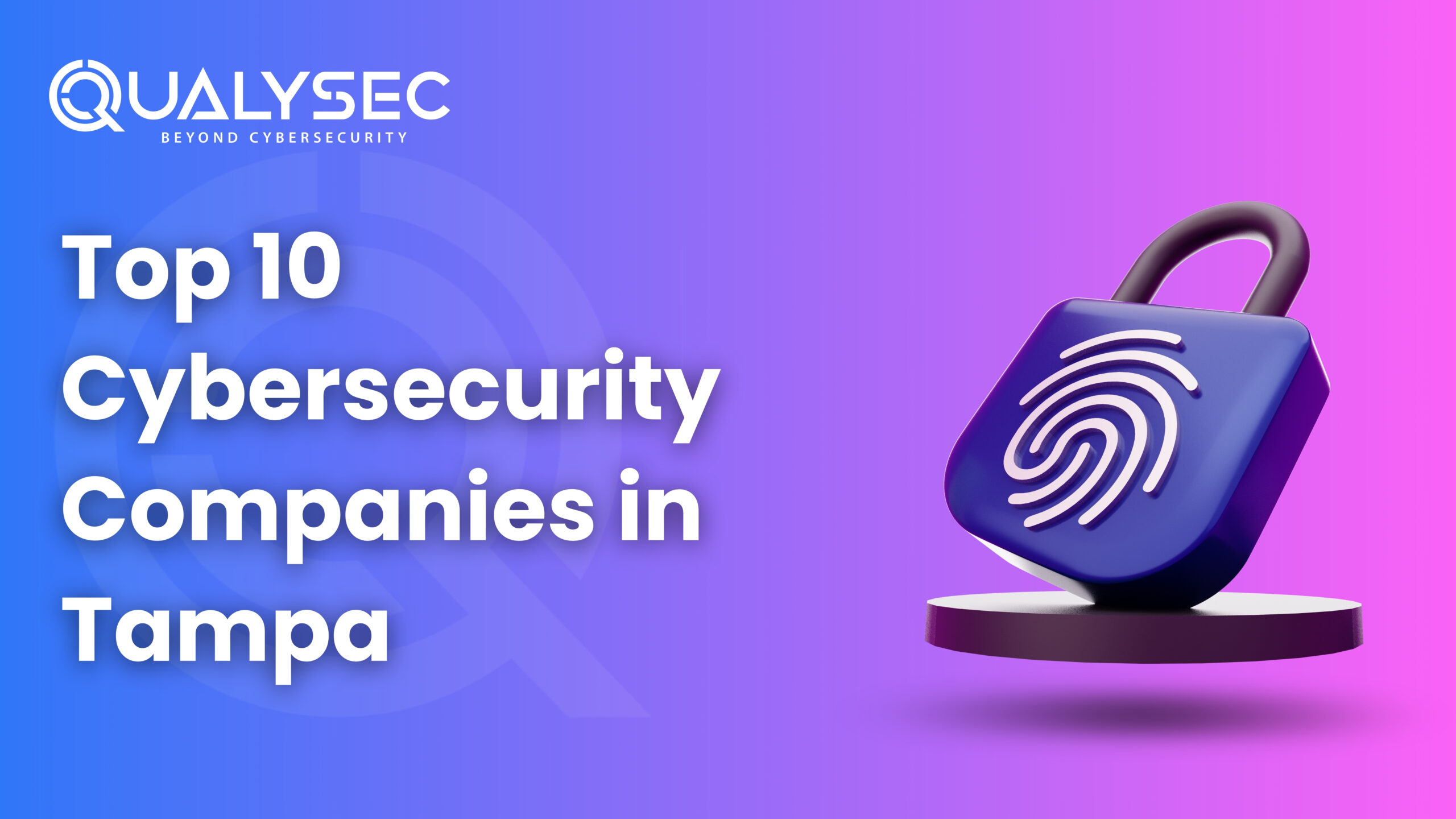


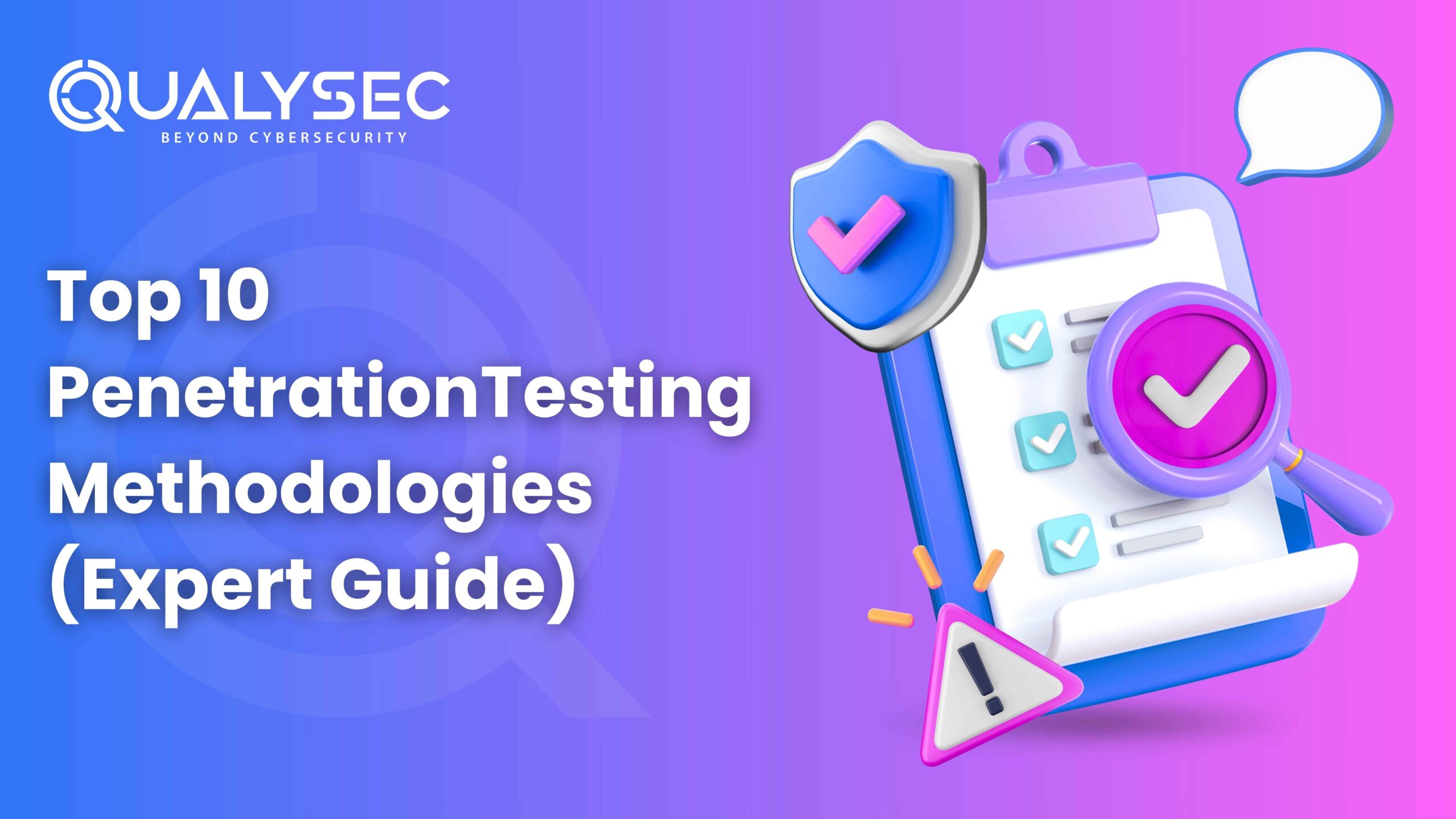


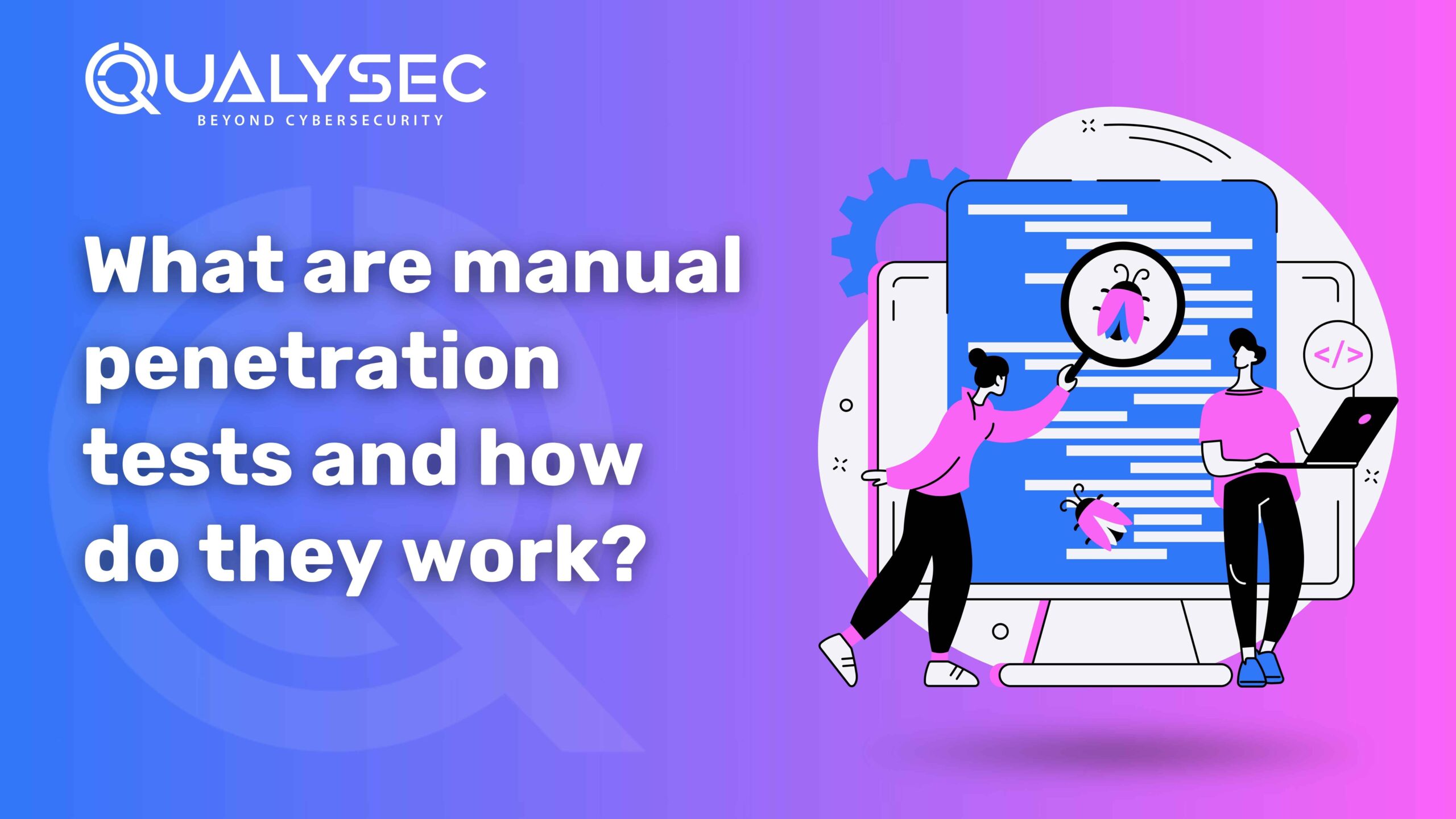
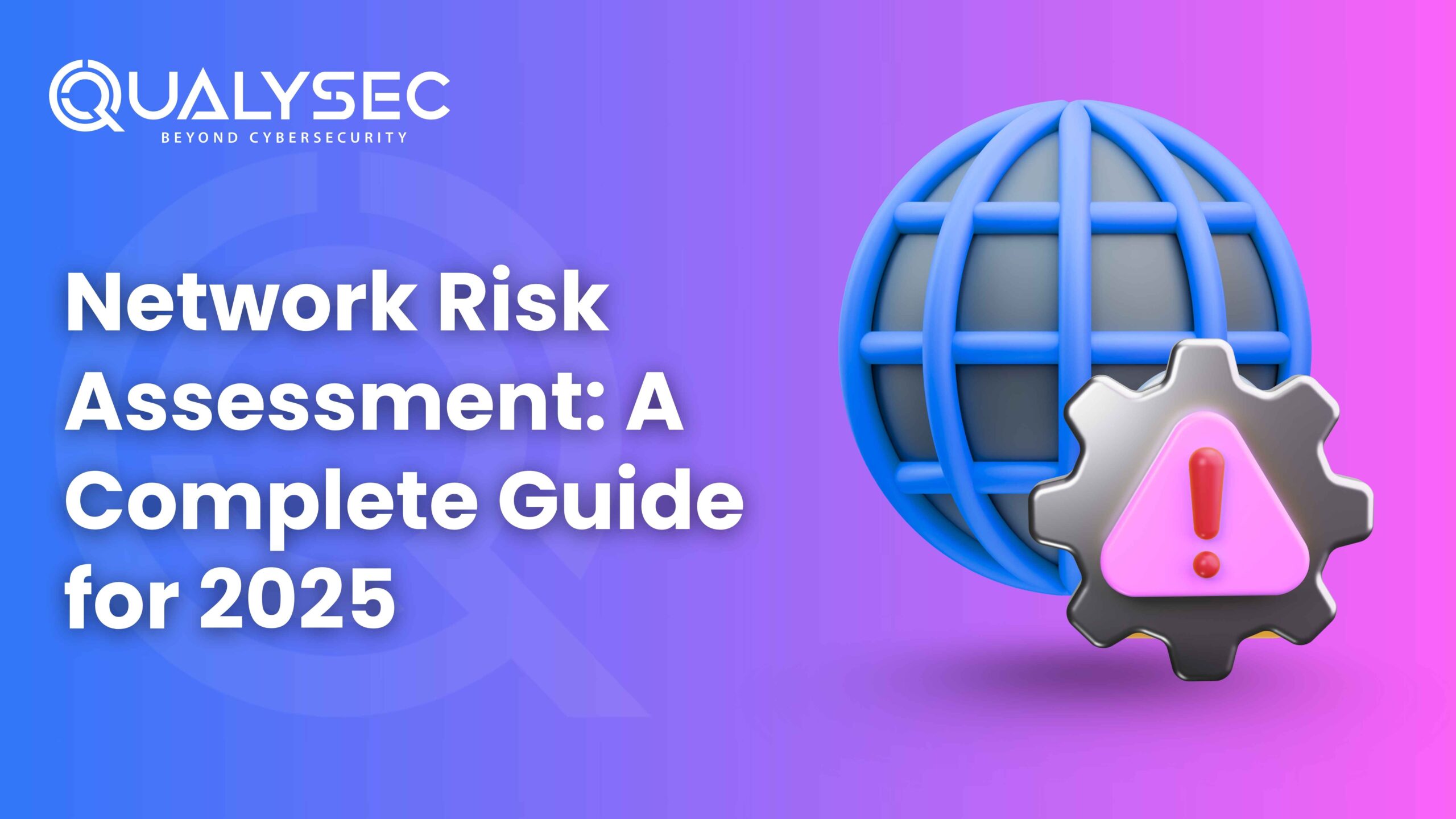





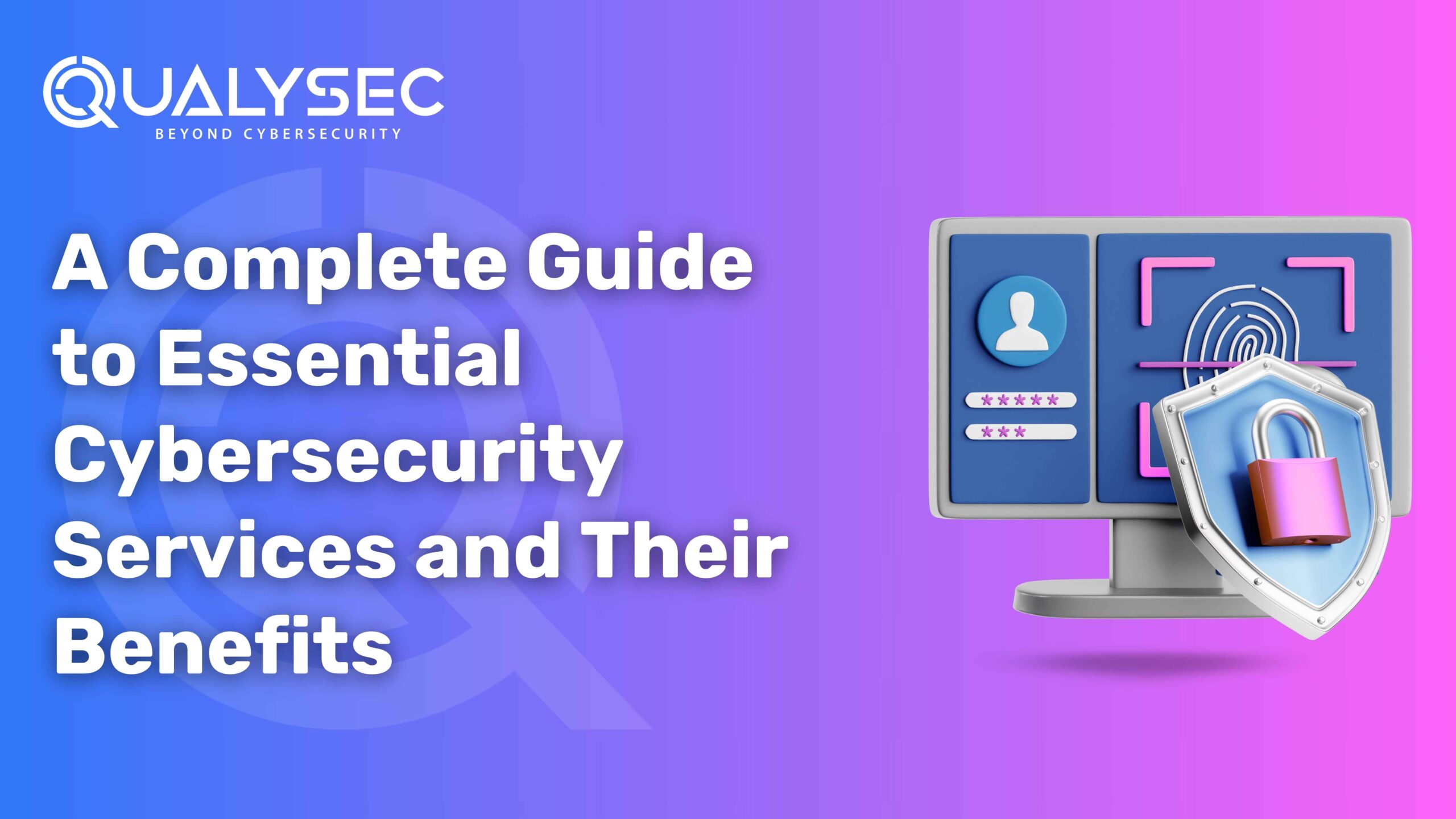










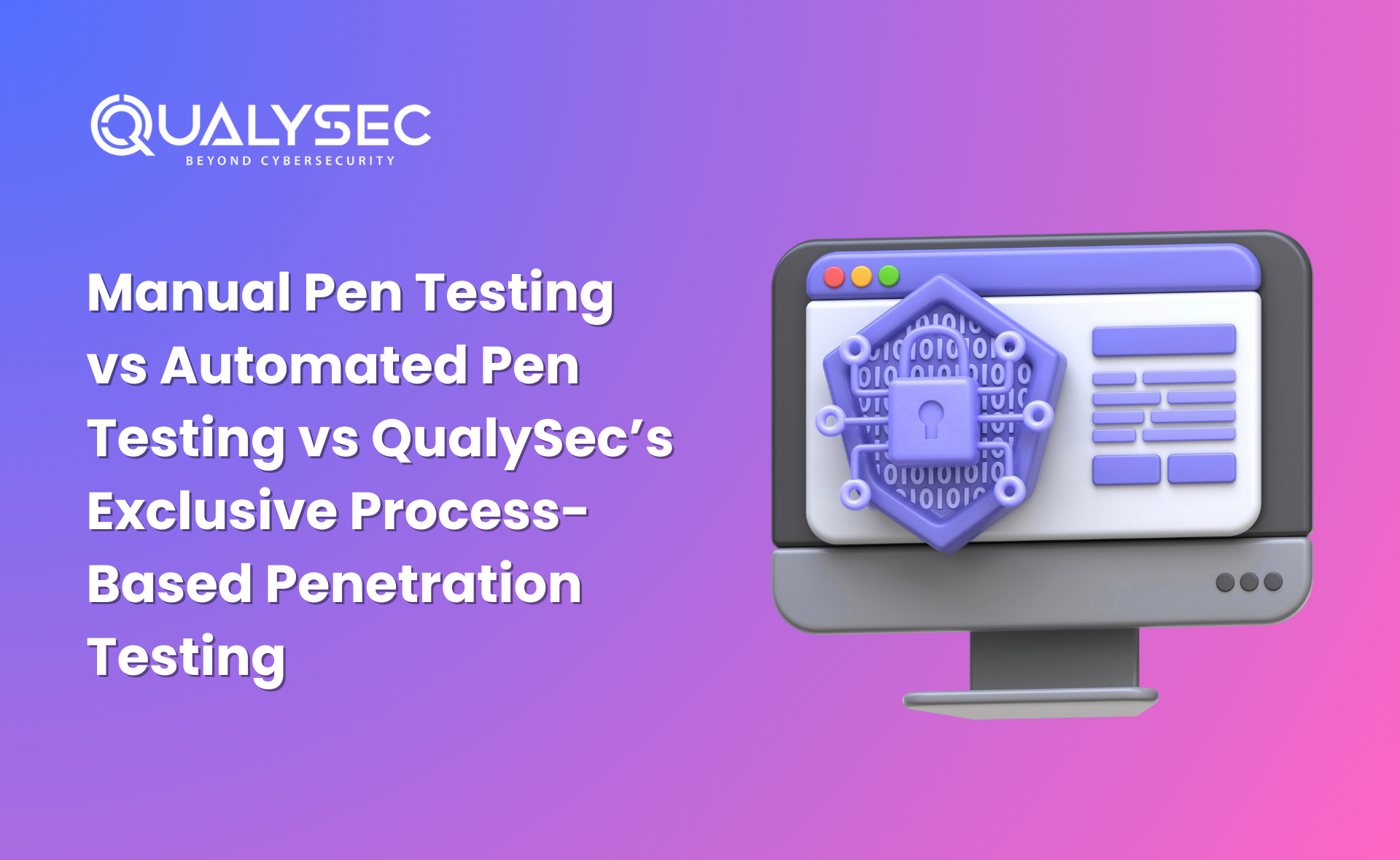




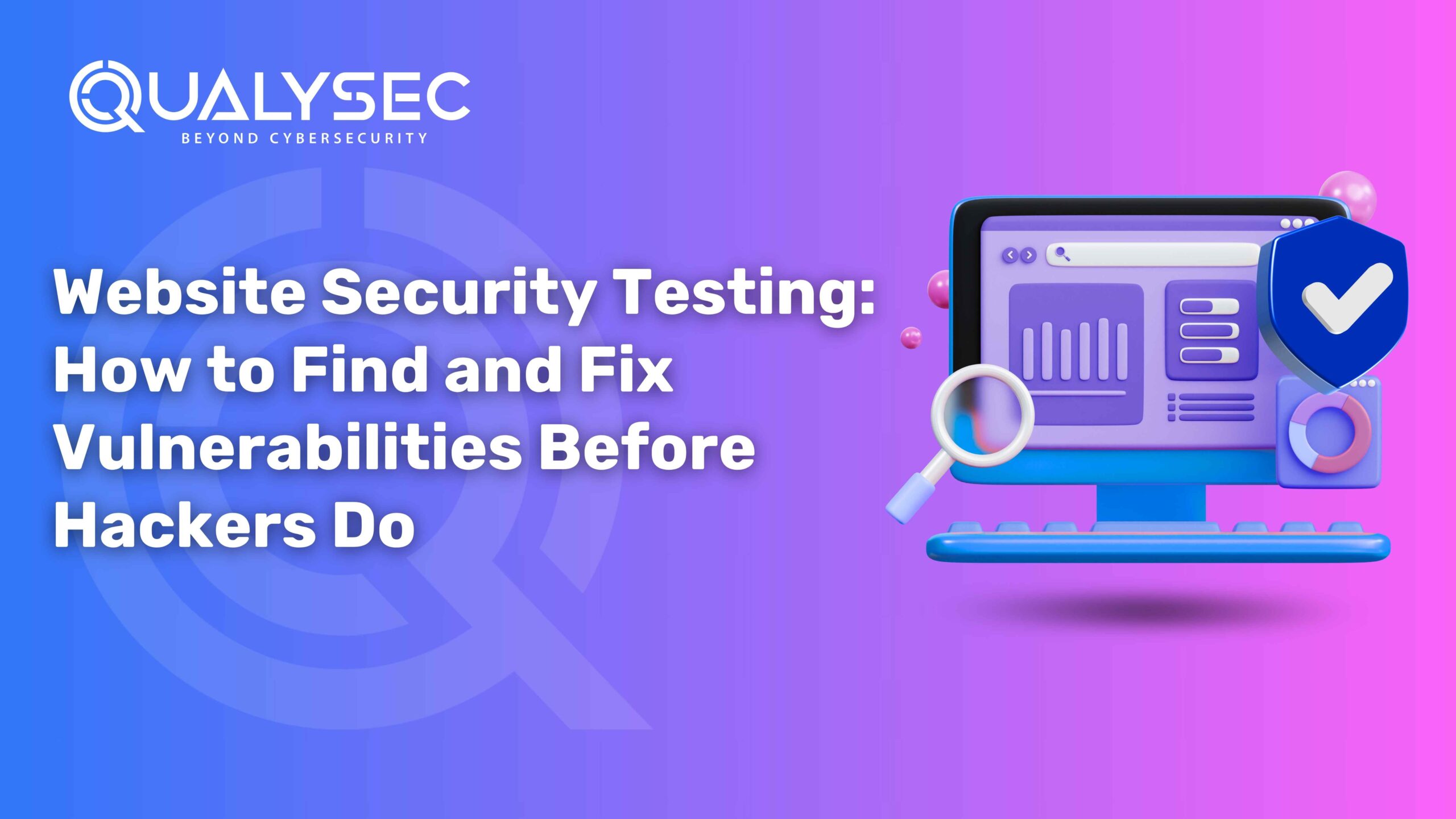





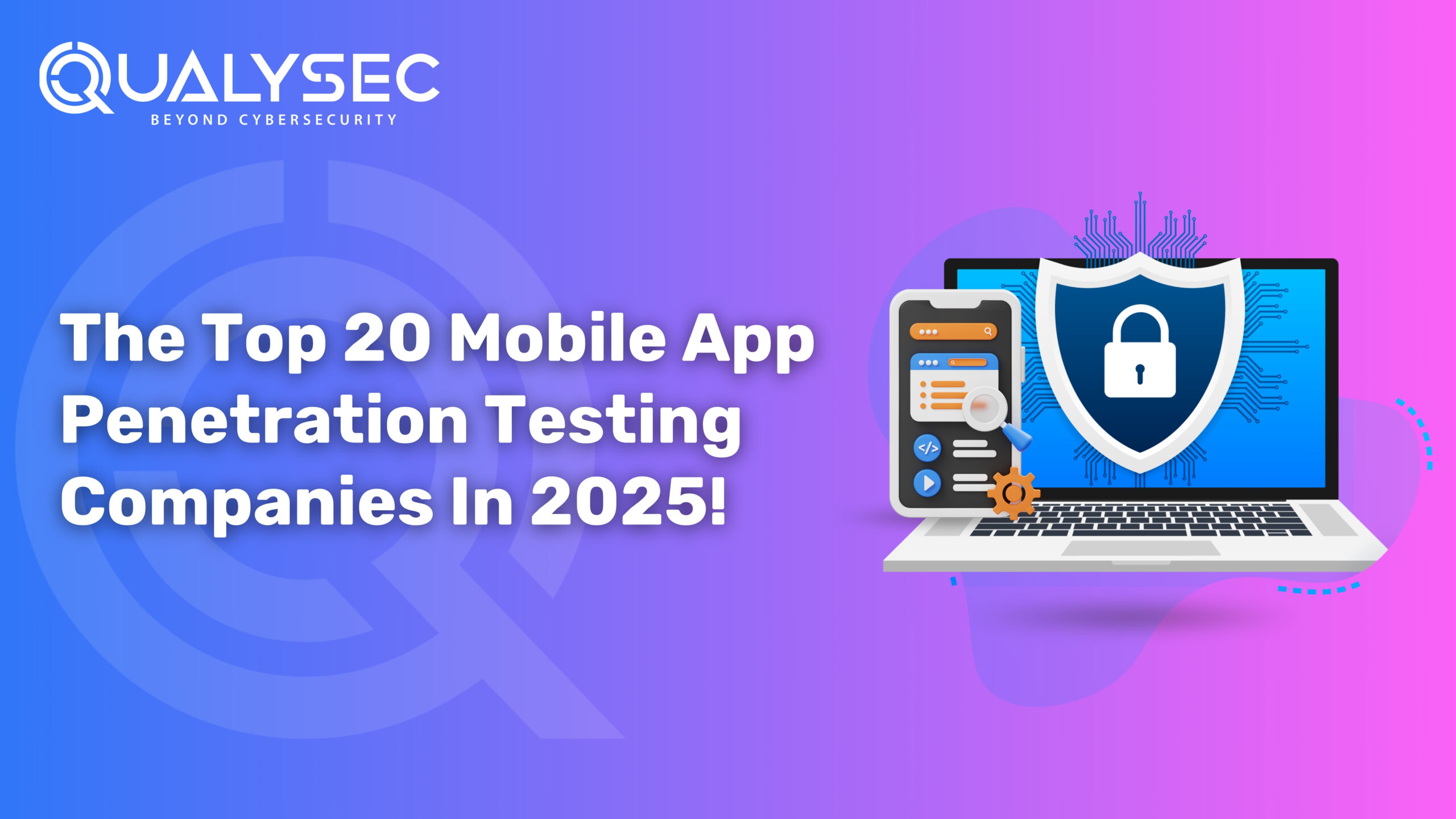

























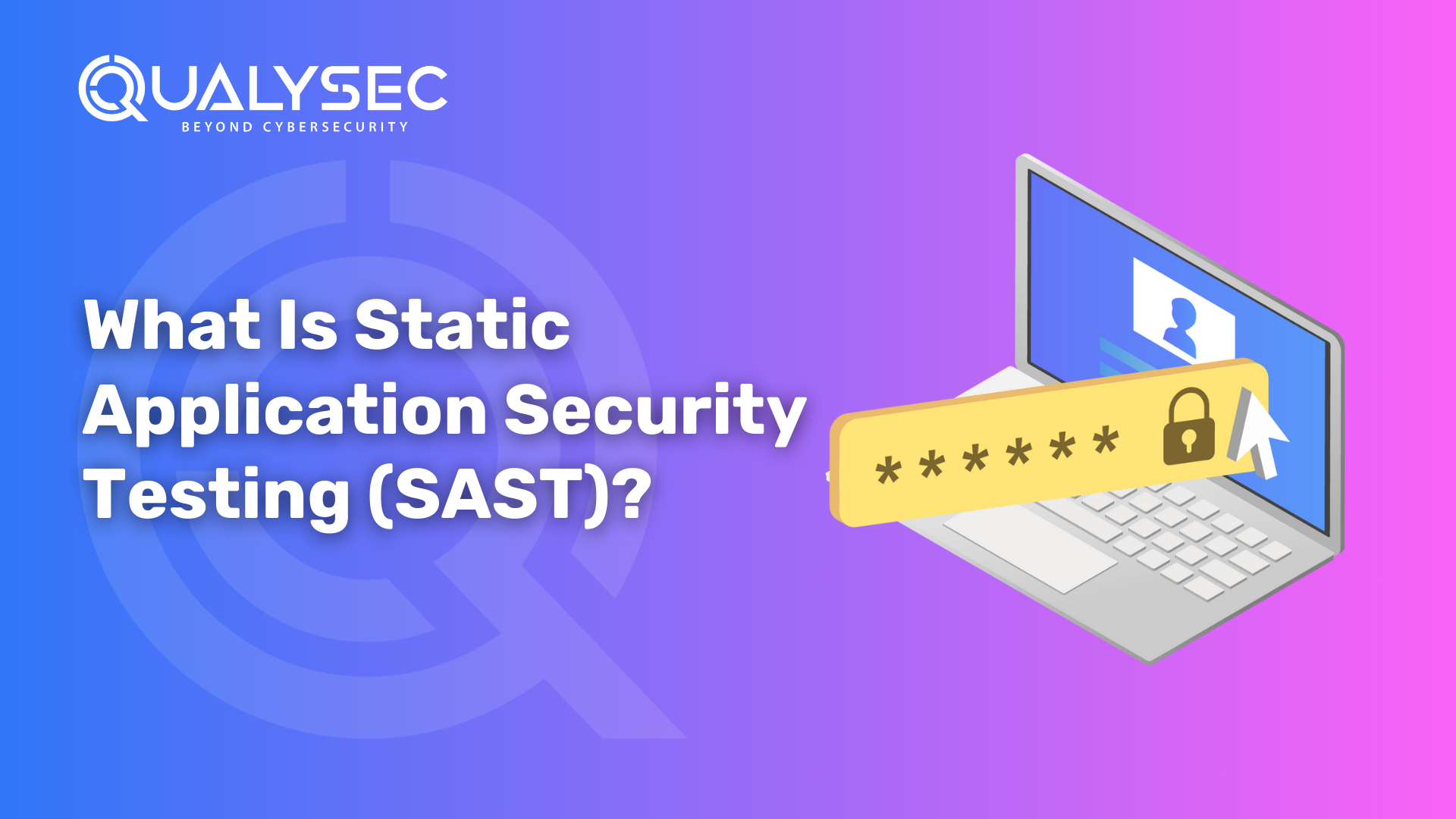



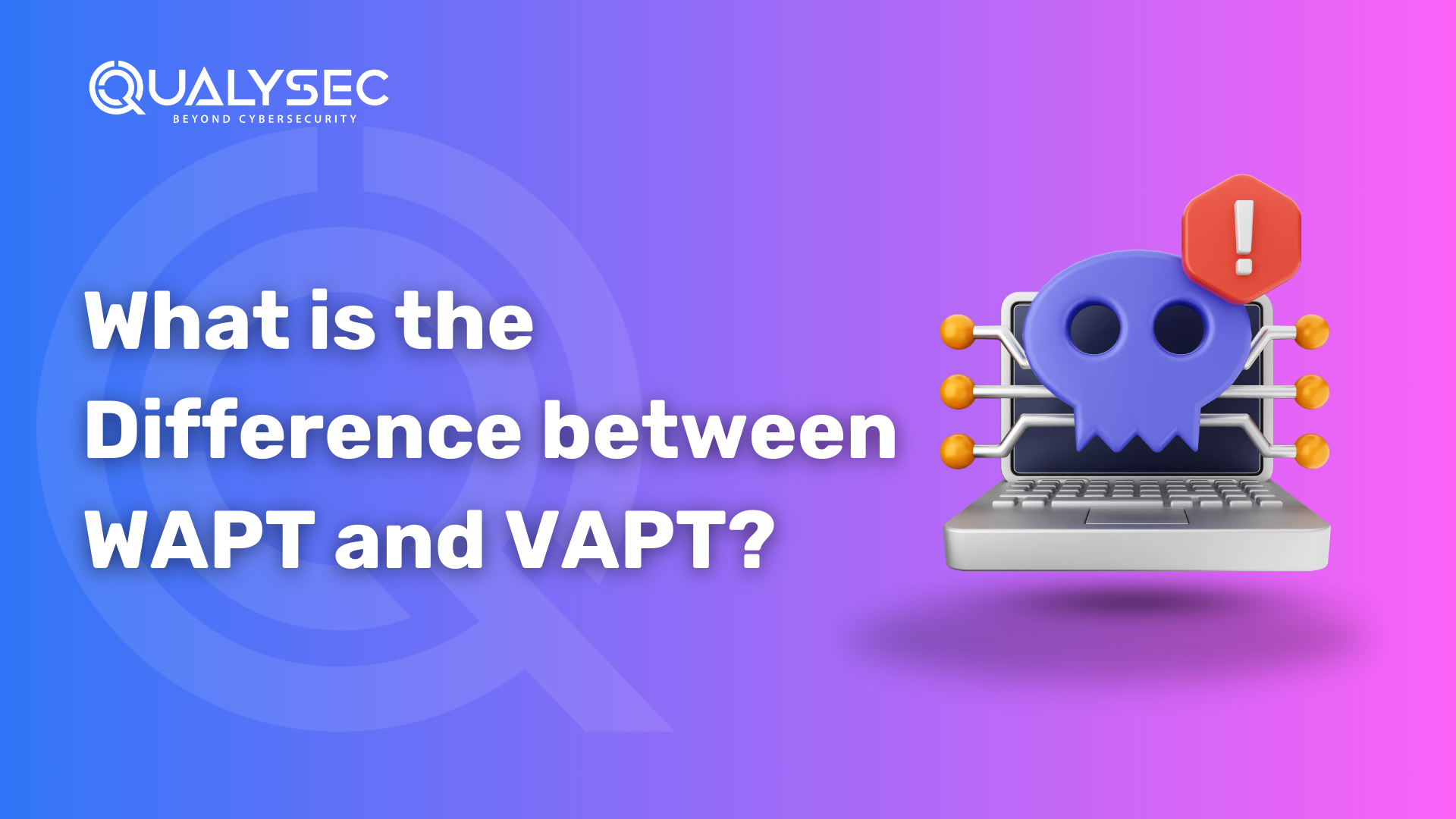
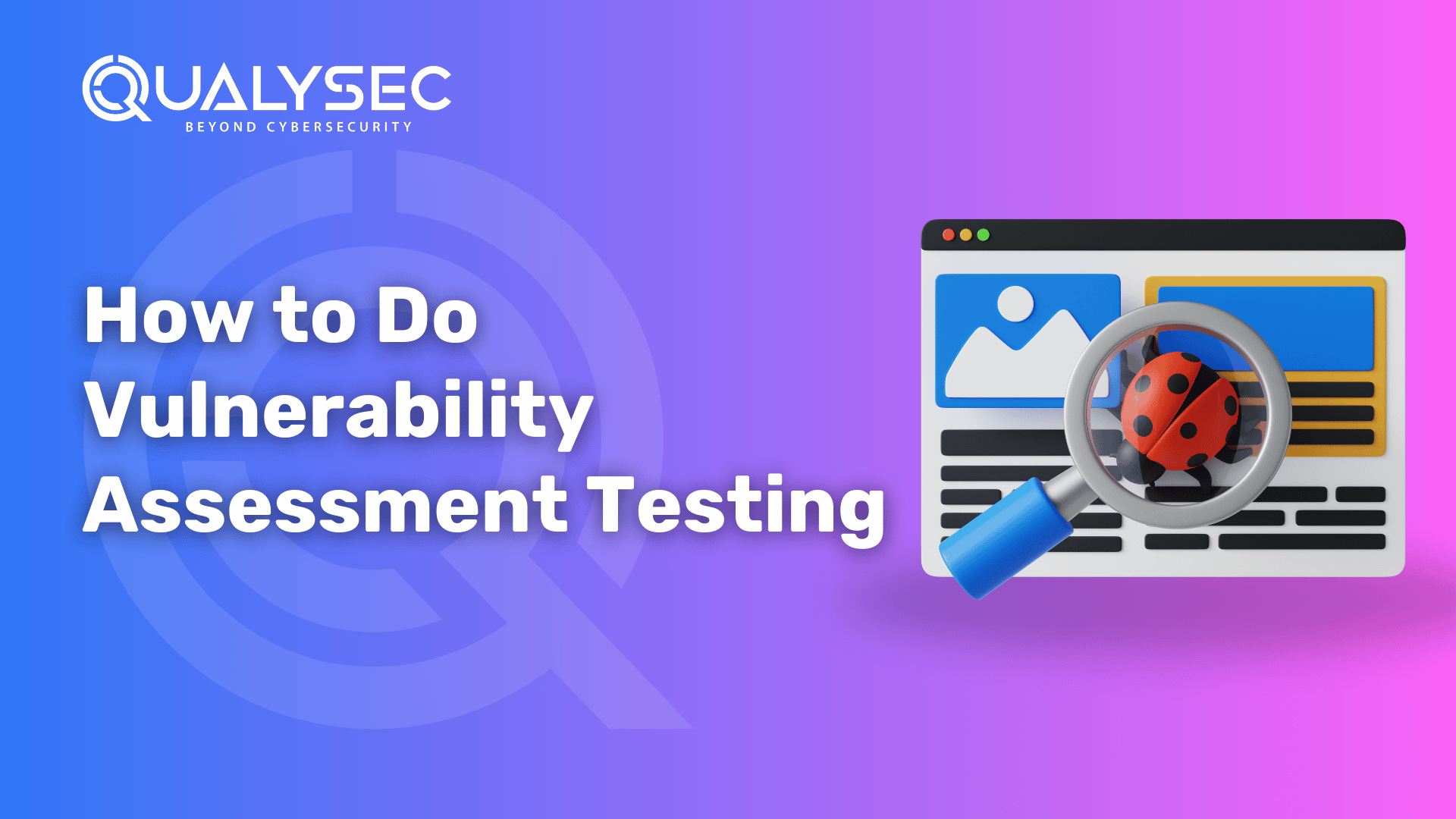
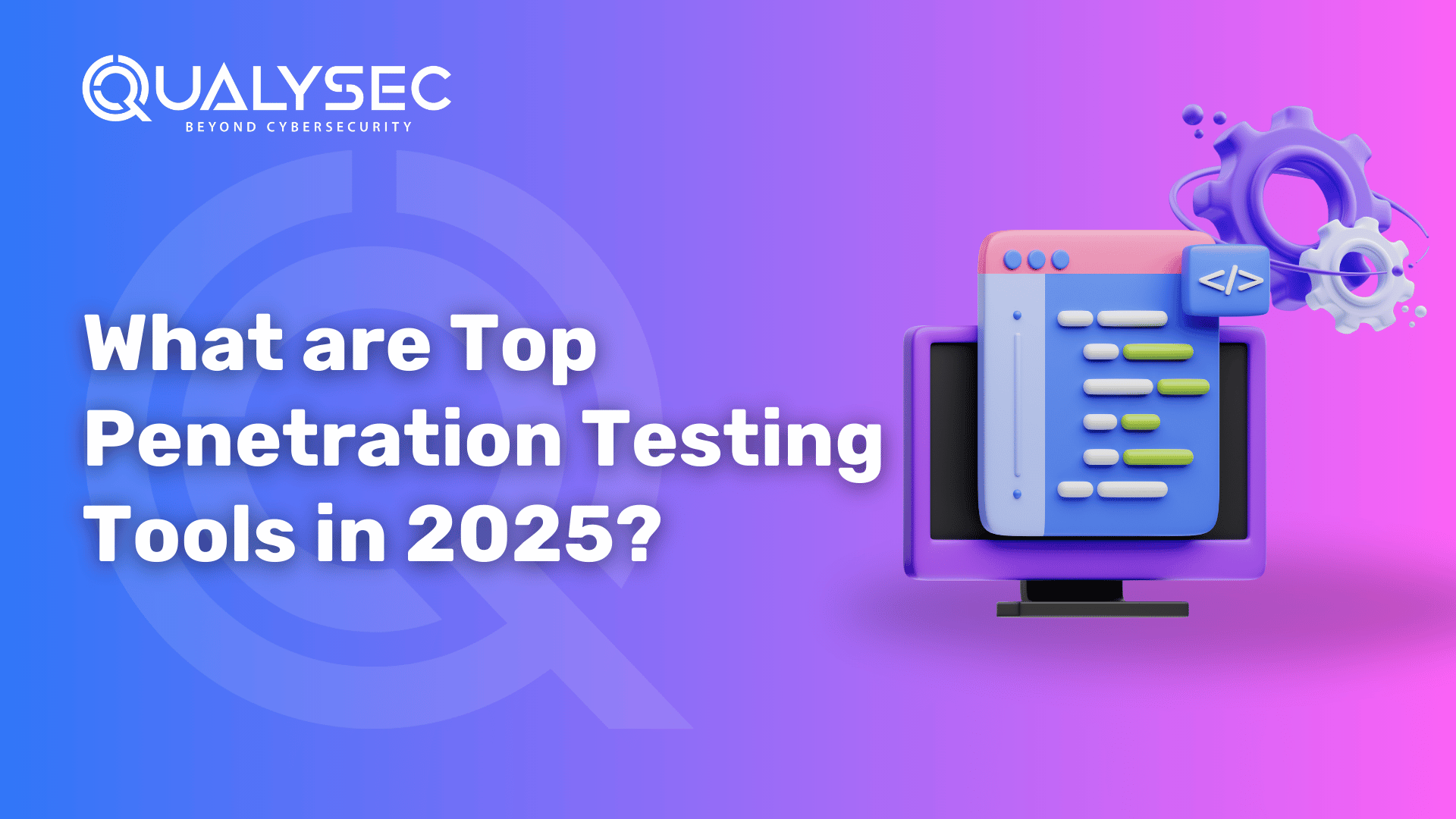

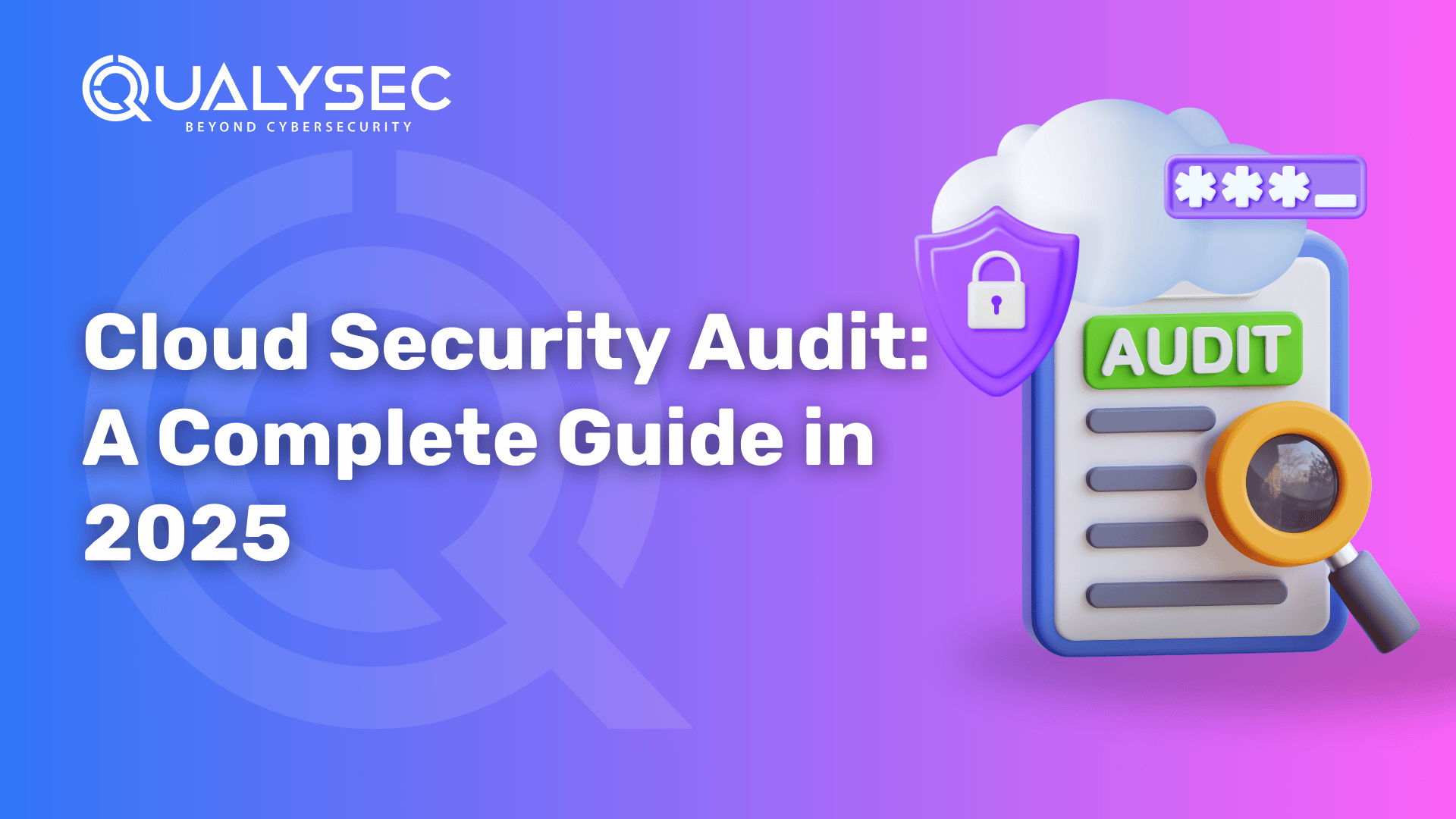

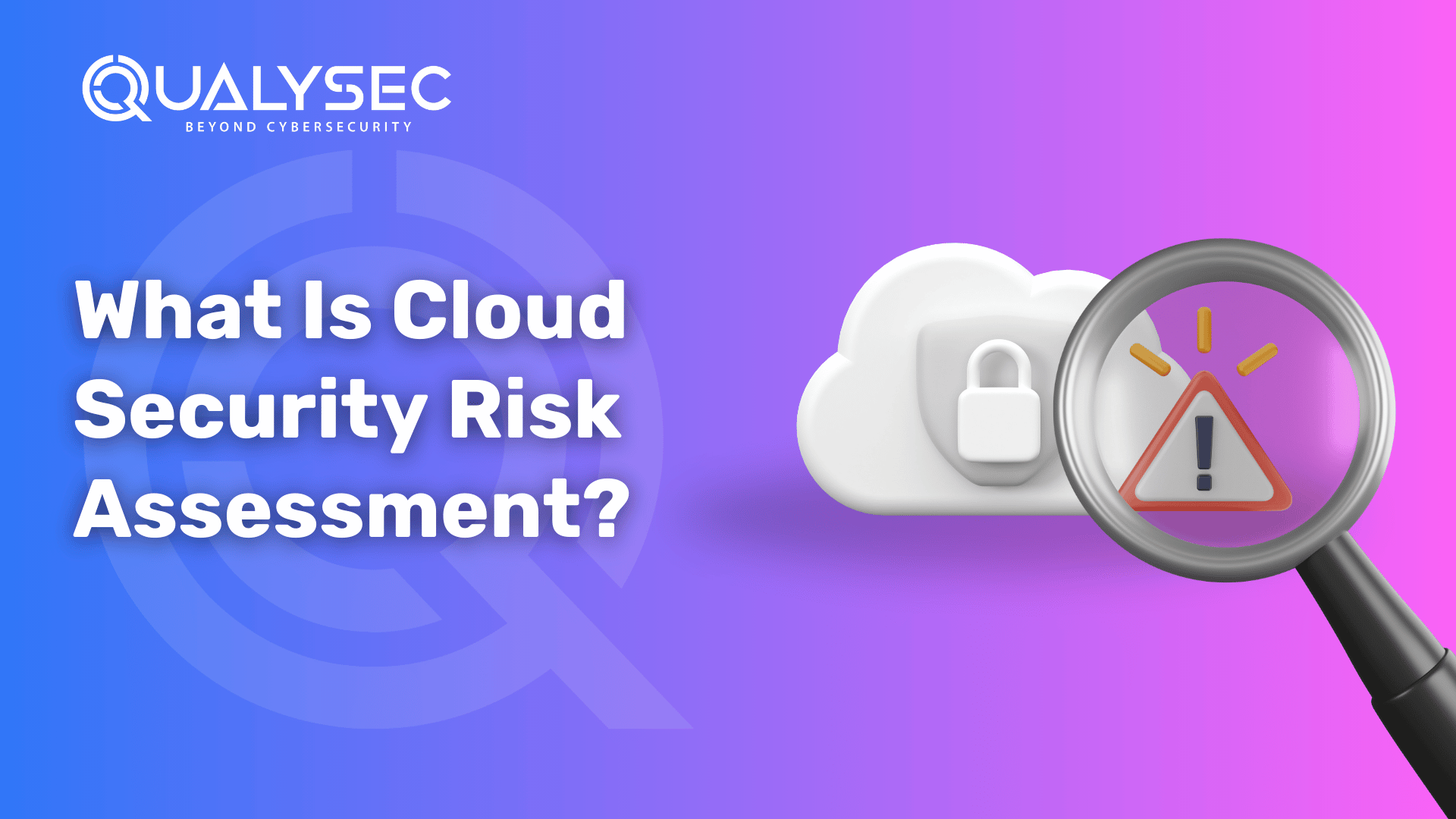






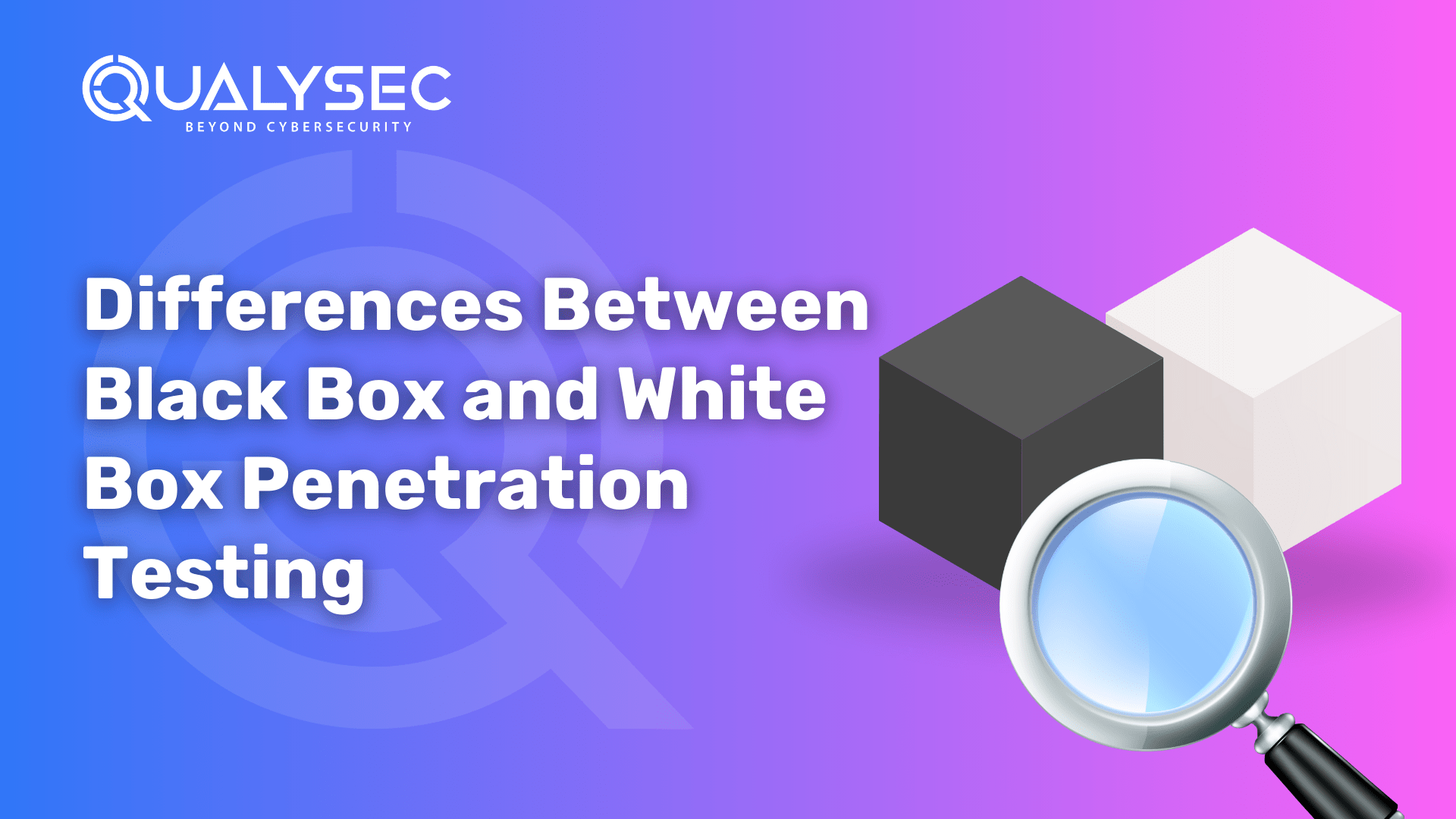
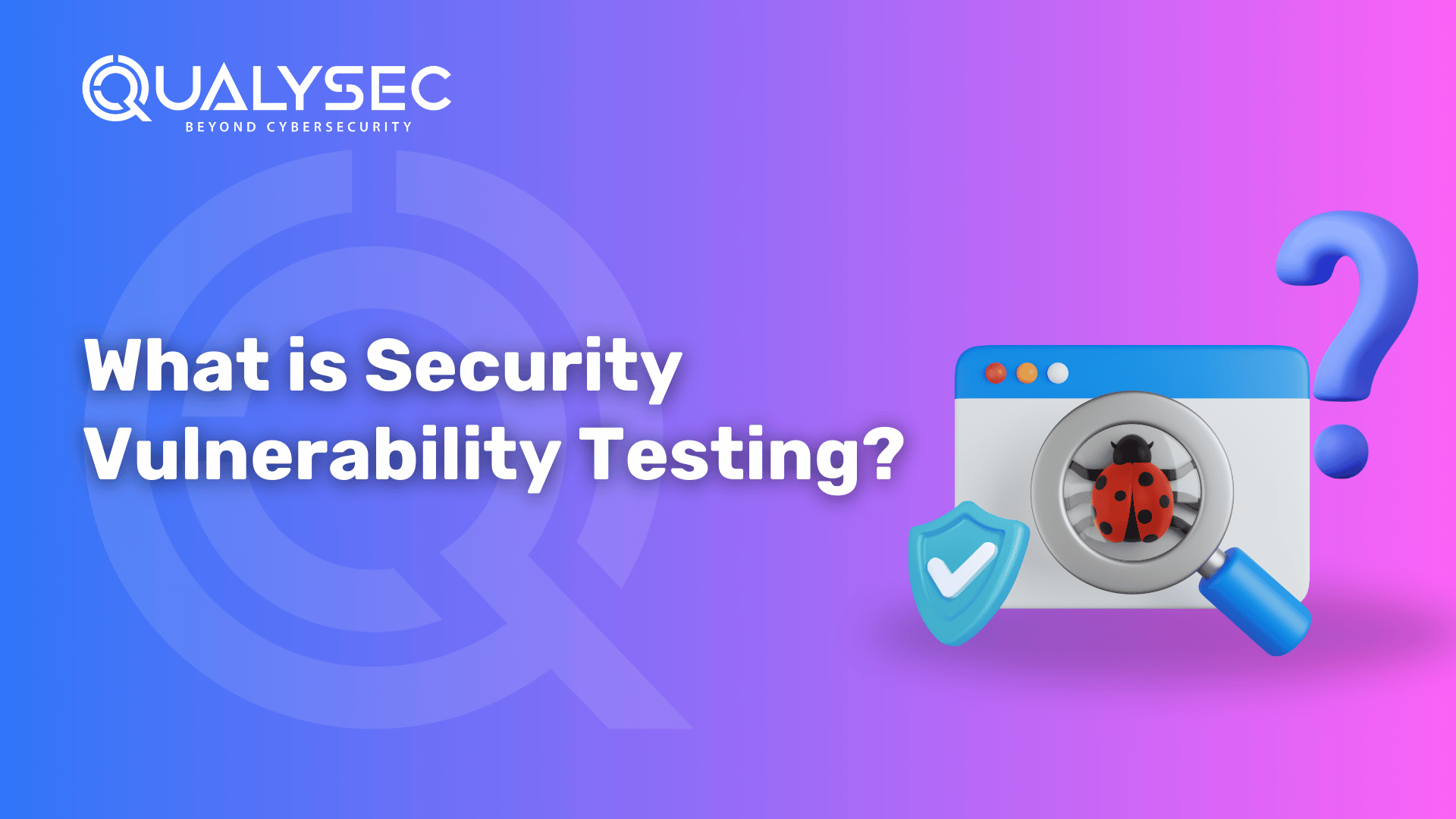
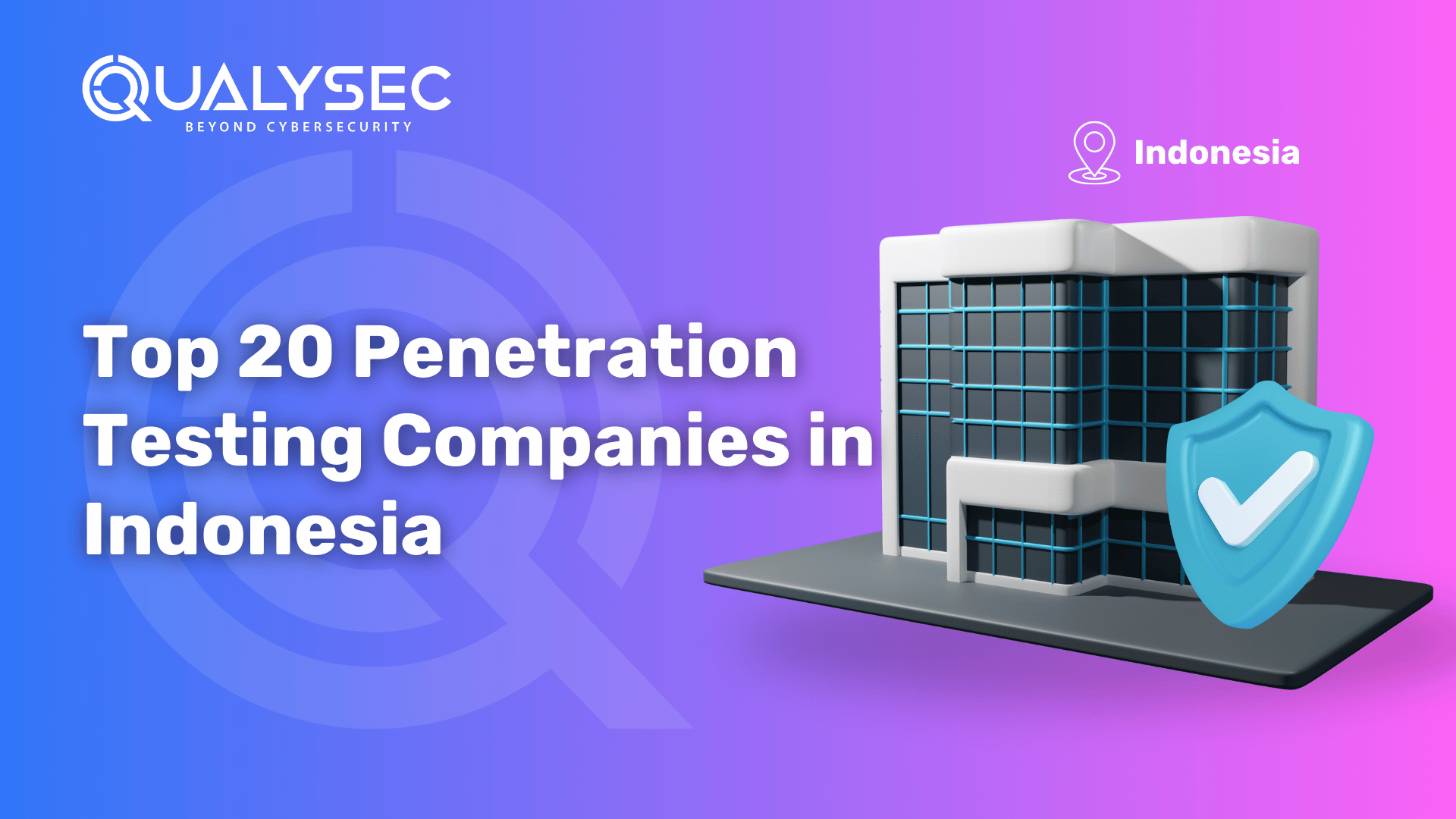
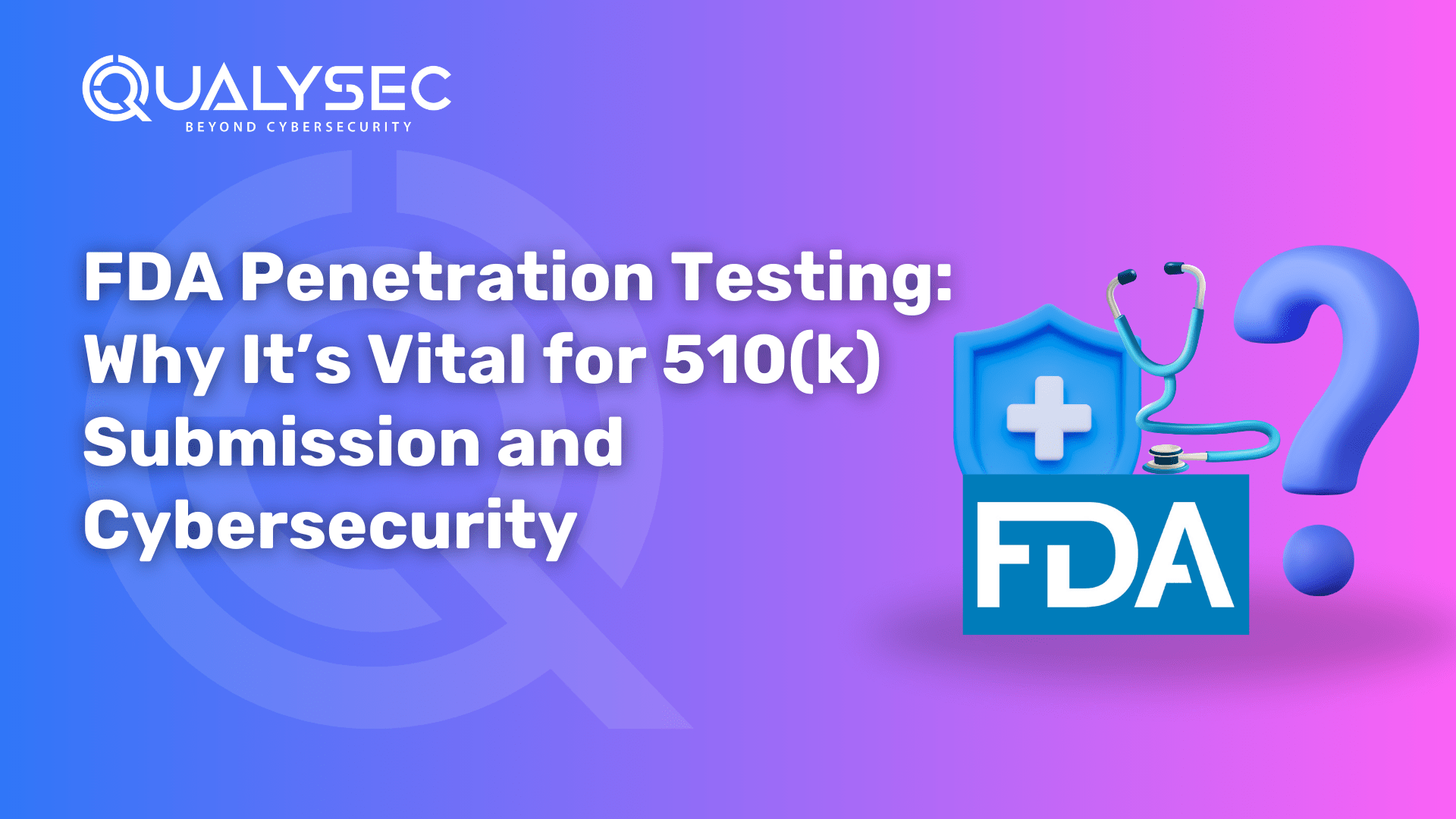







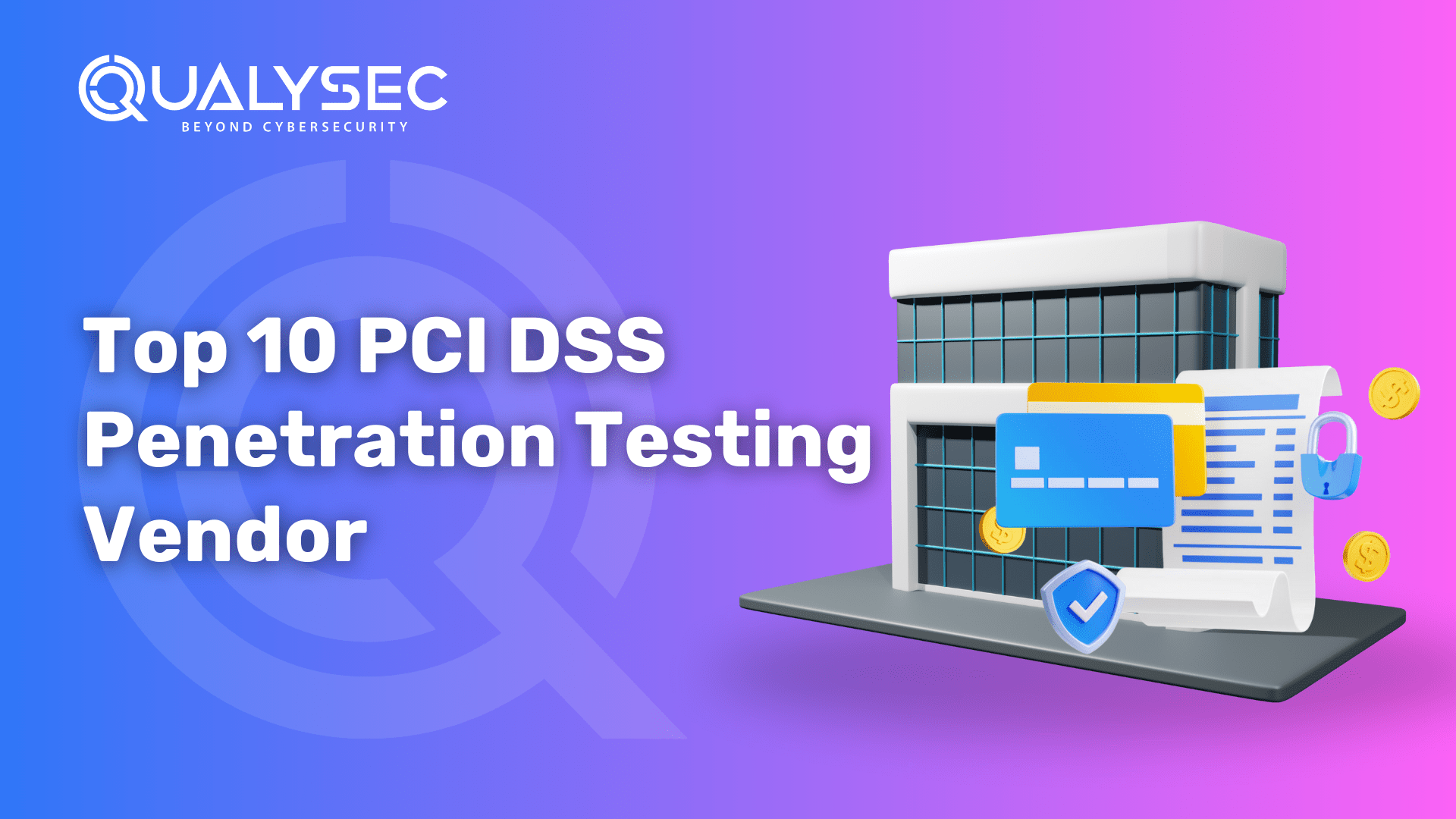

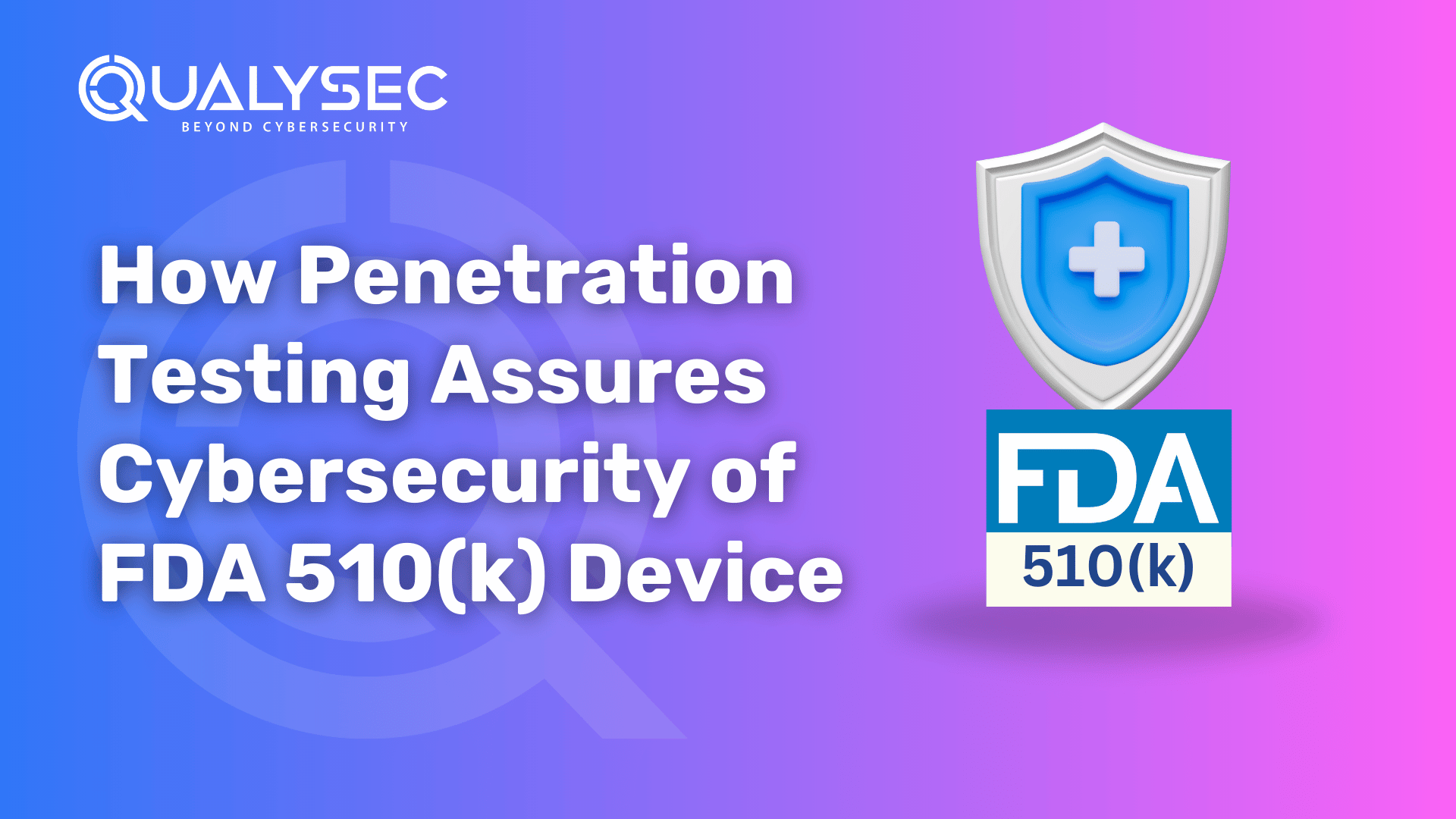

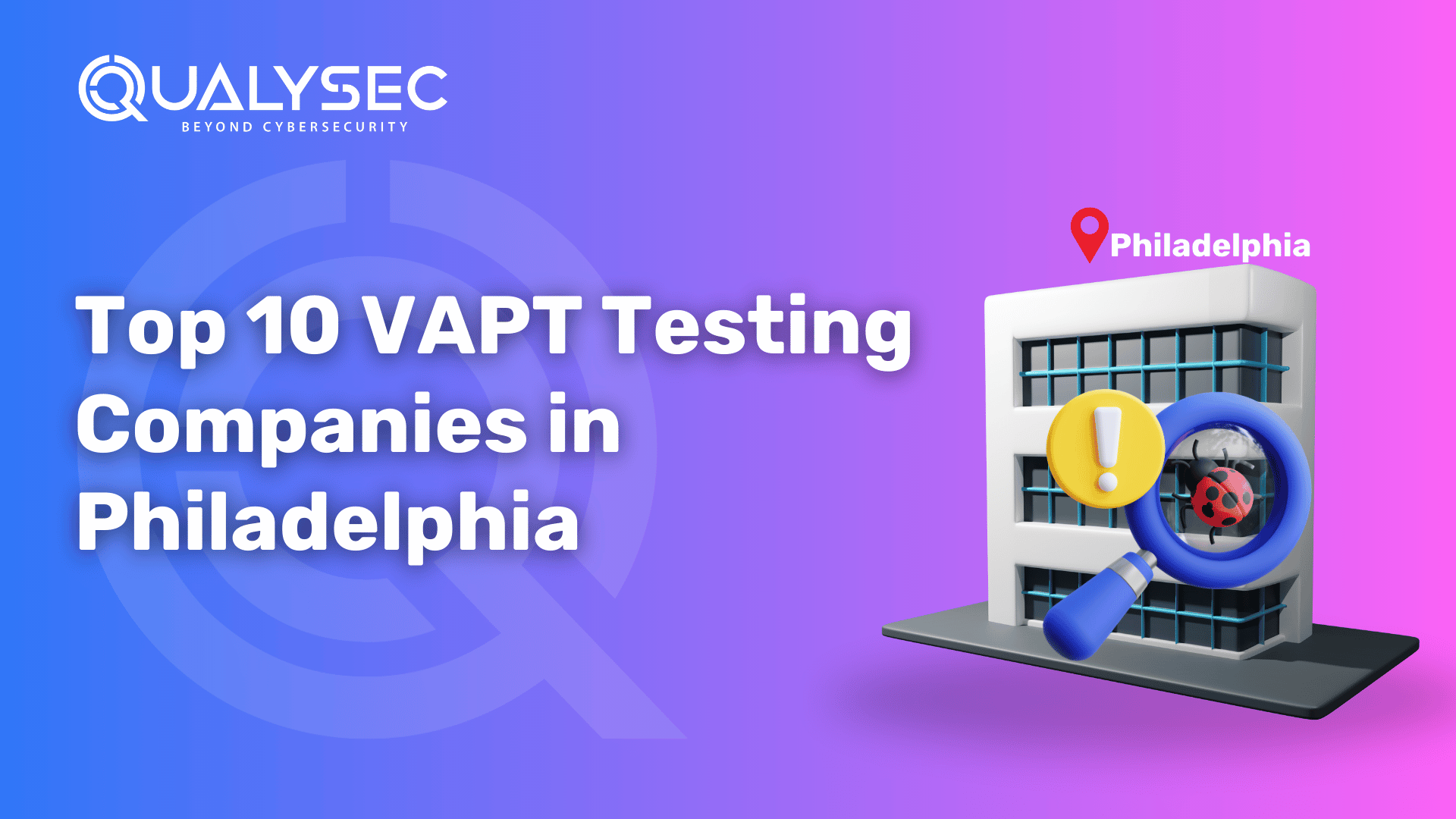


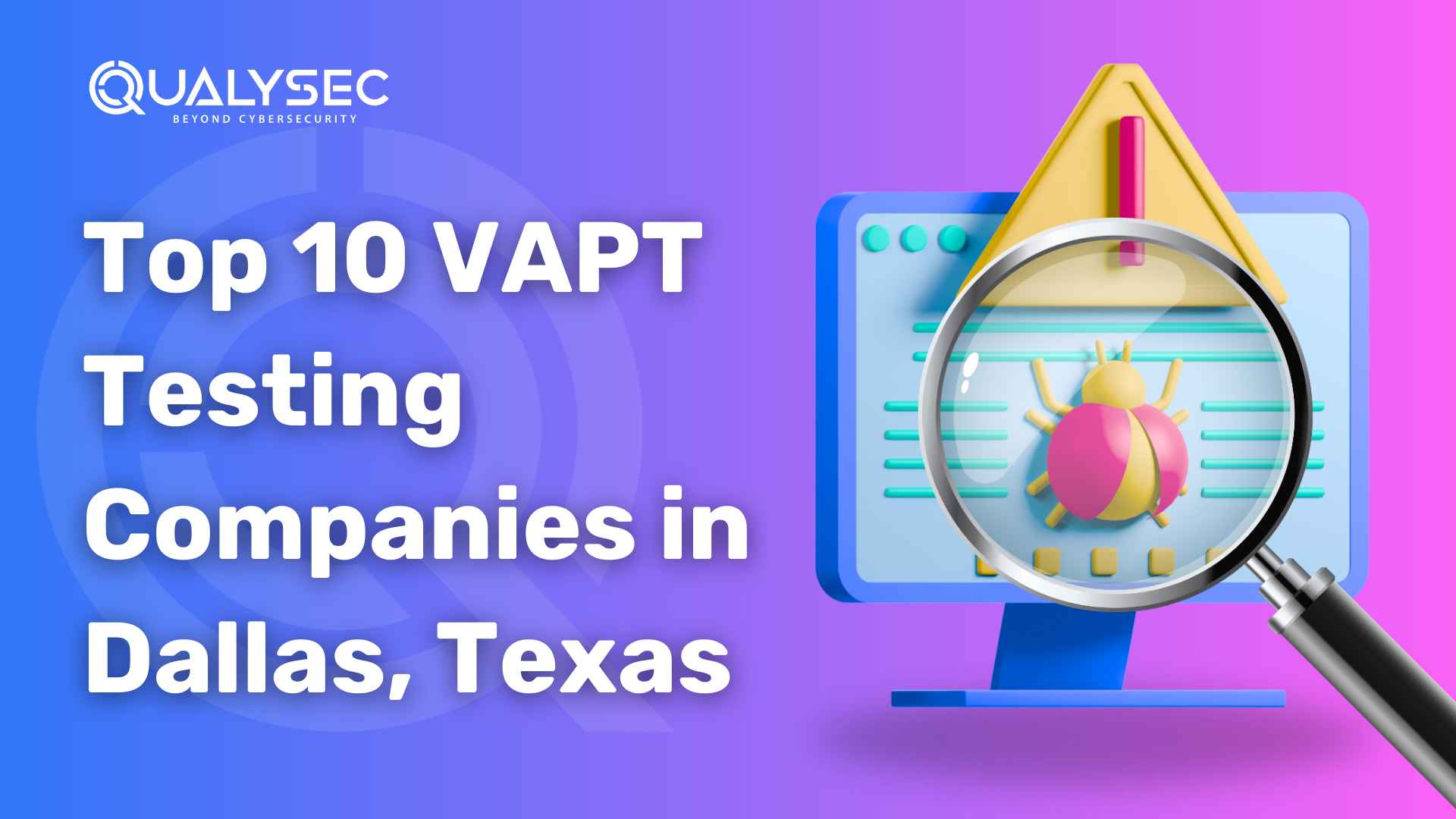



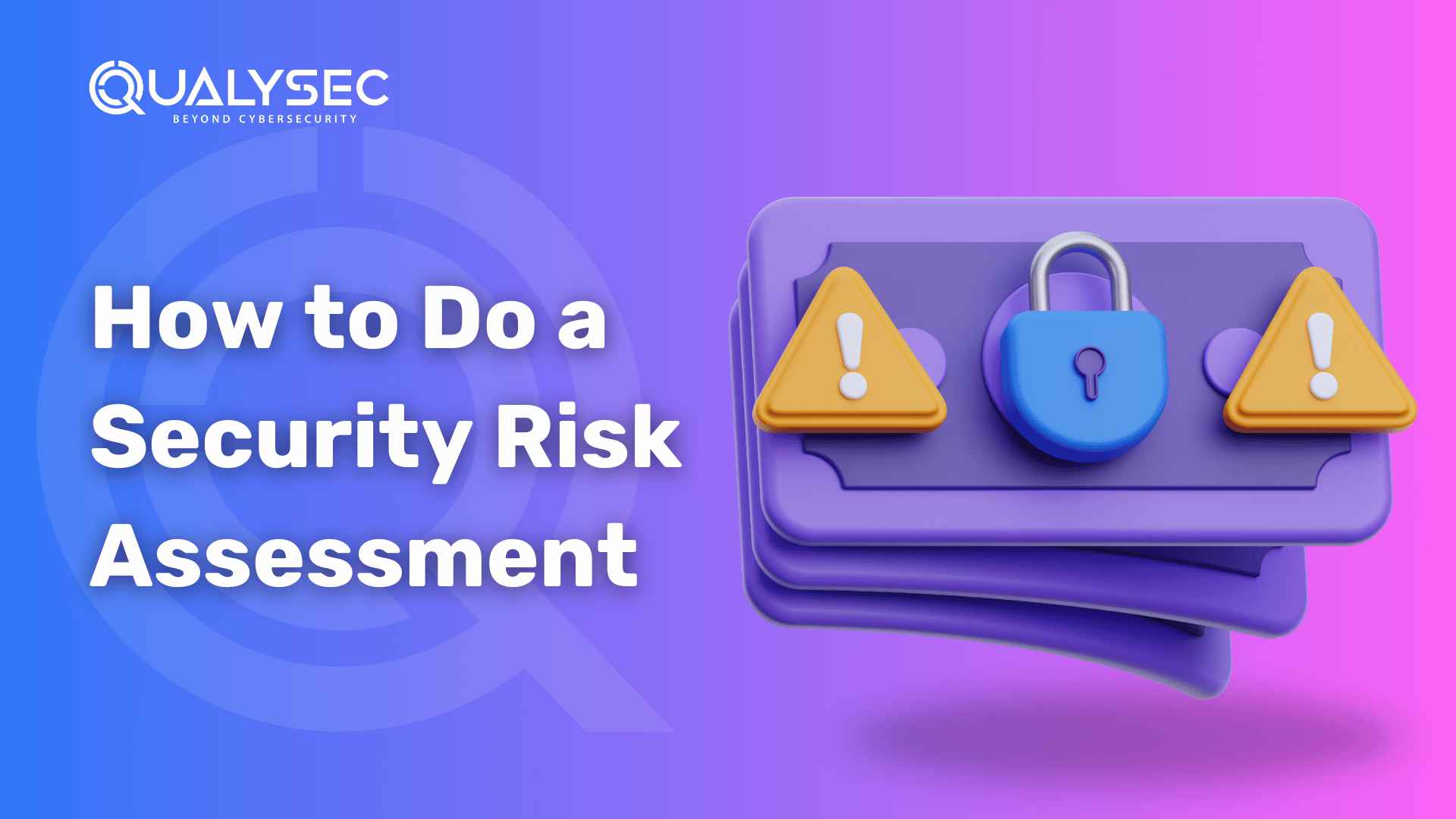

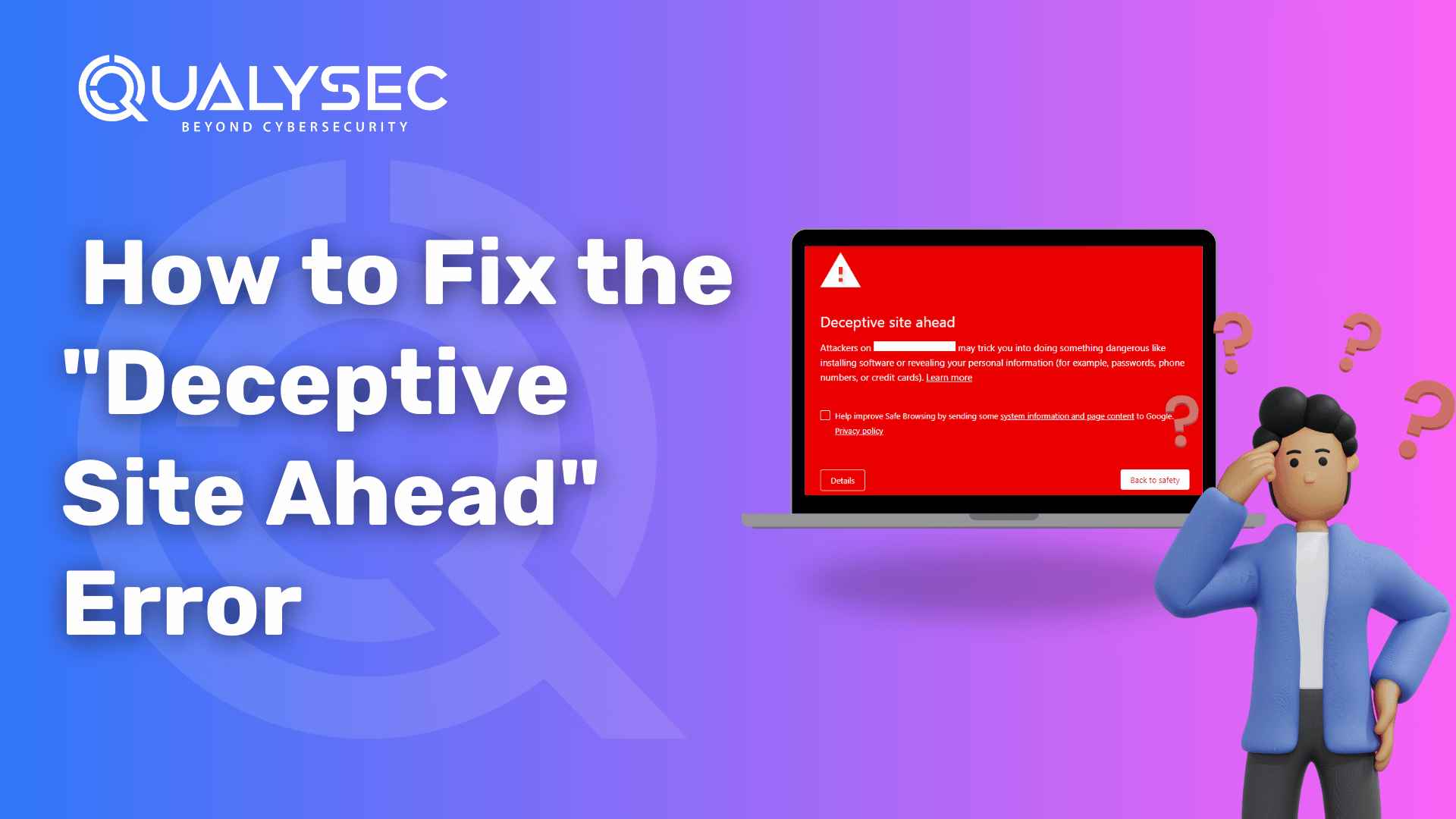
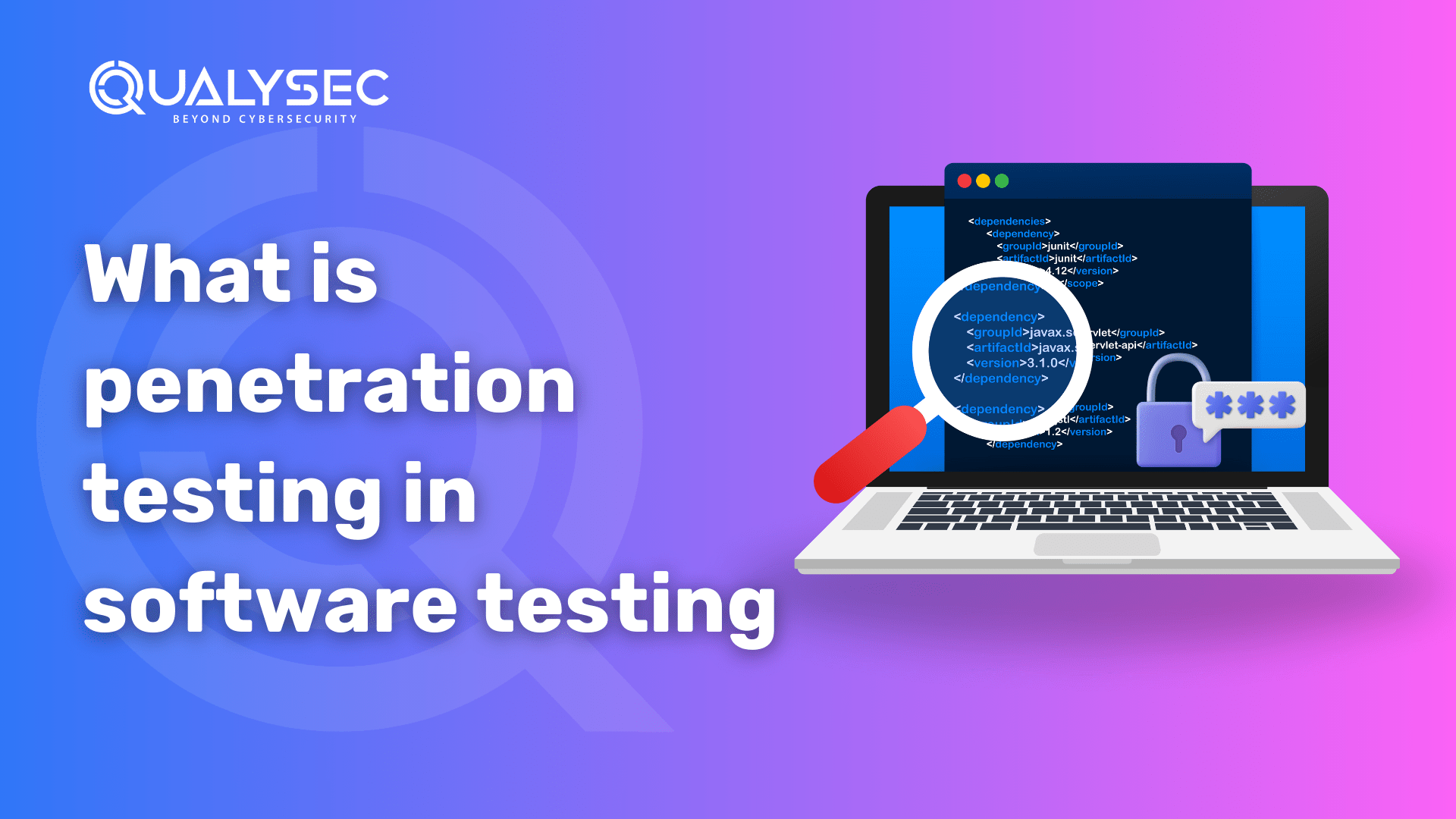


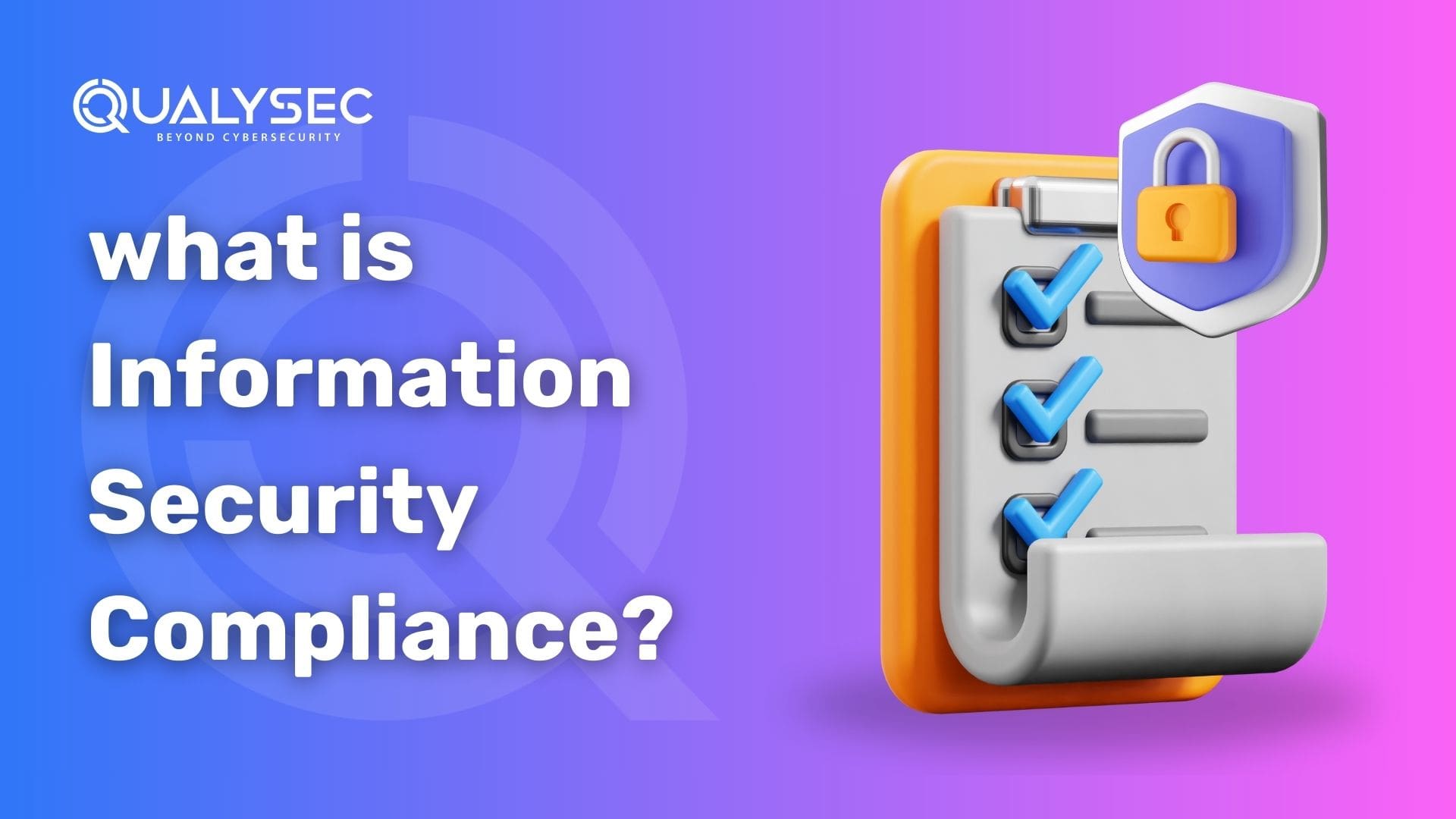

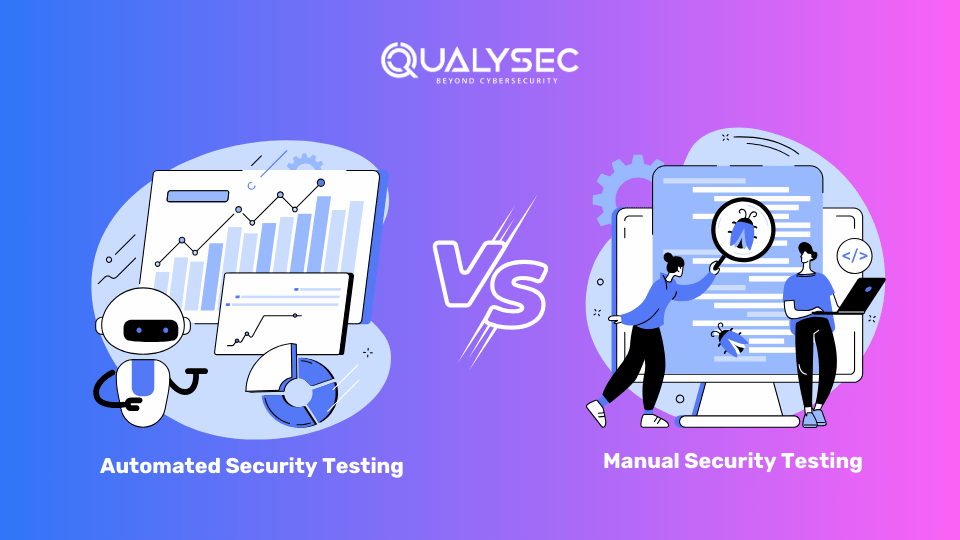







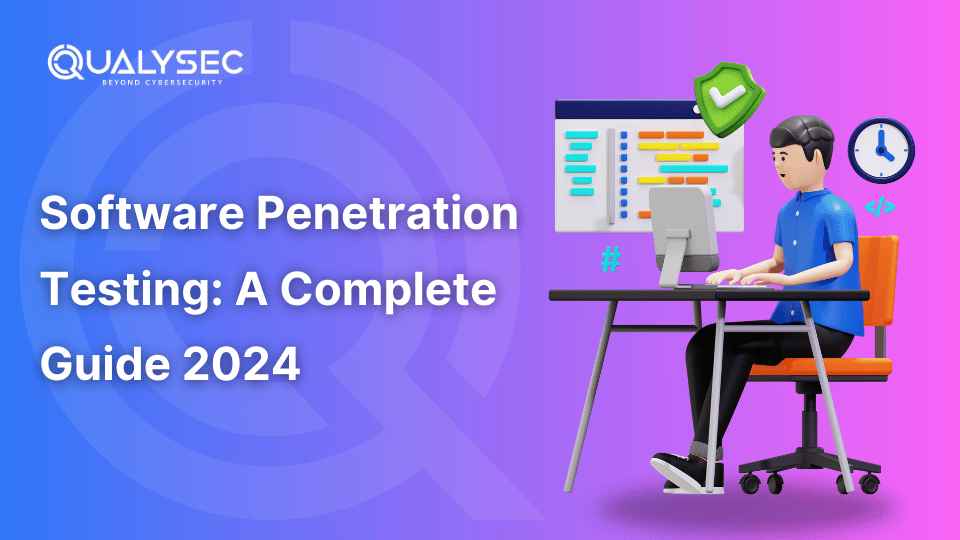













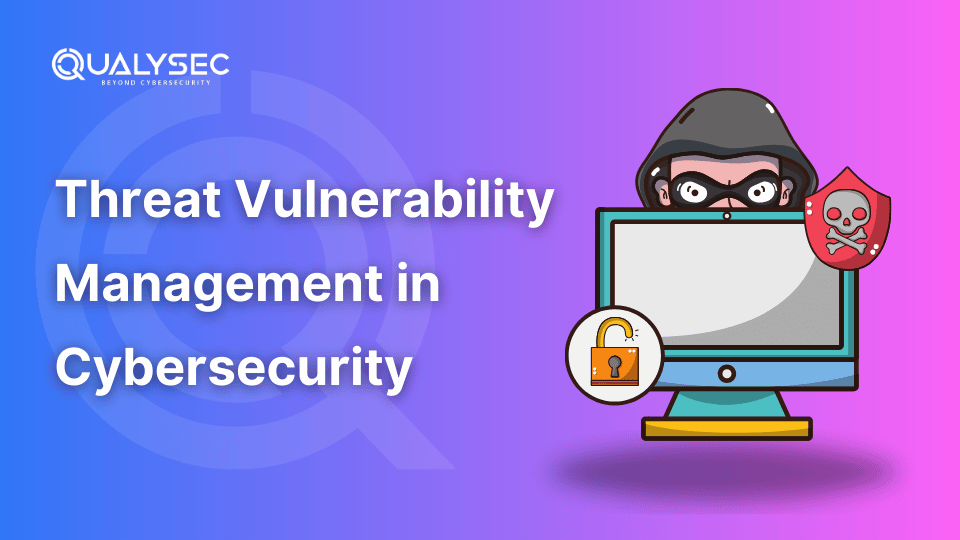



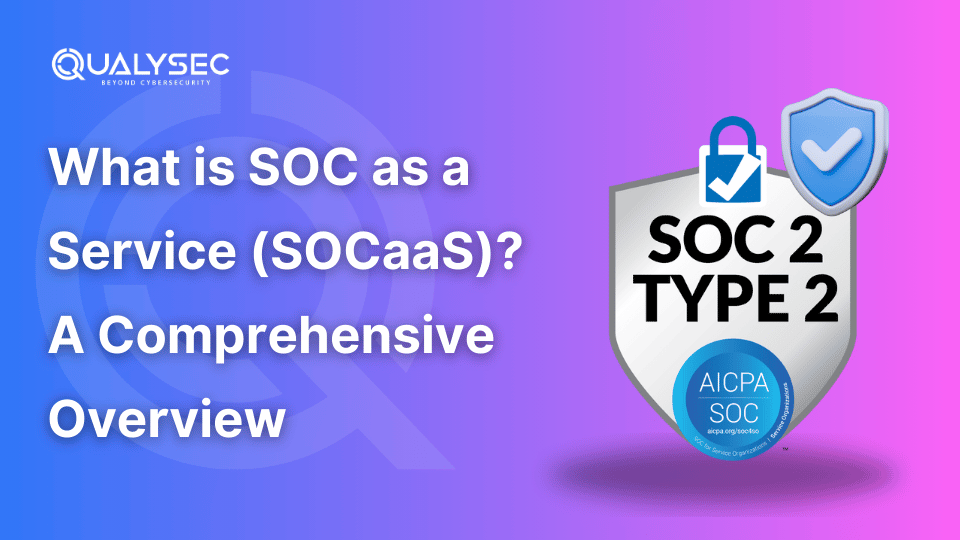

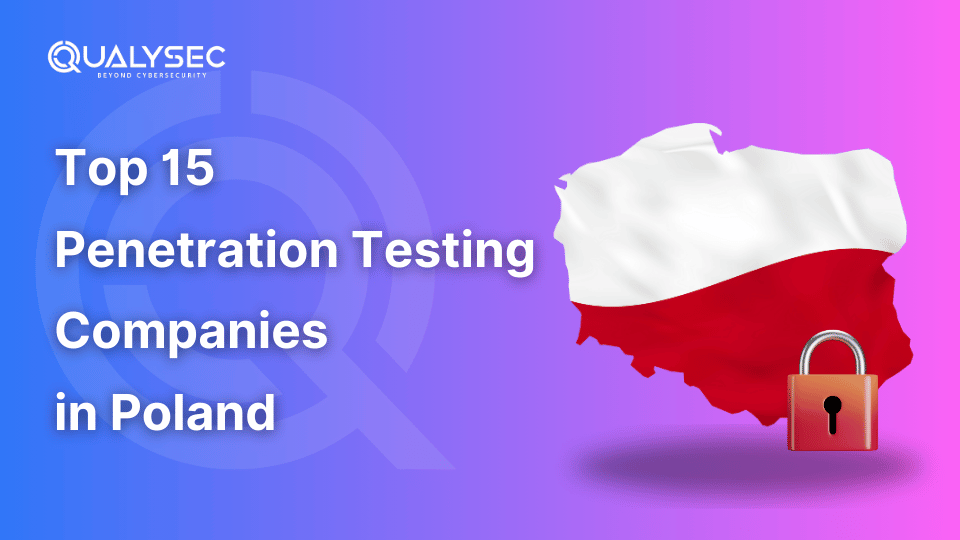







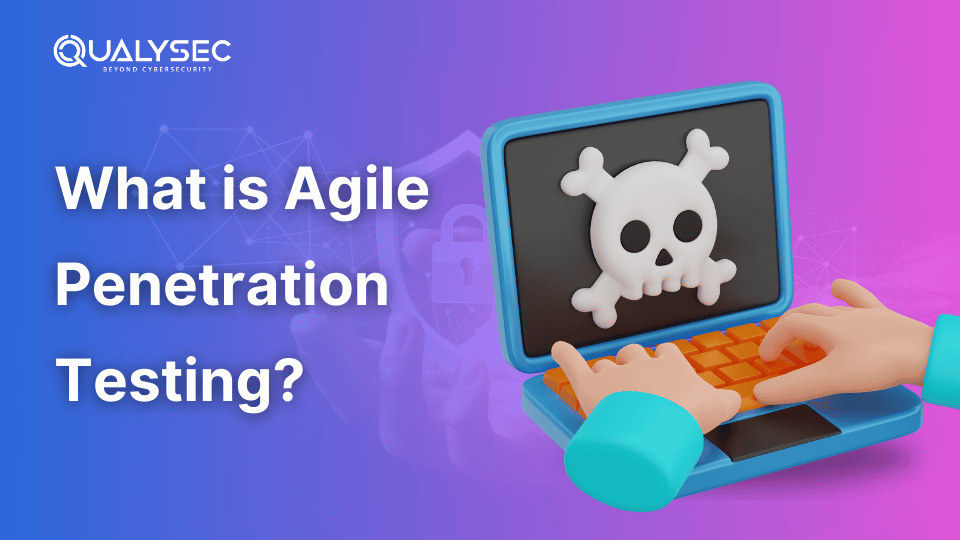


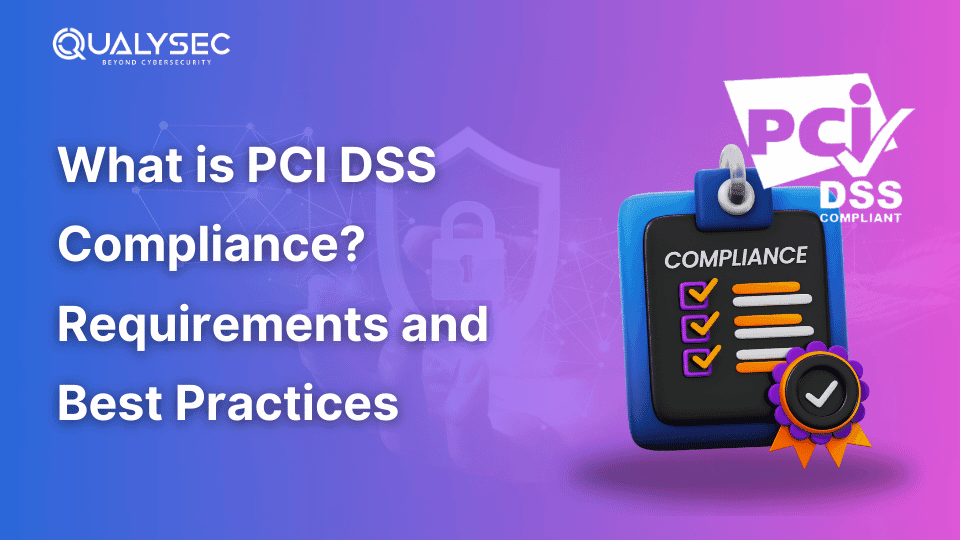
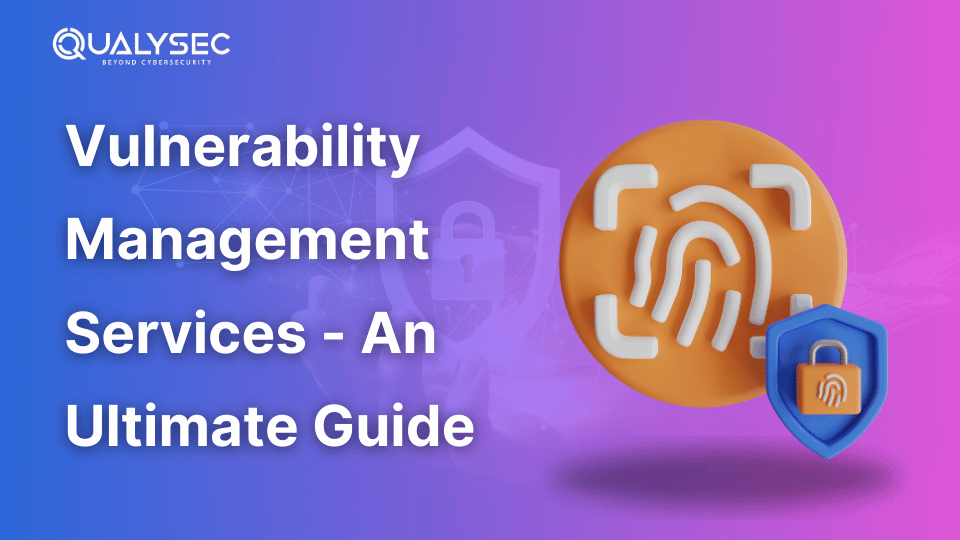
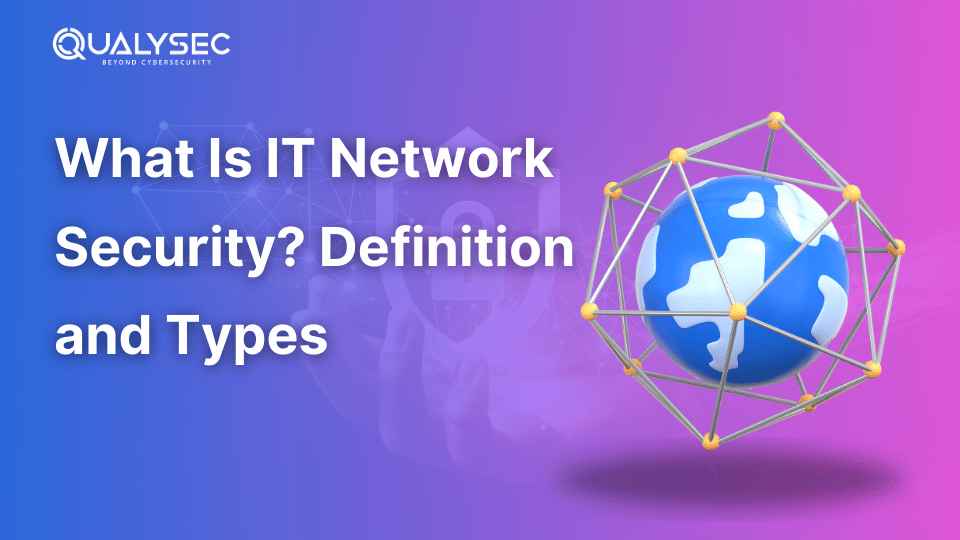

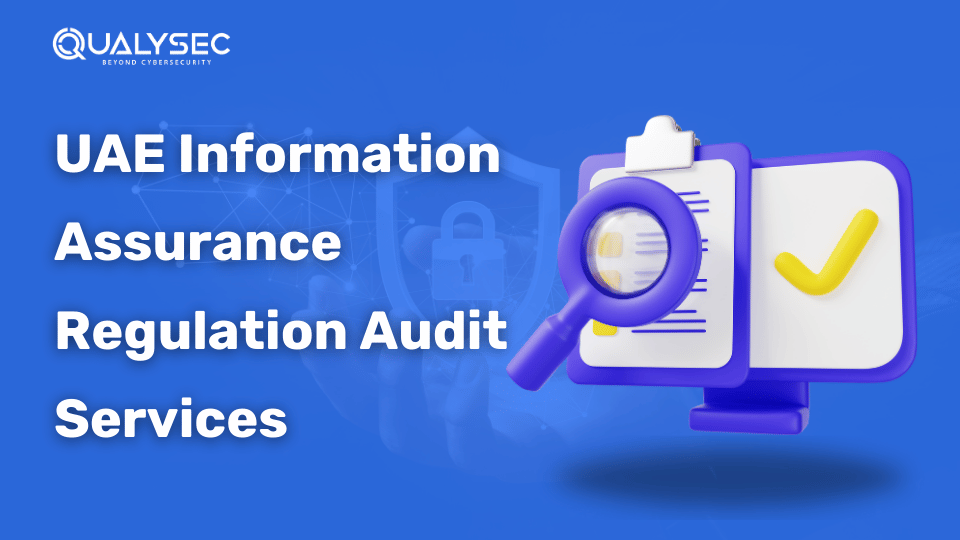

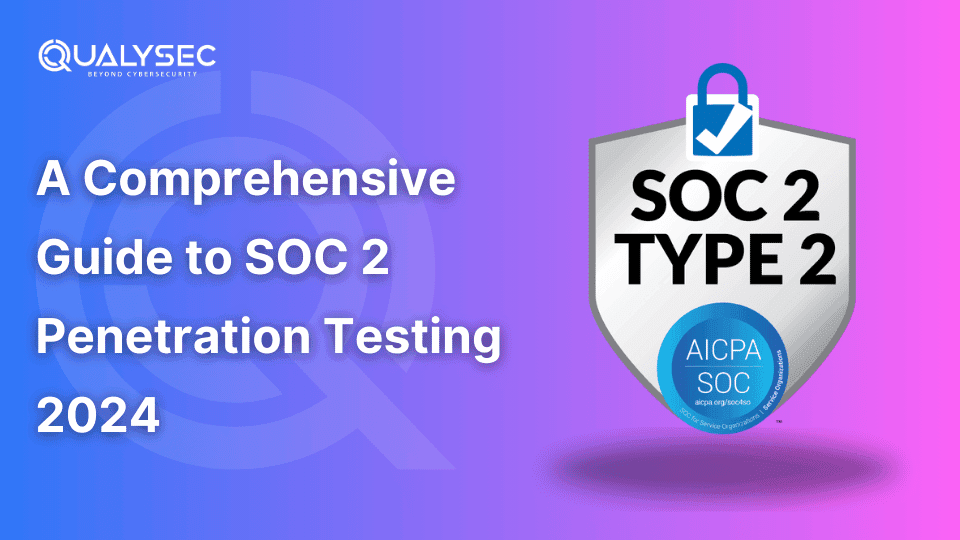


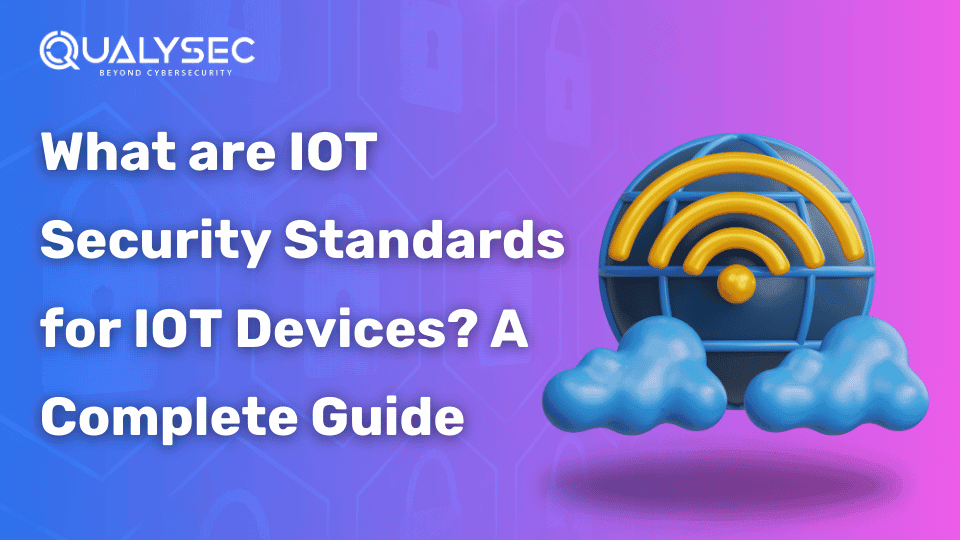











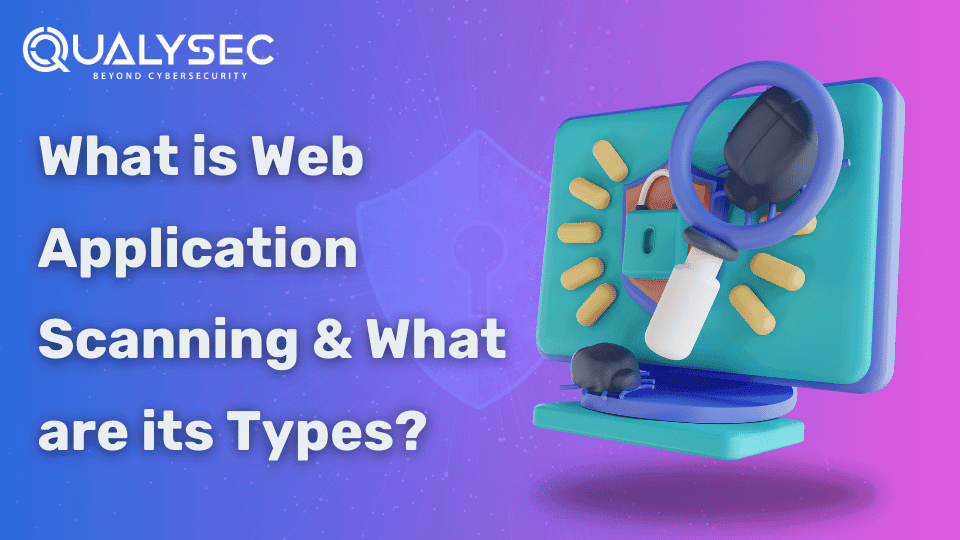
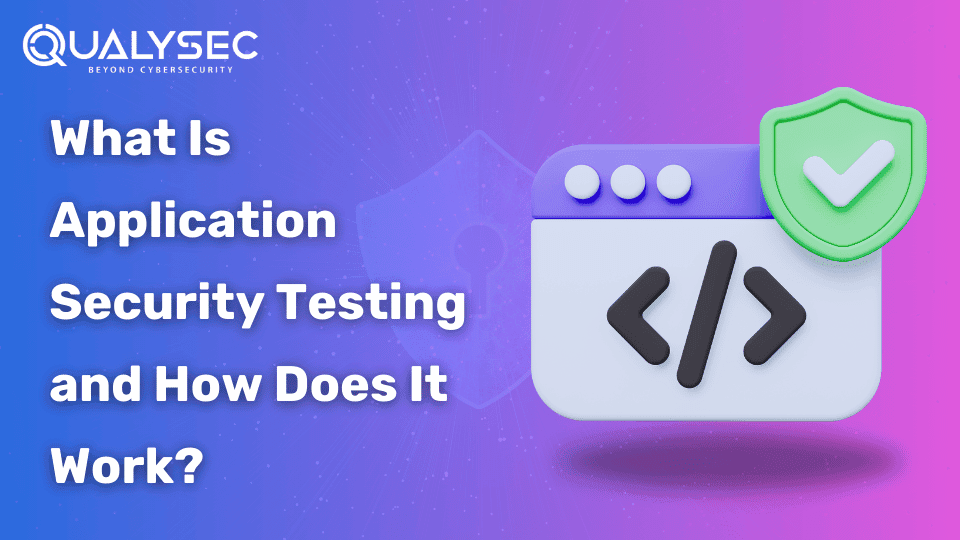
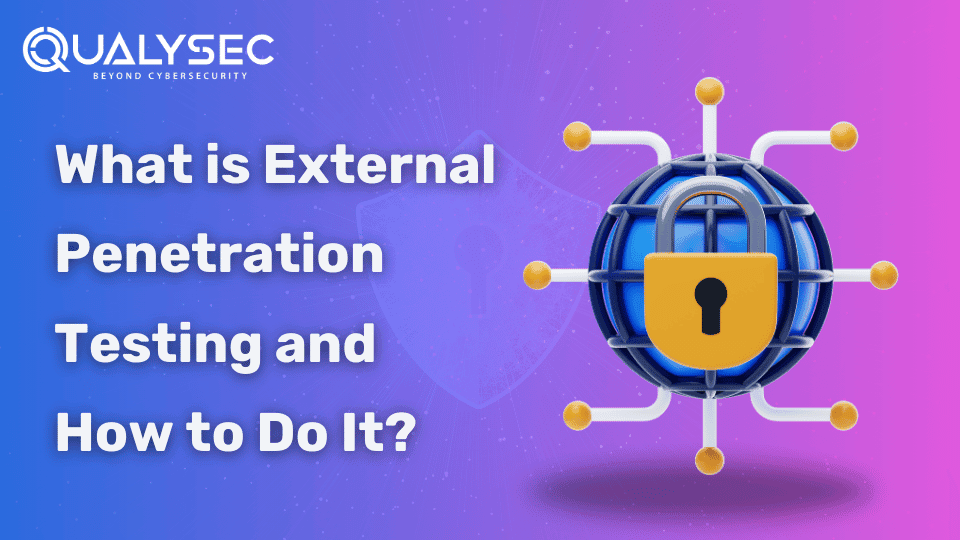
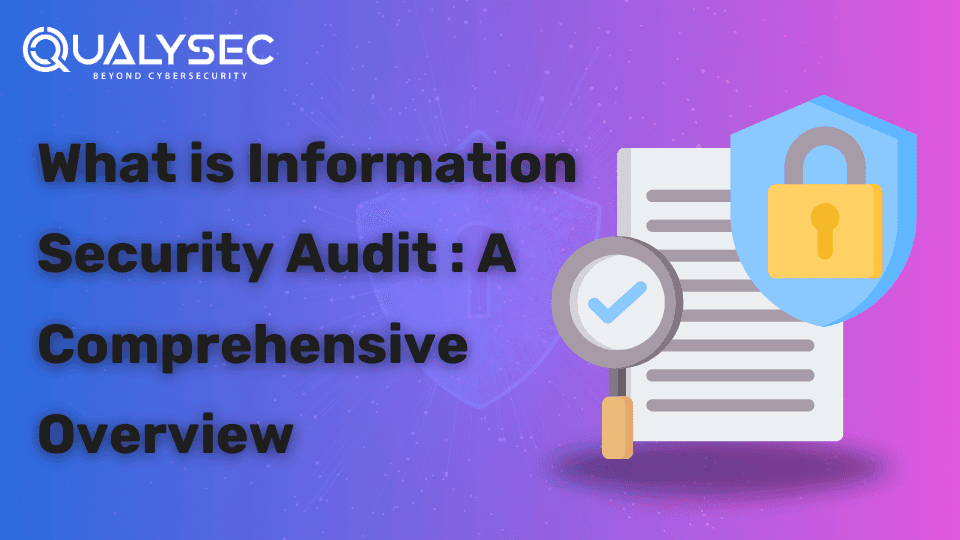





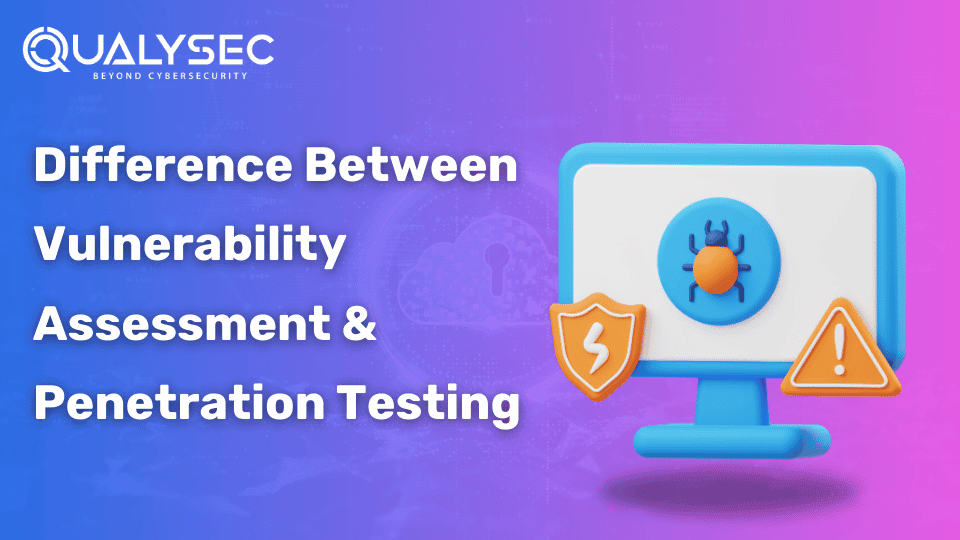




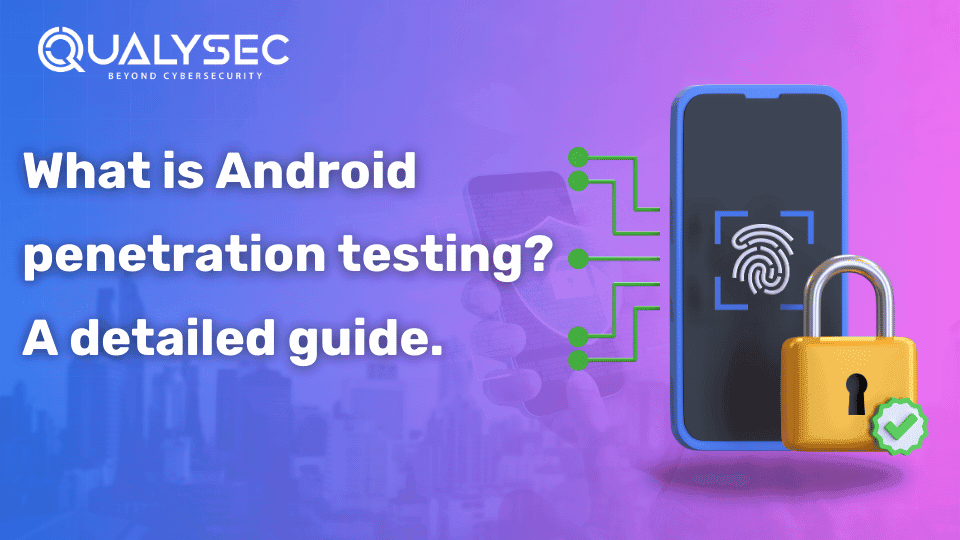




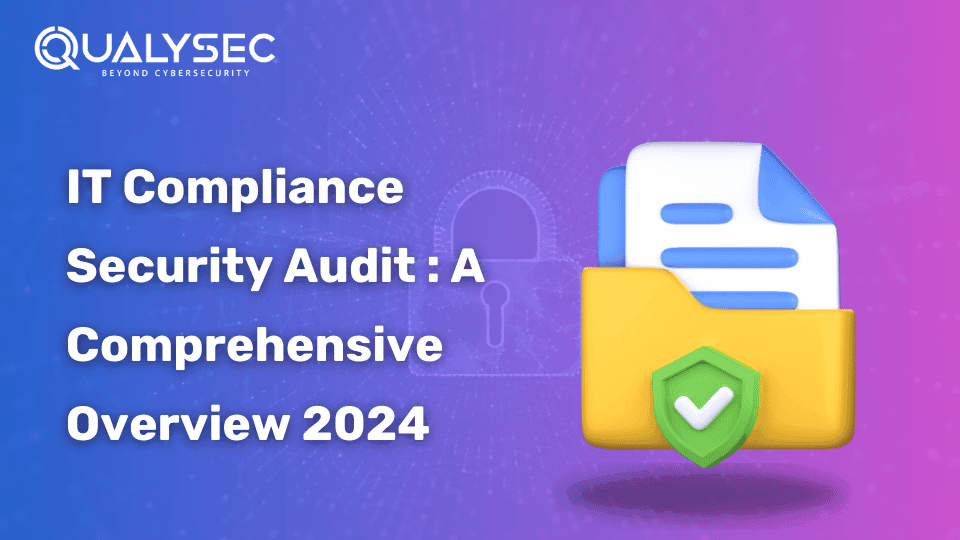





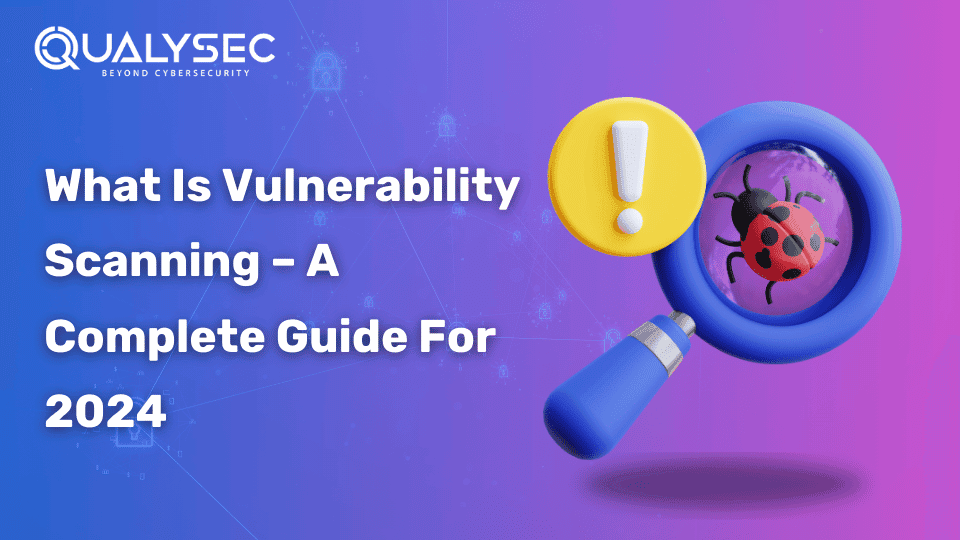
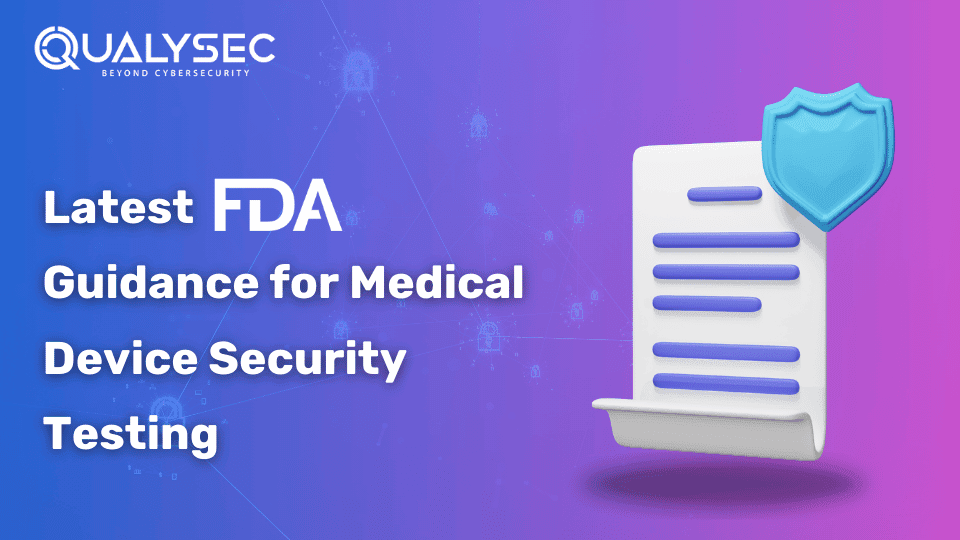

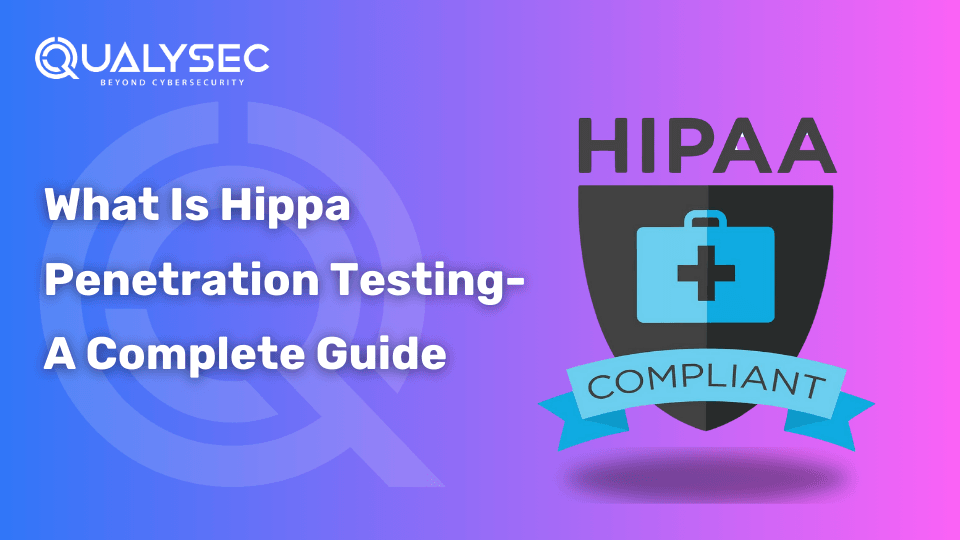


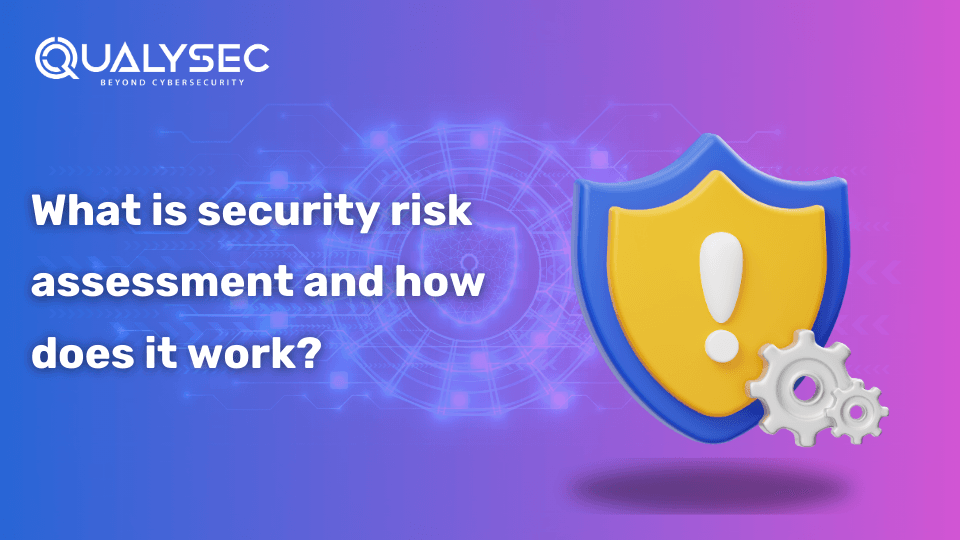
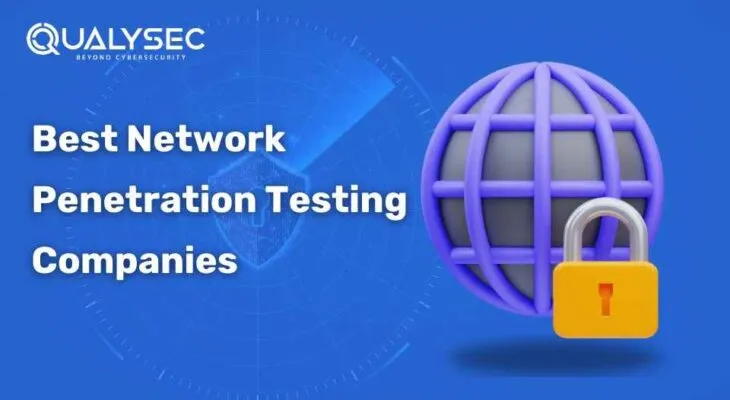
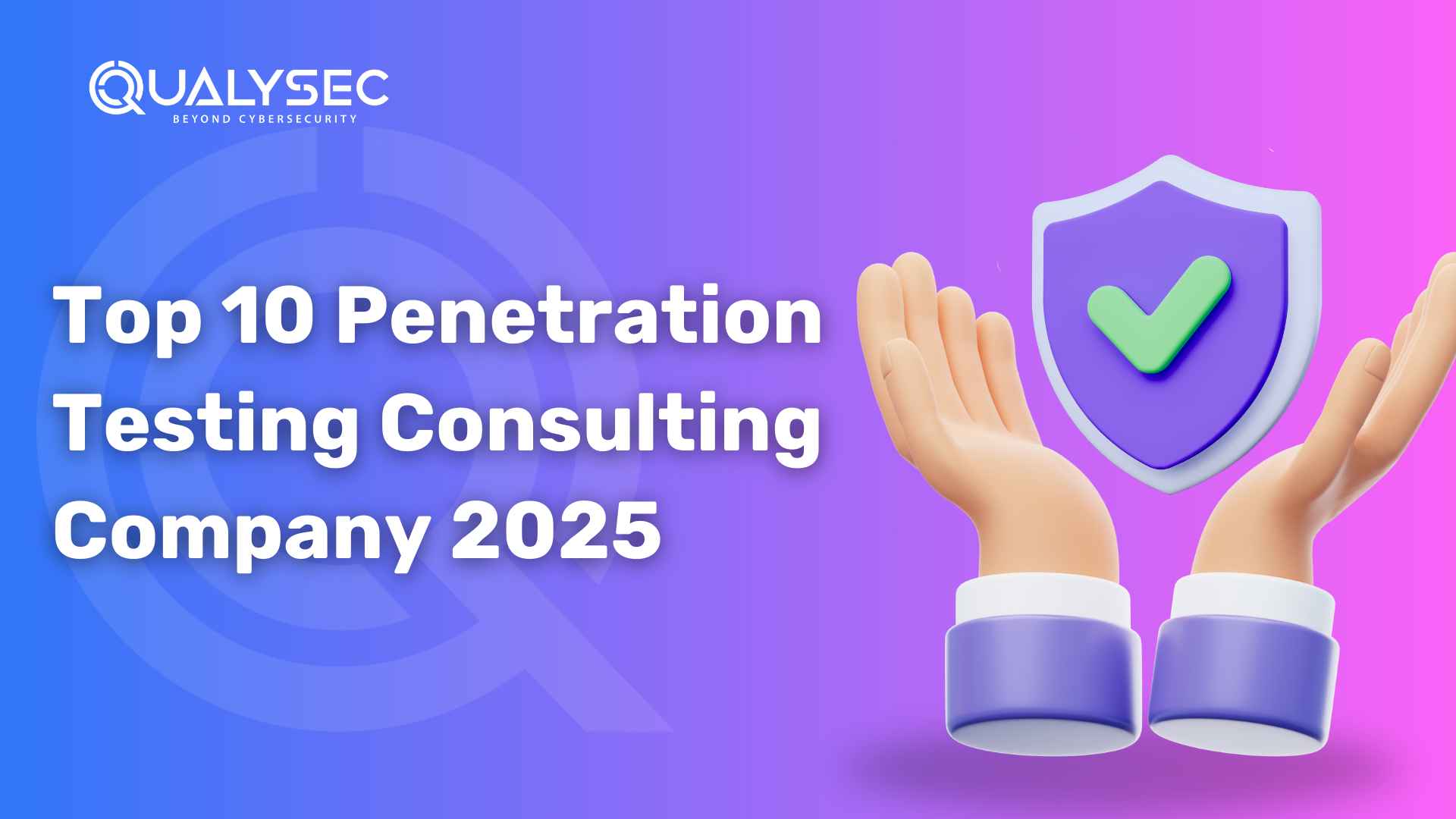


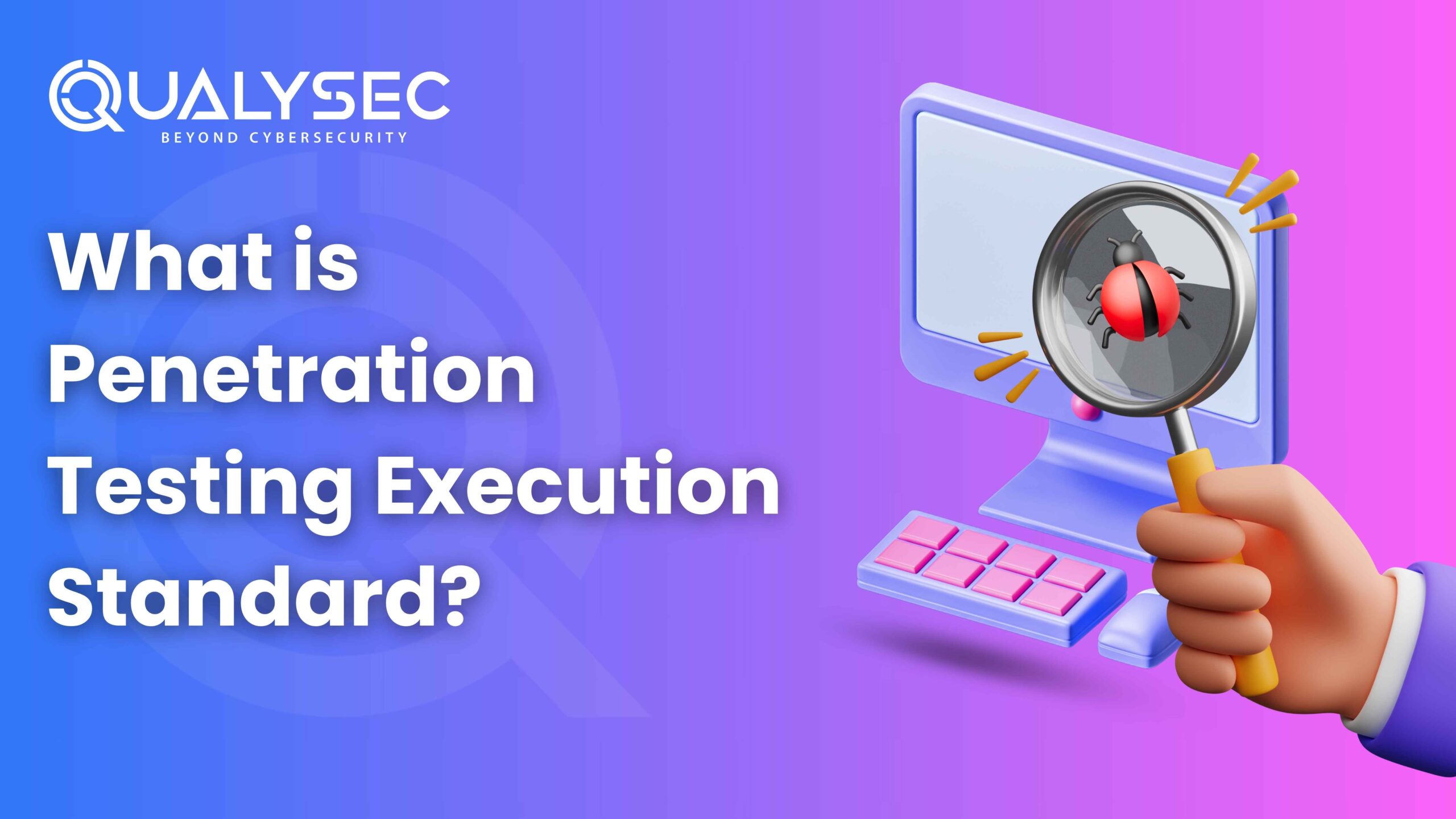

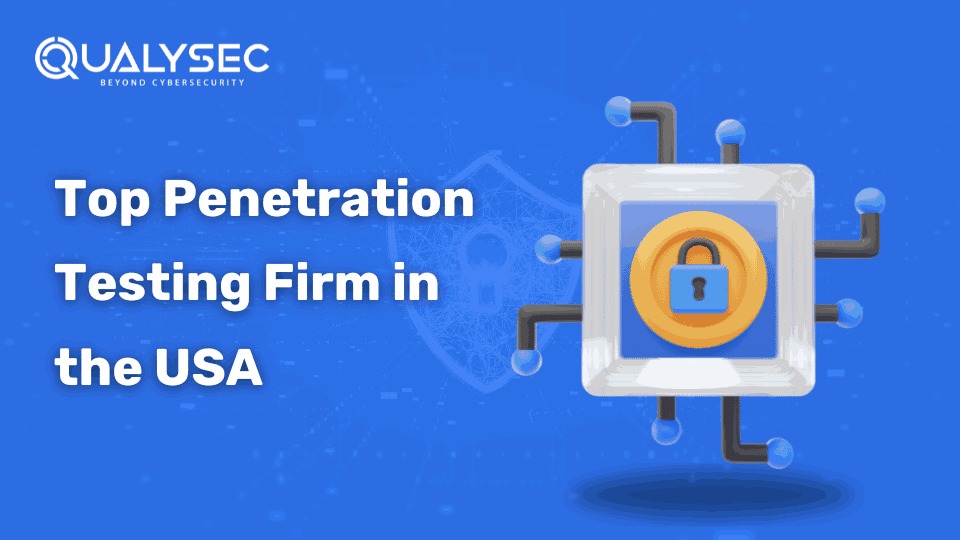




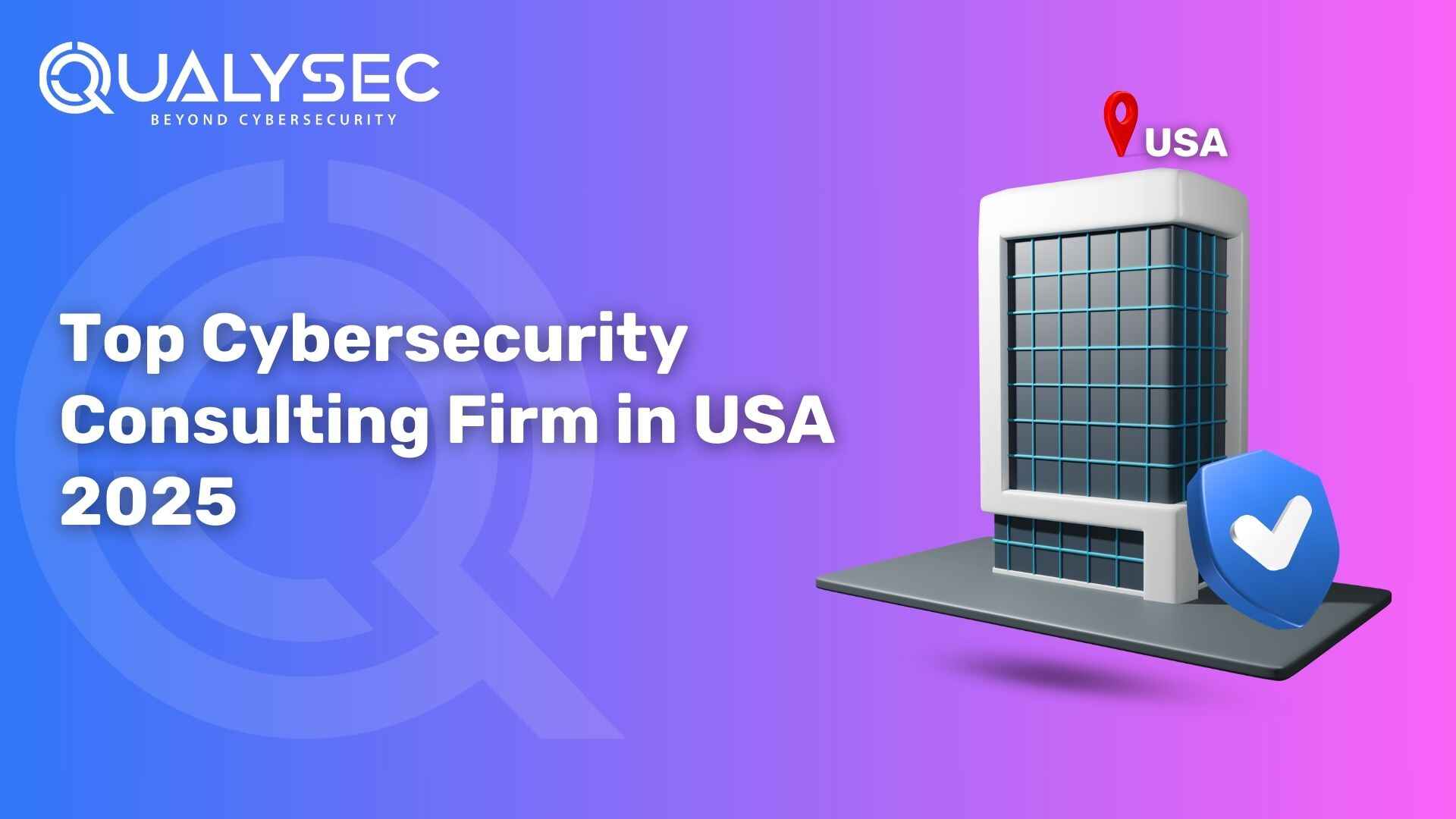






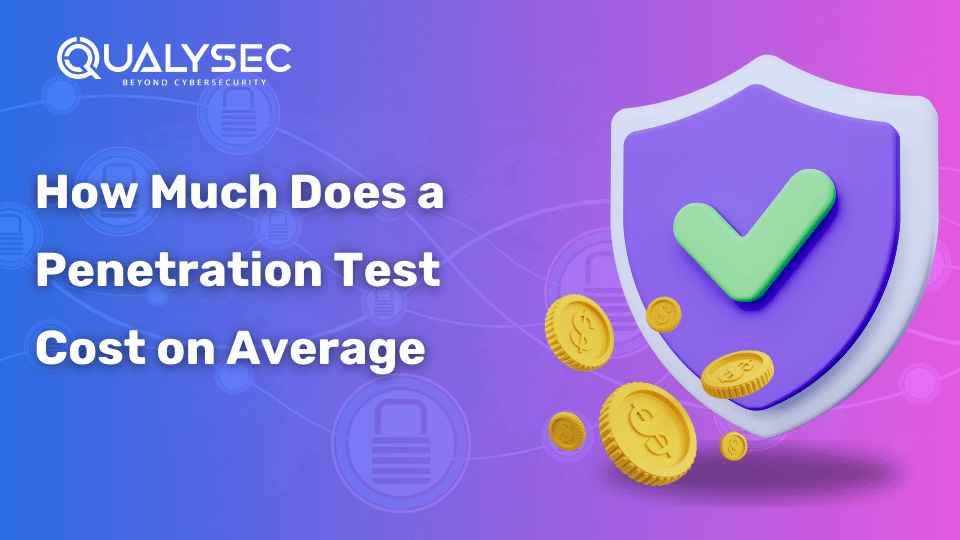

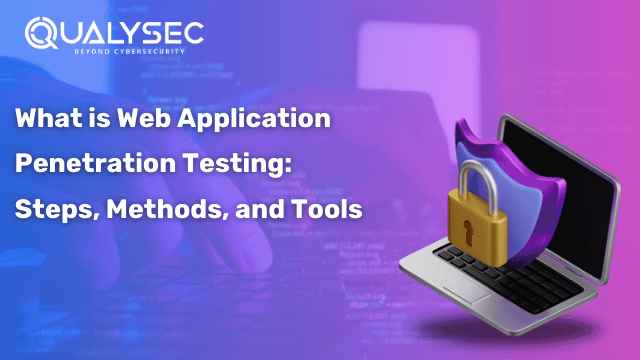

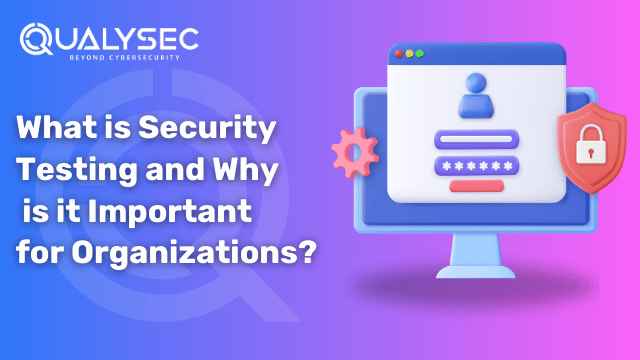




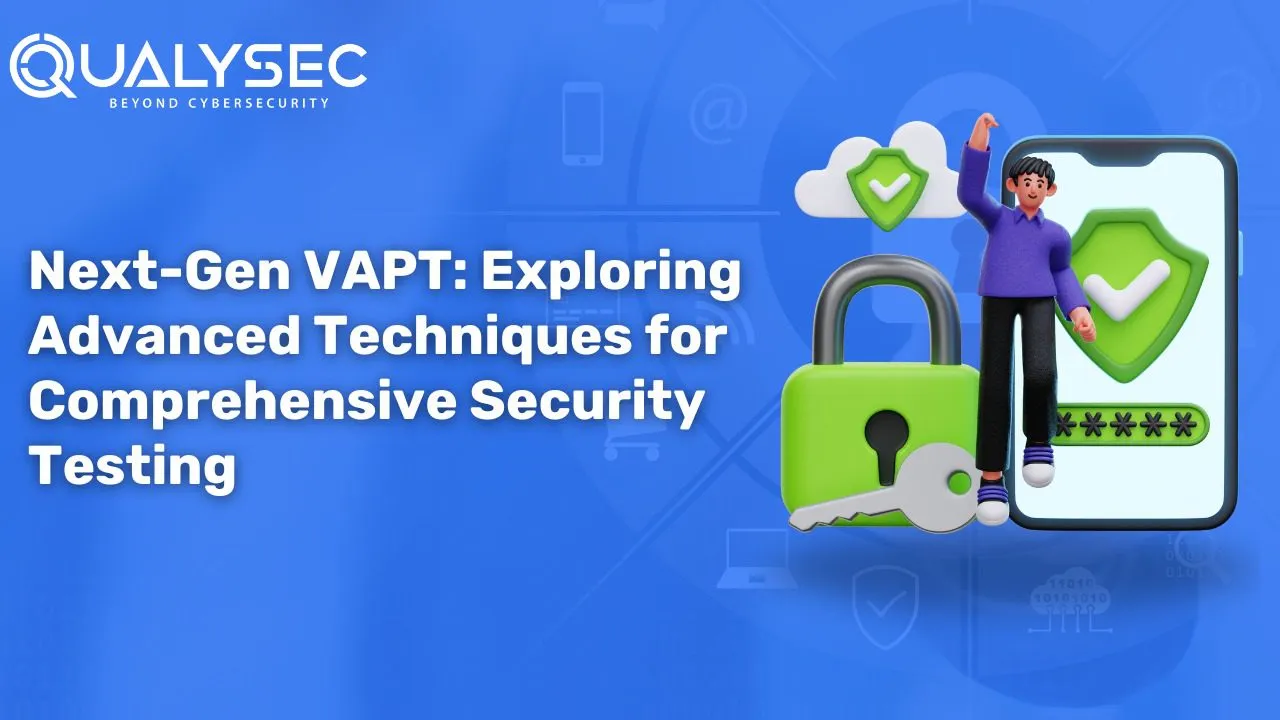

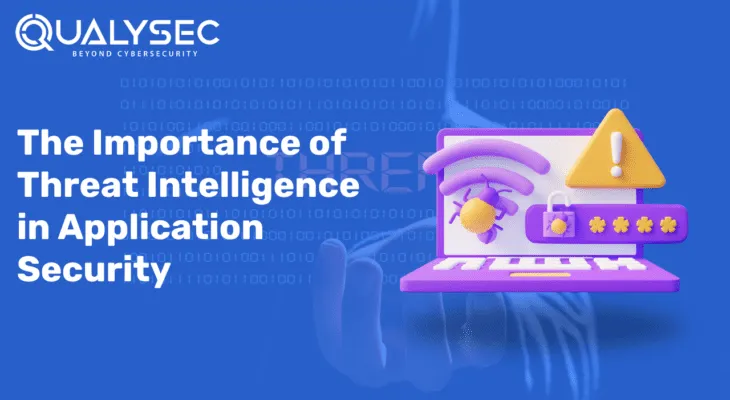
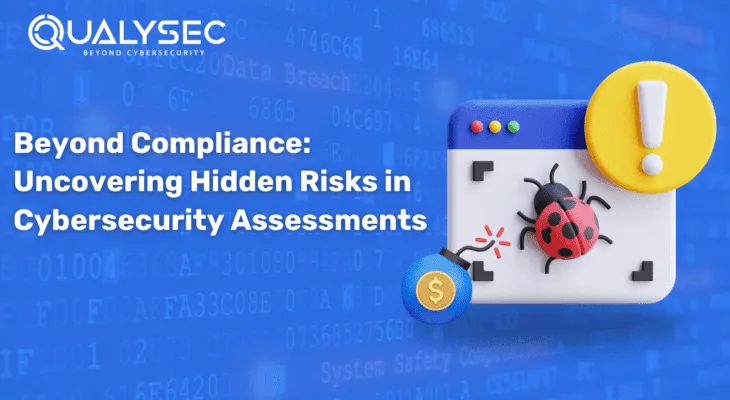

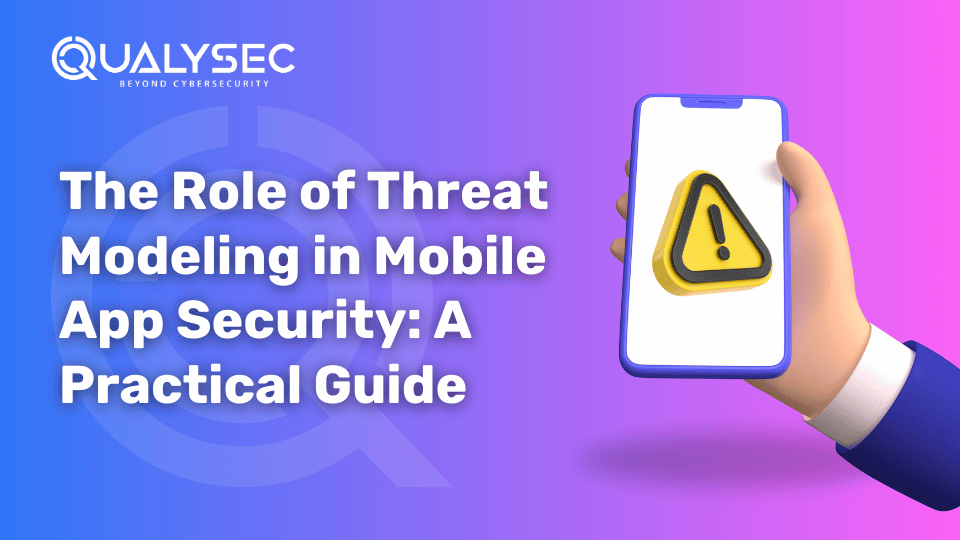

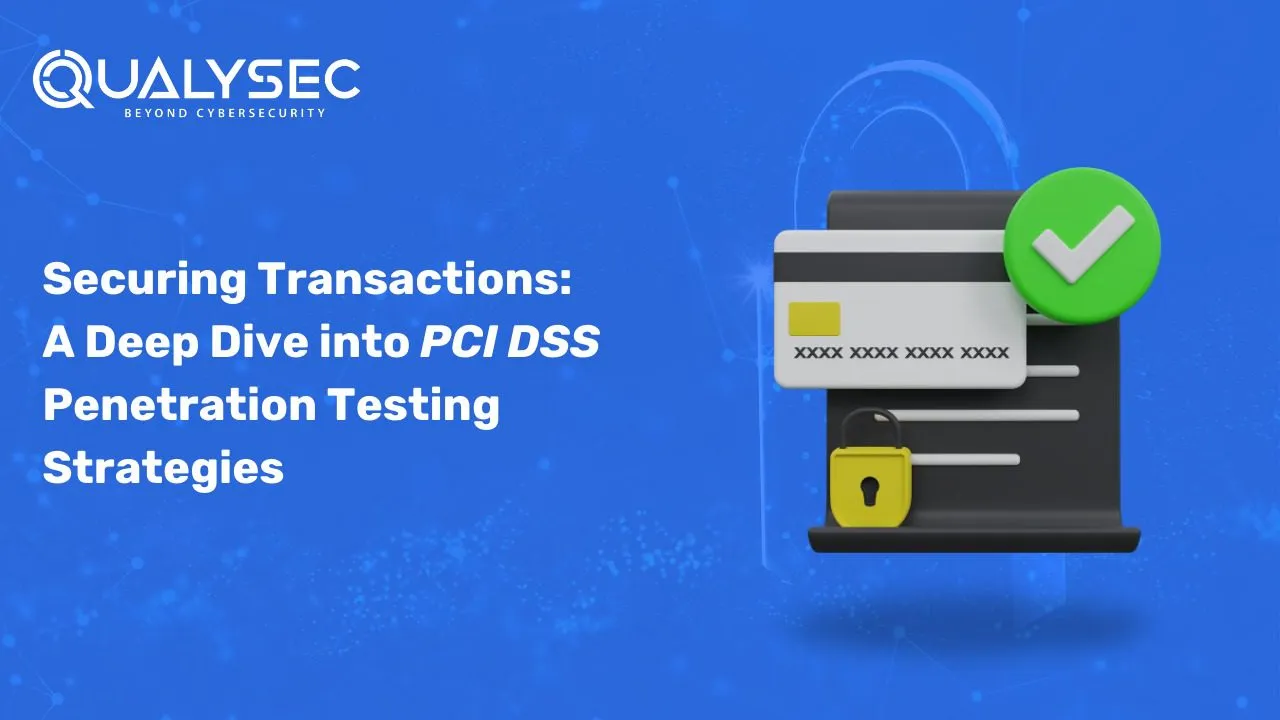
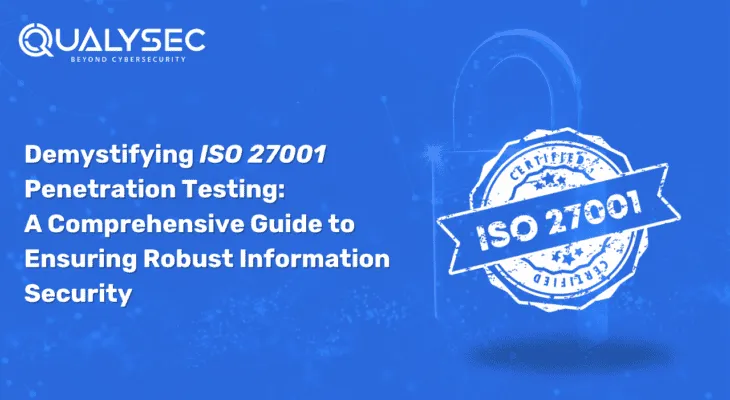
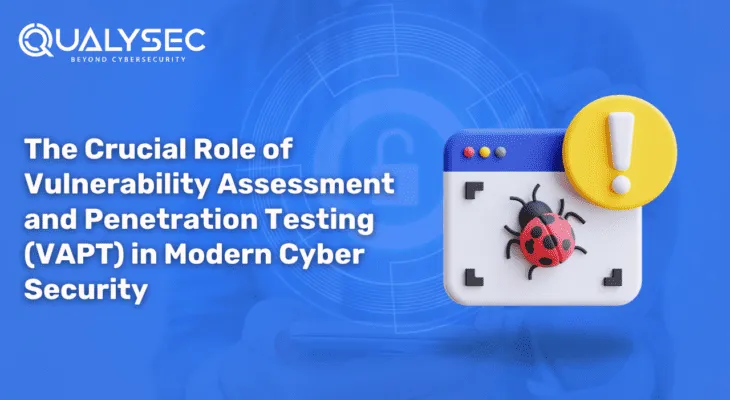


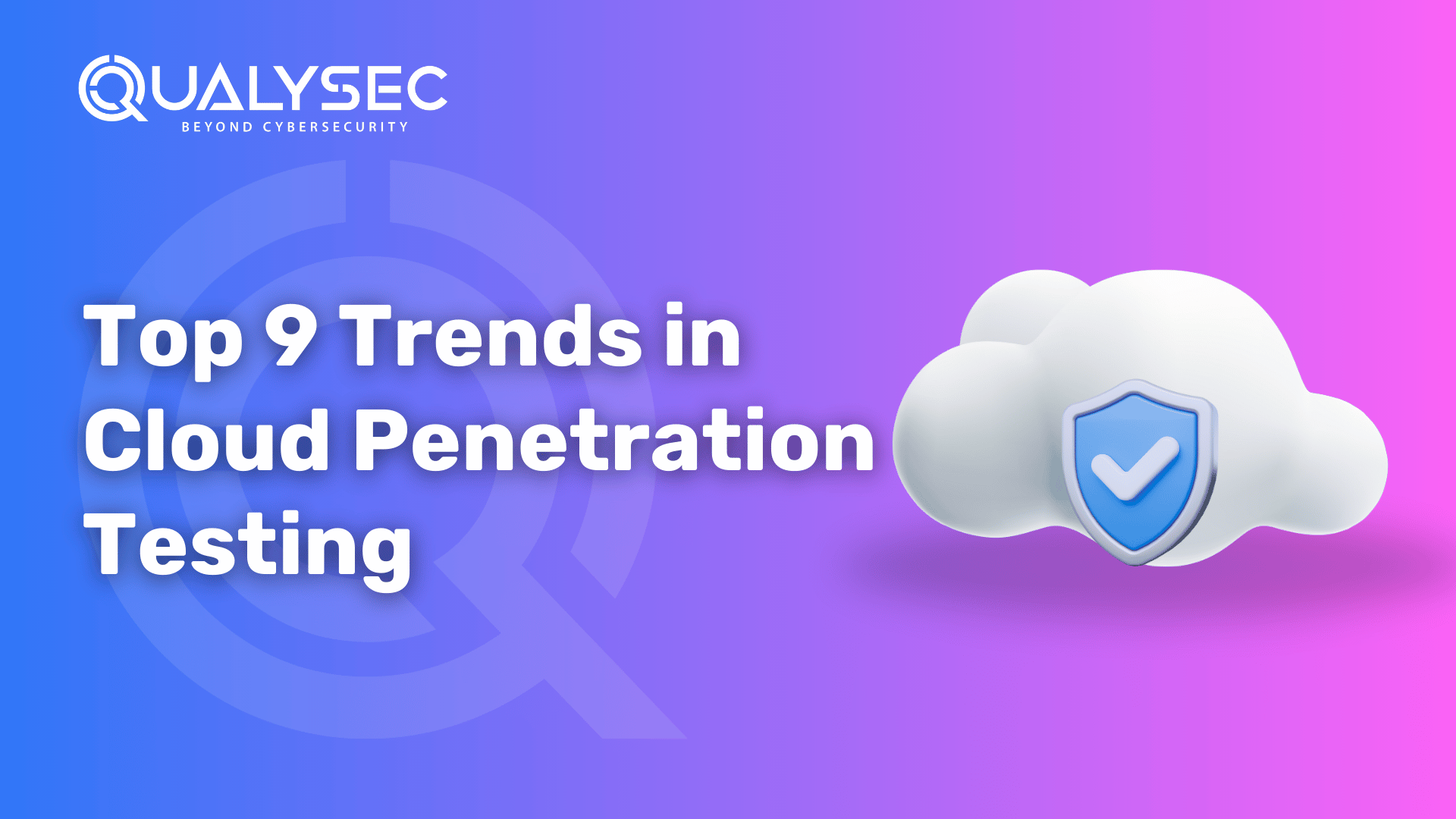
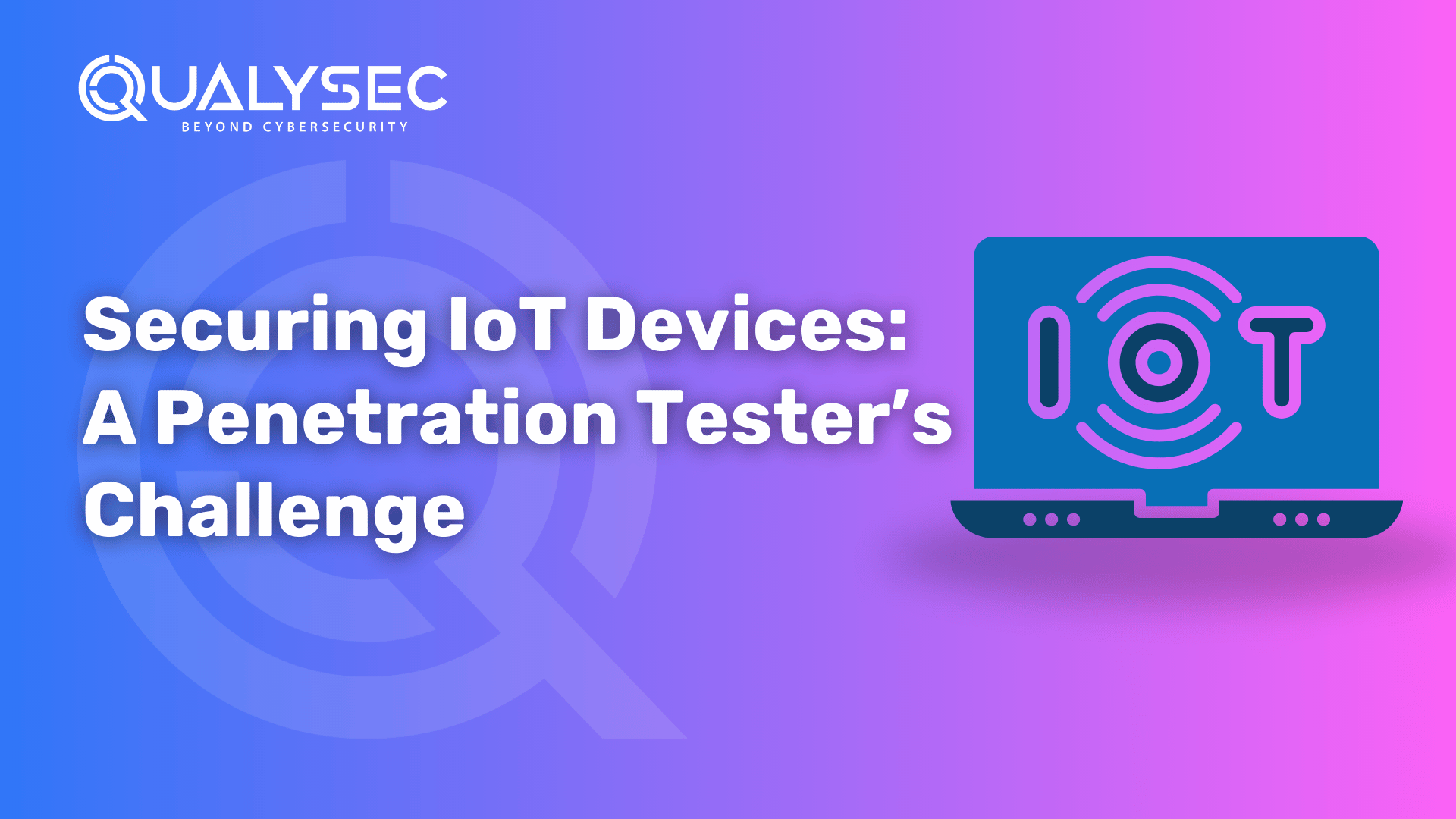
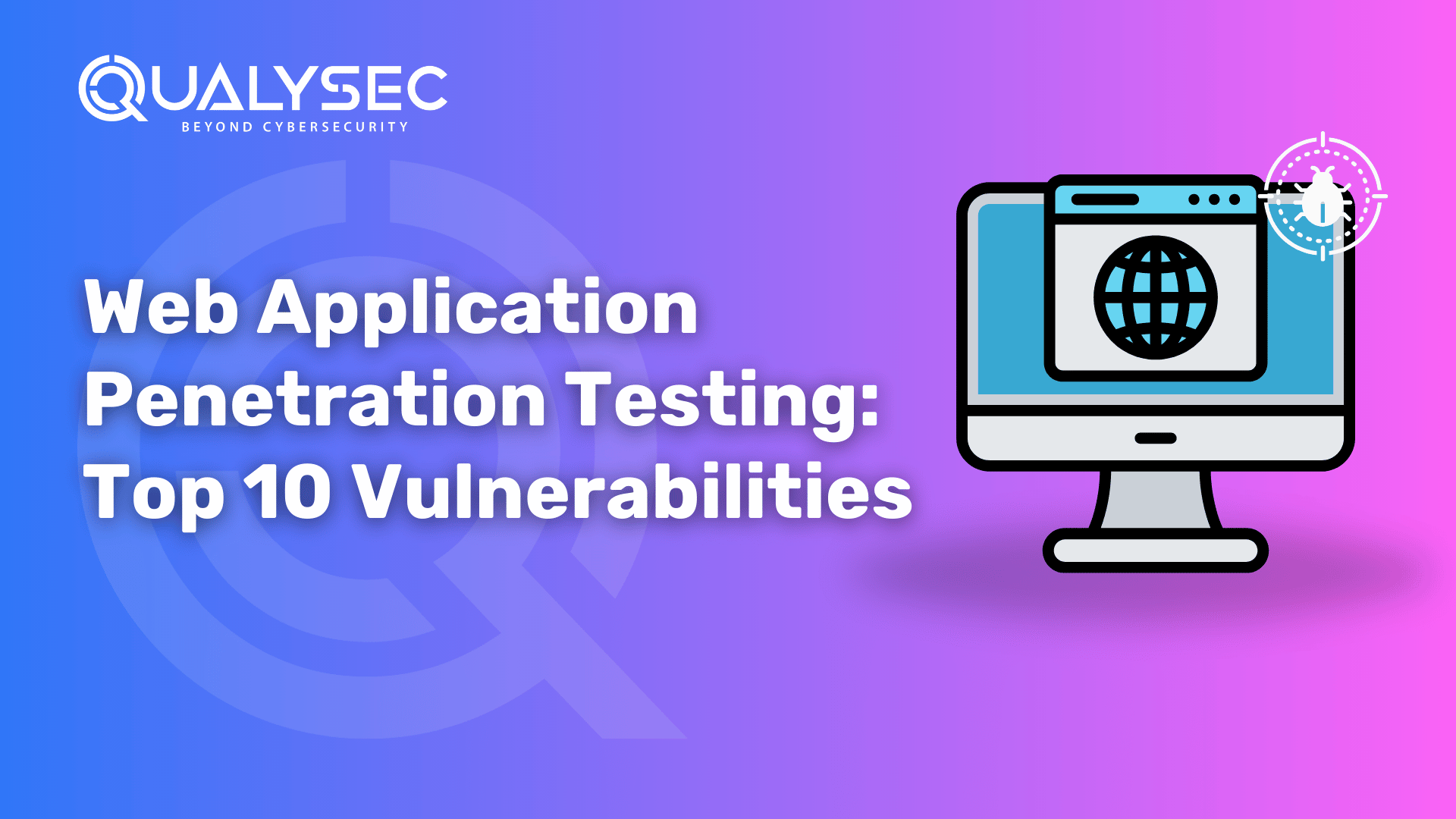



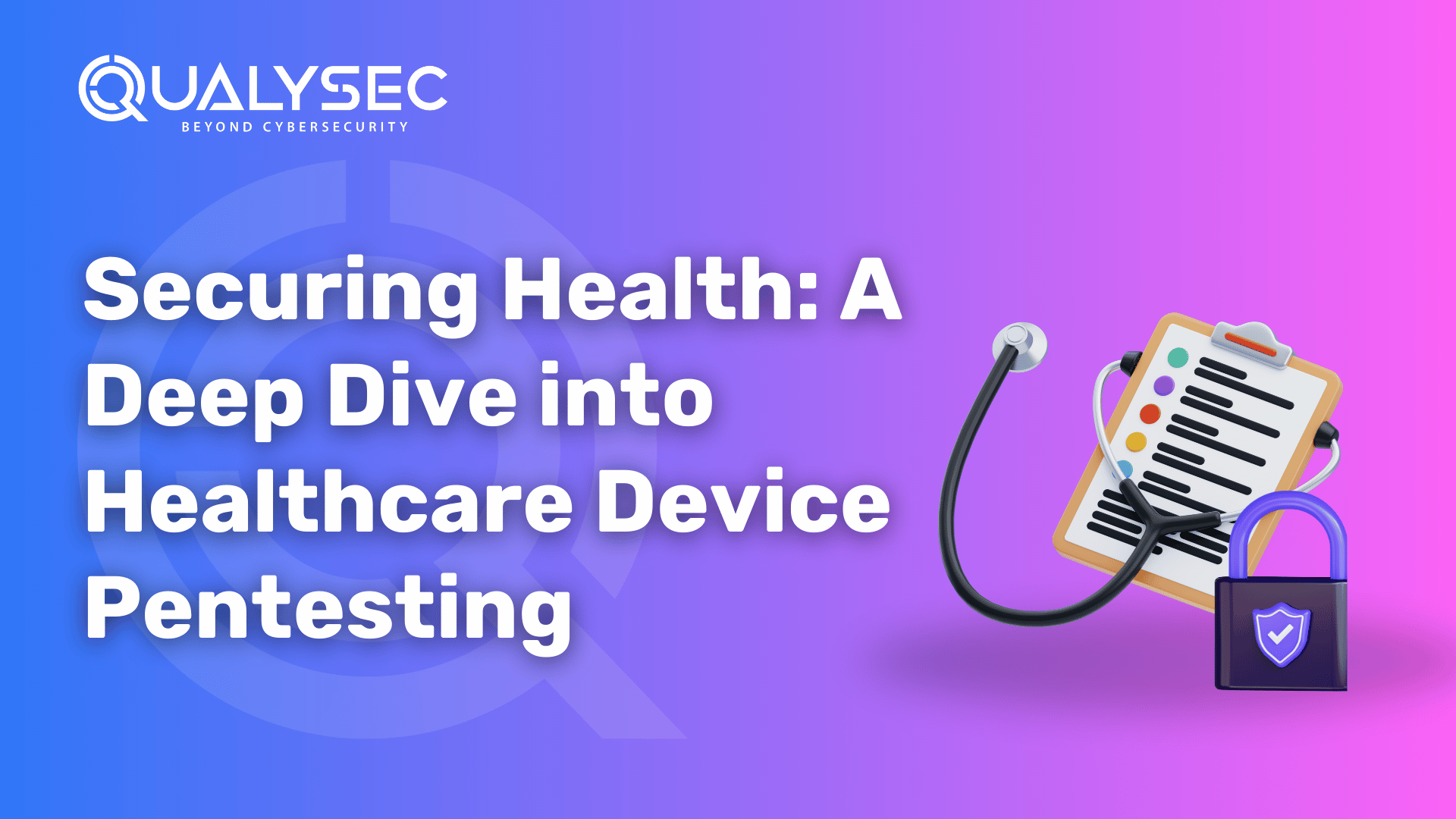



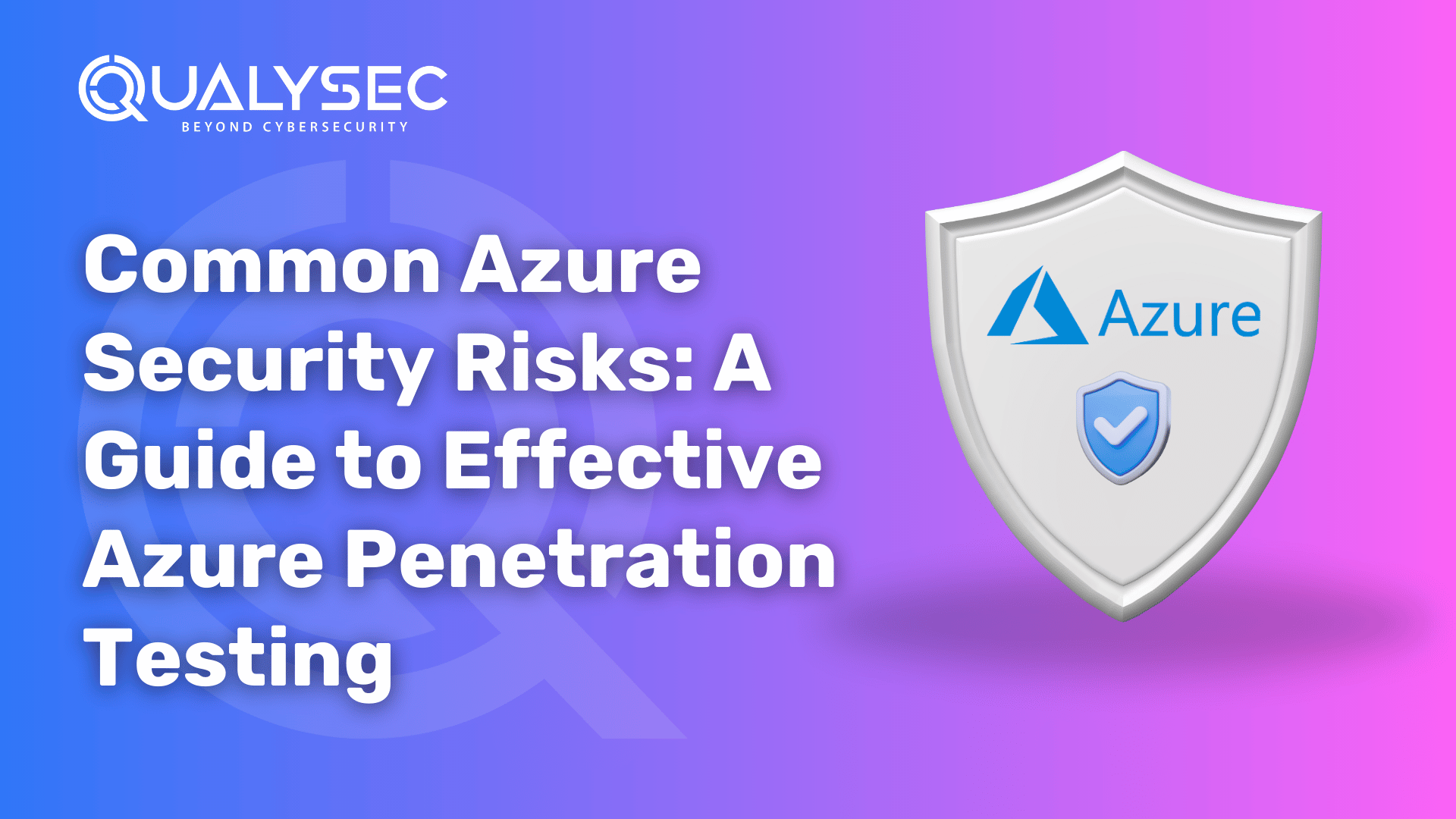

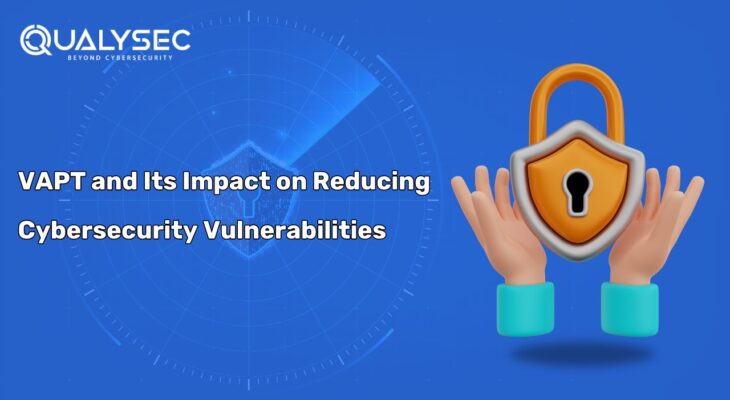



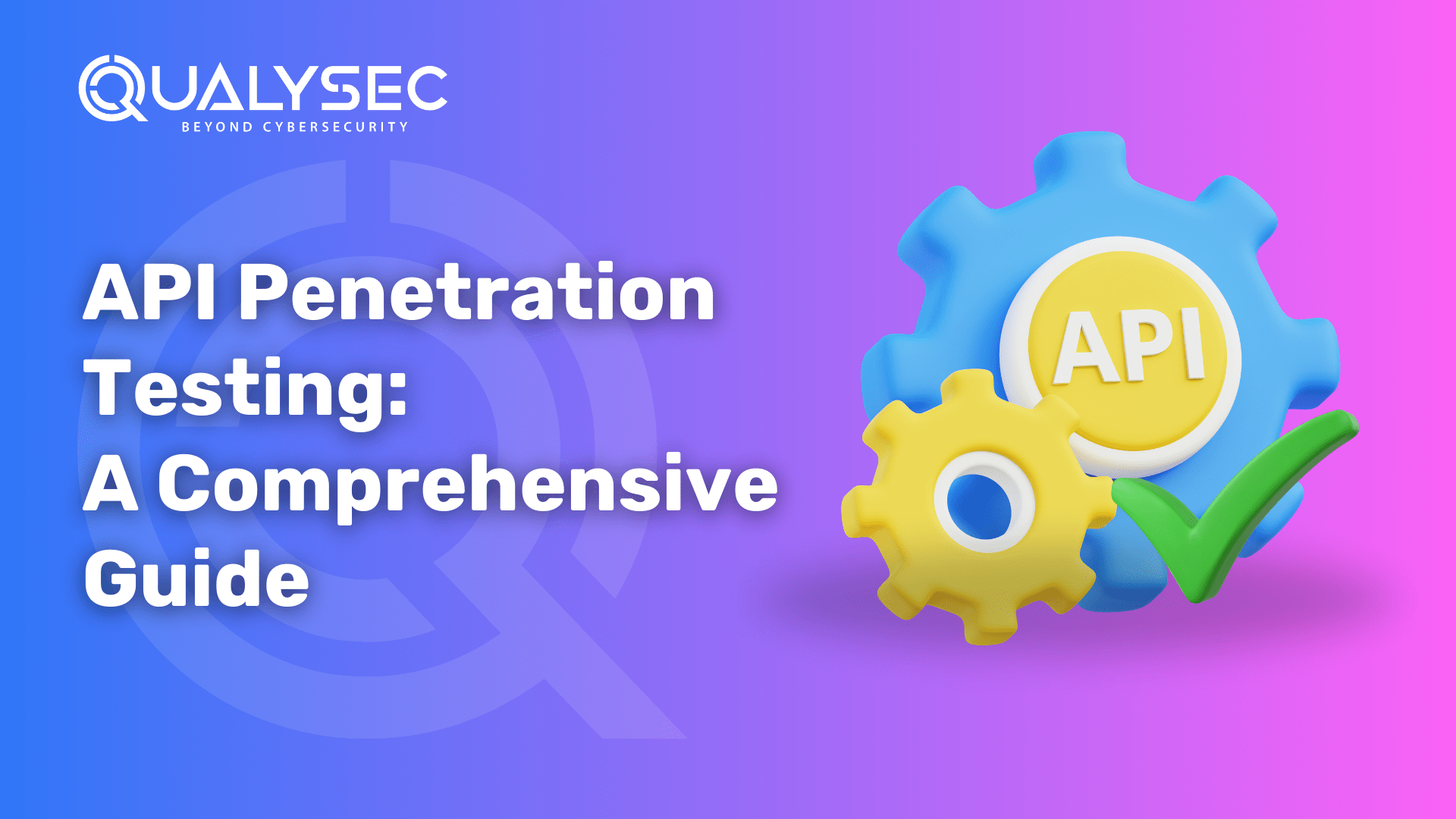



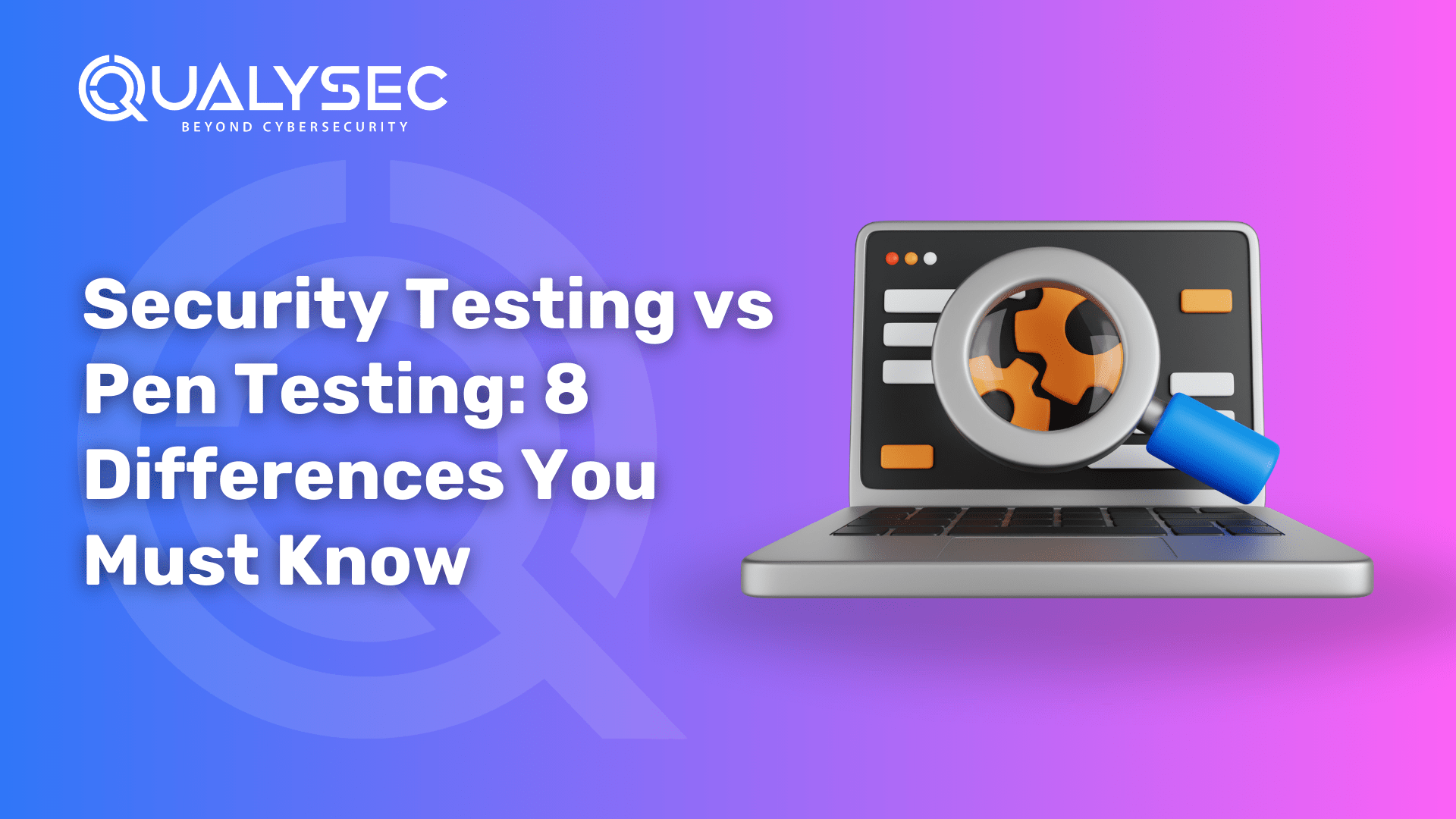

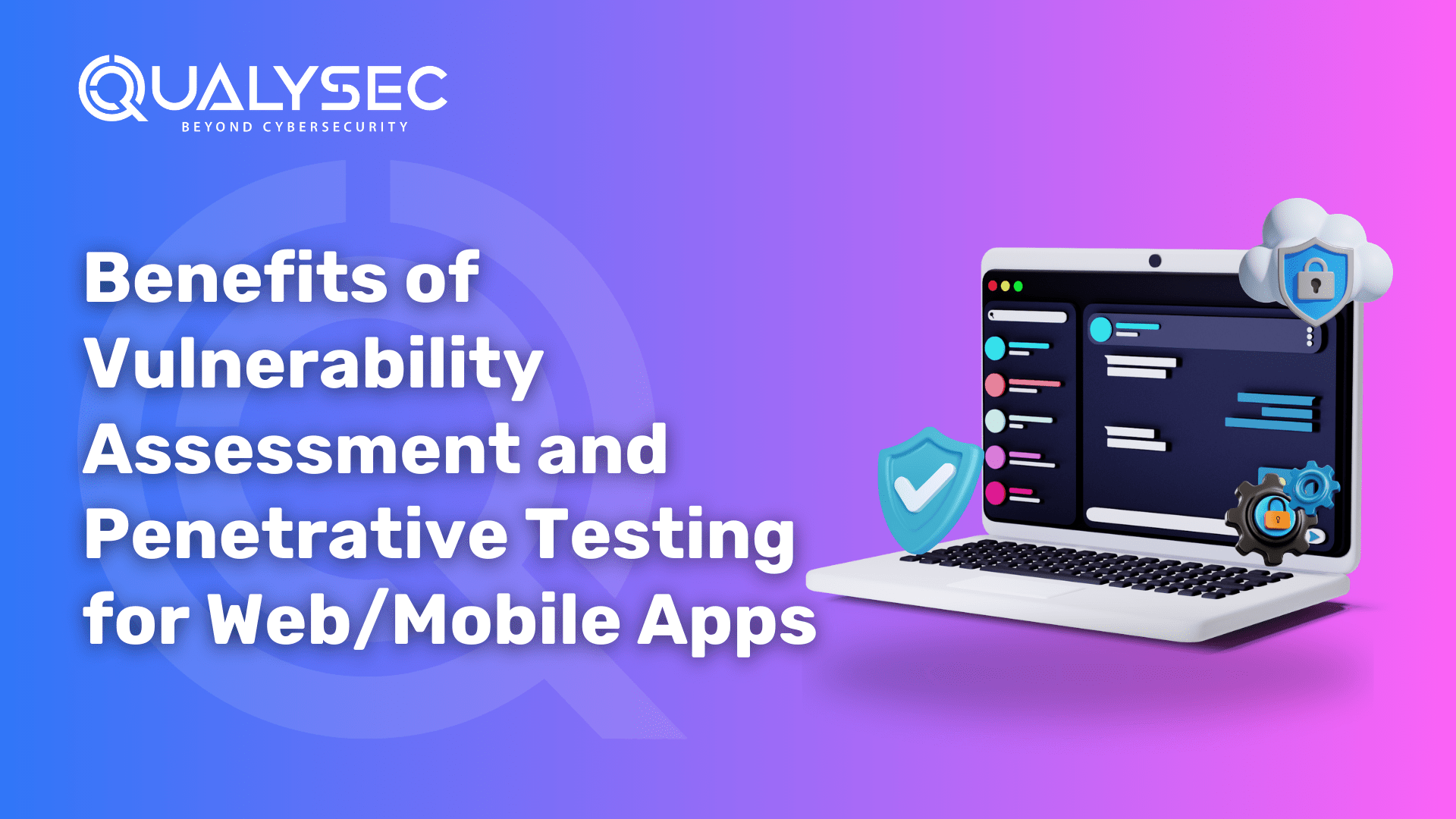







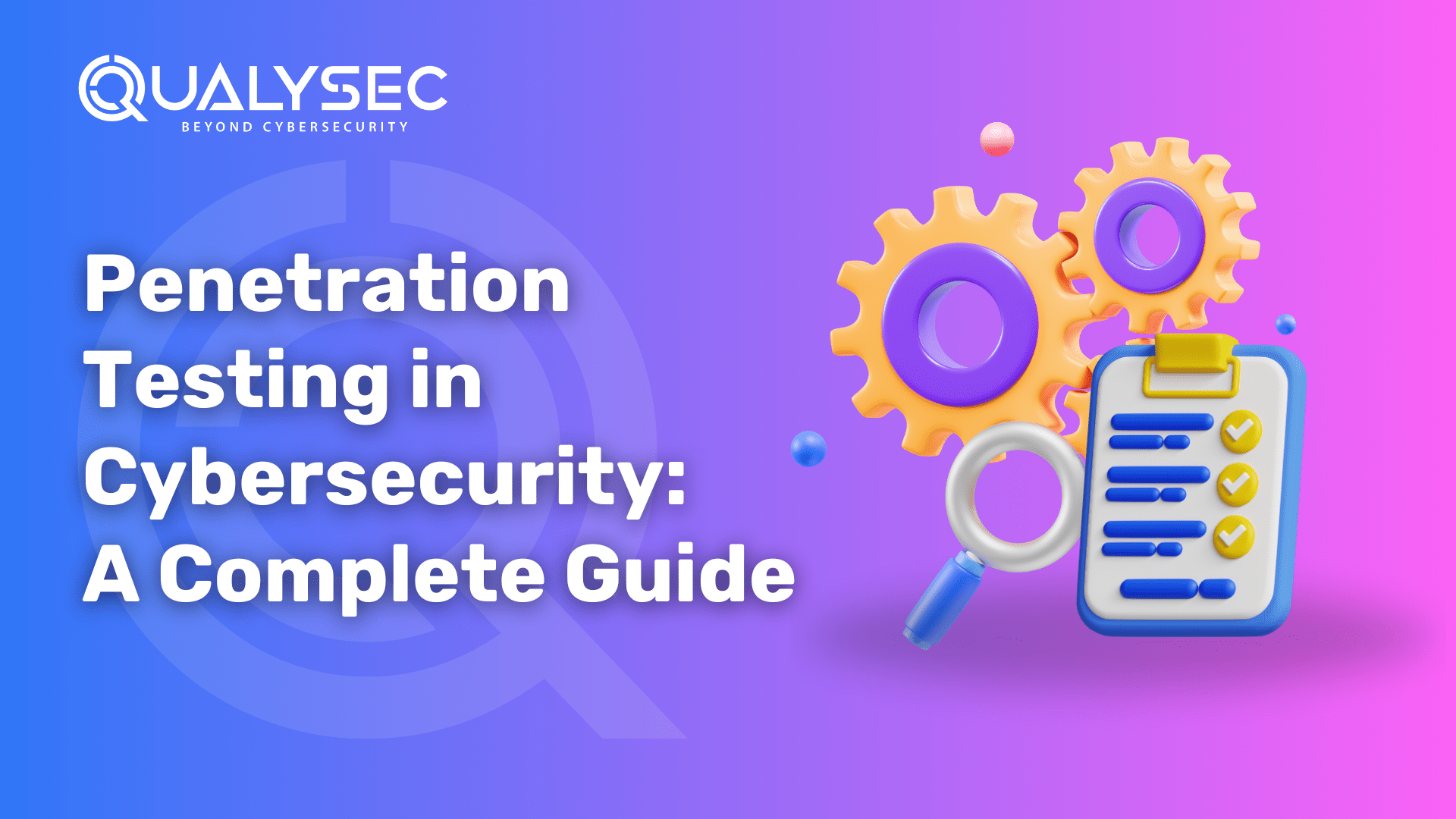




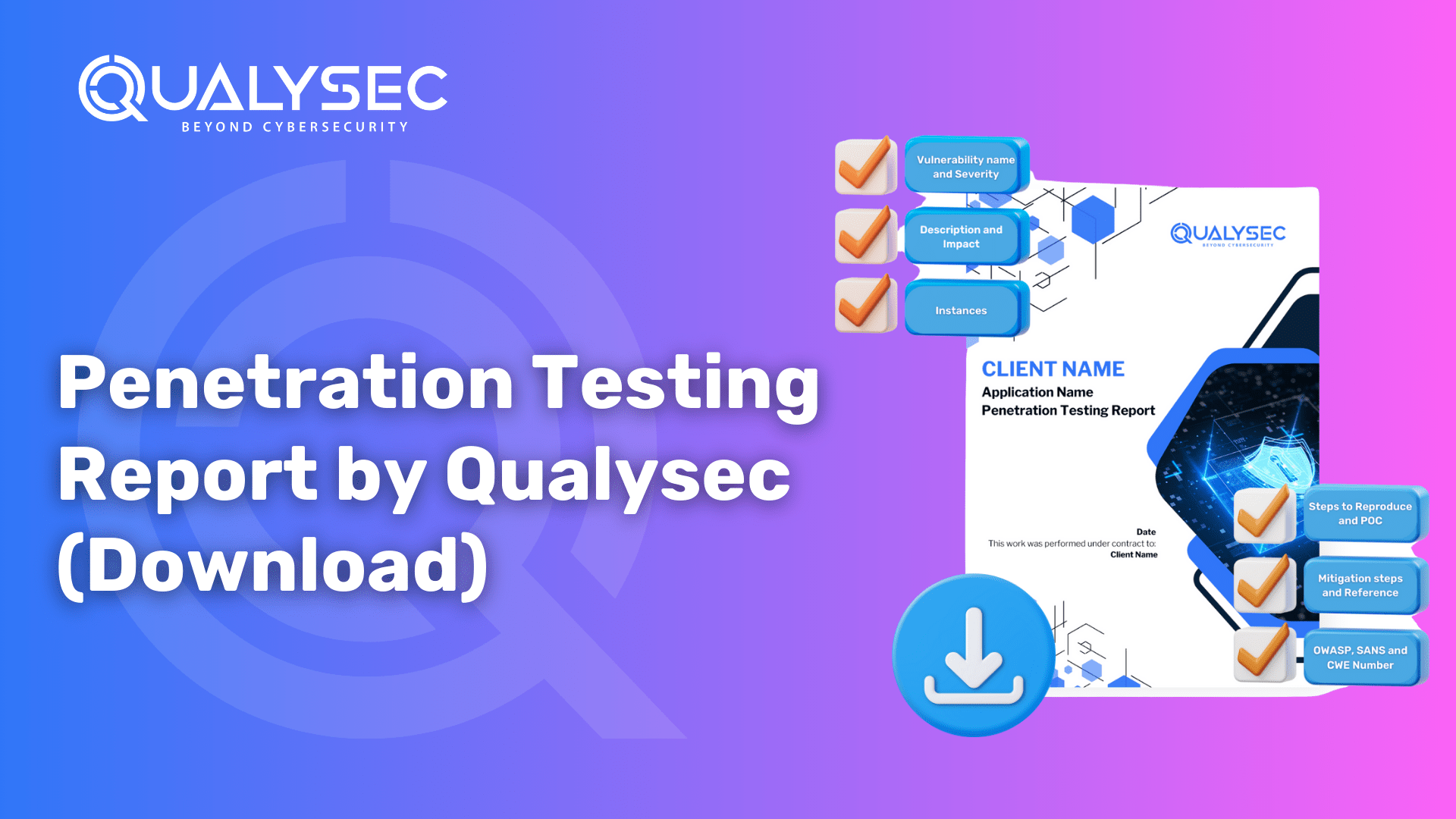






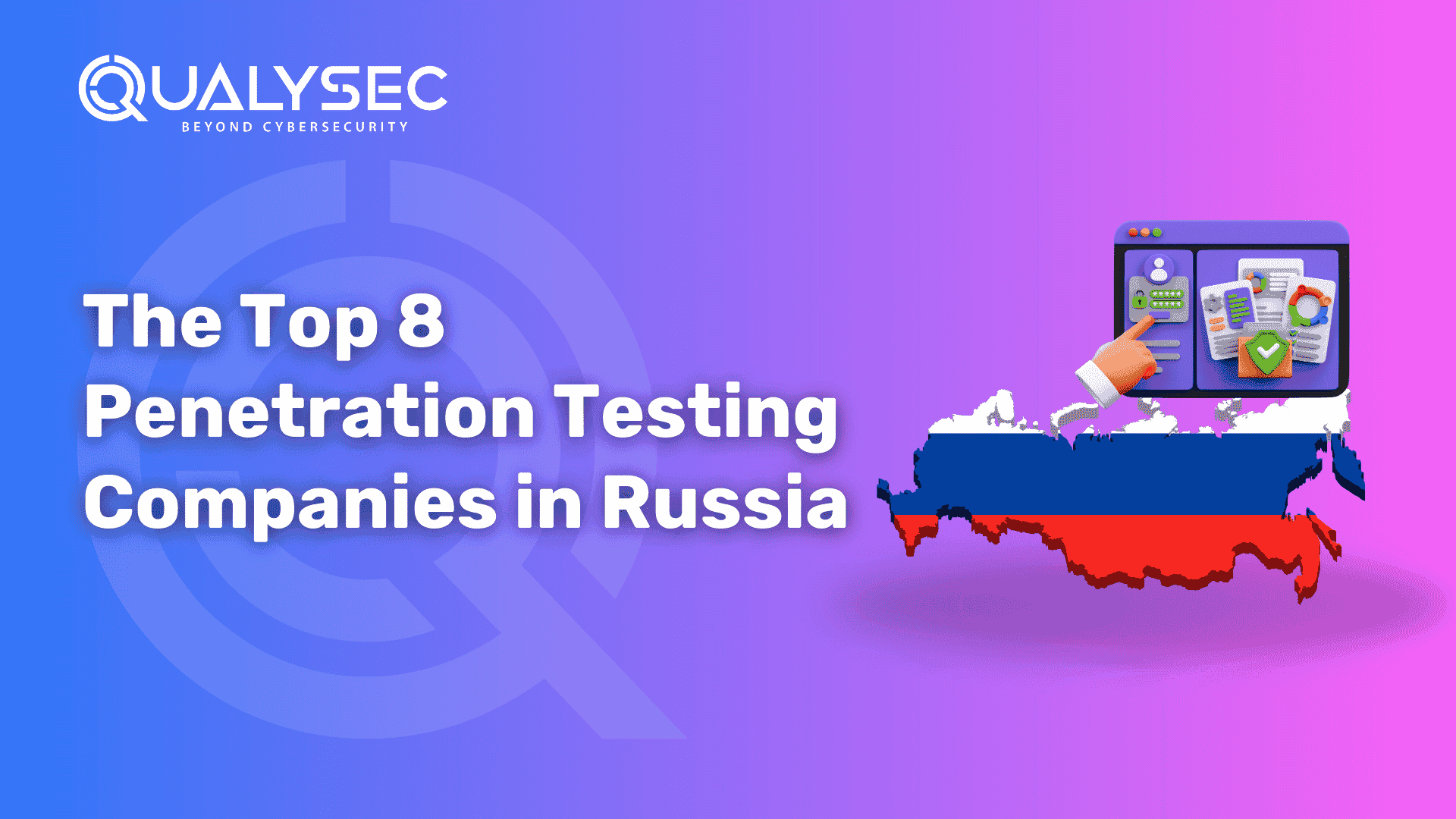
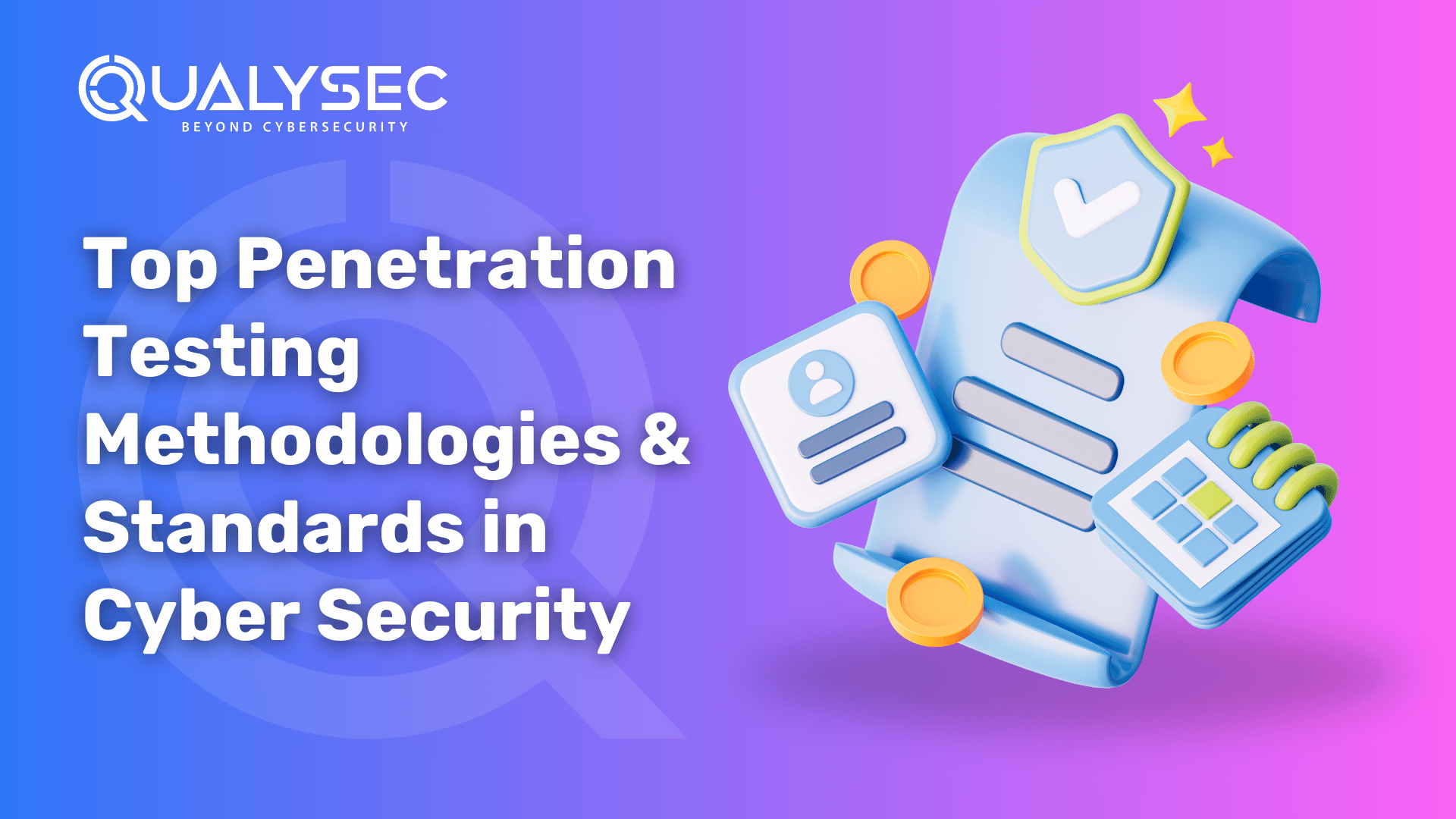








0 Comments